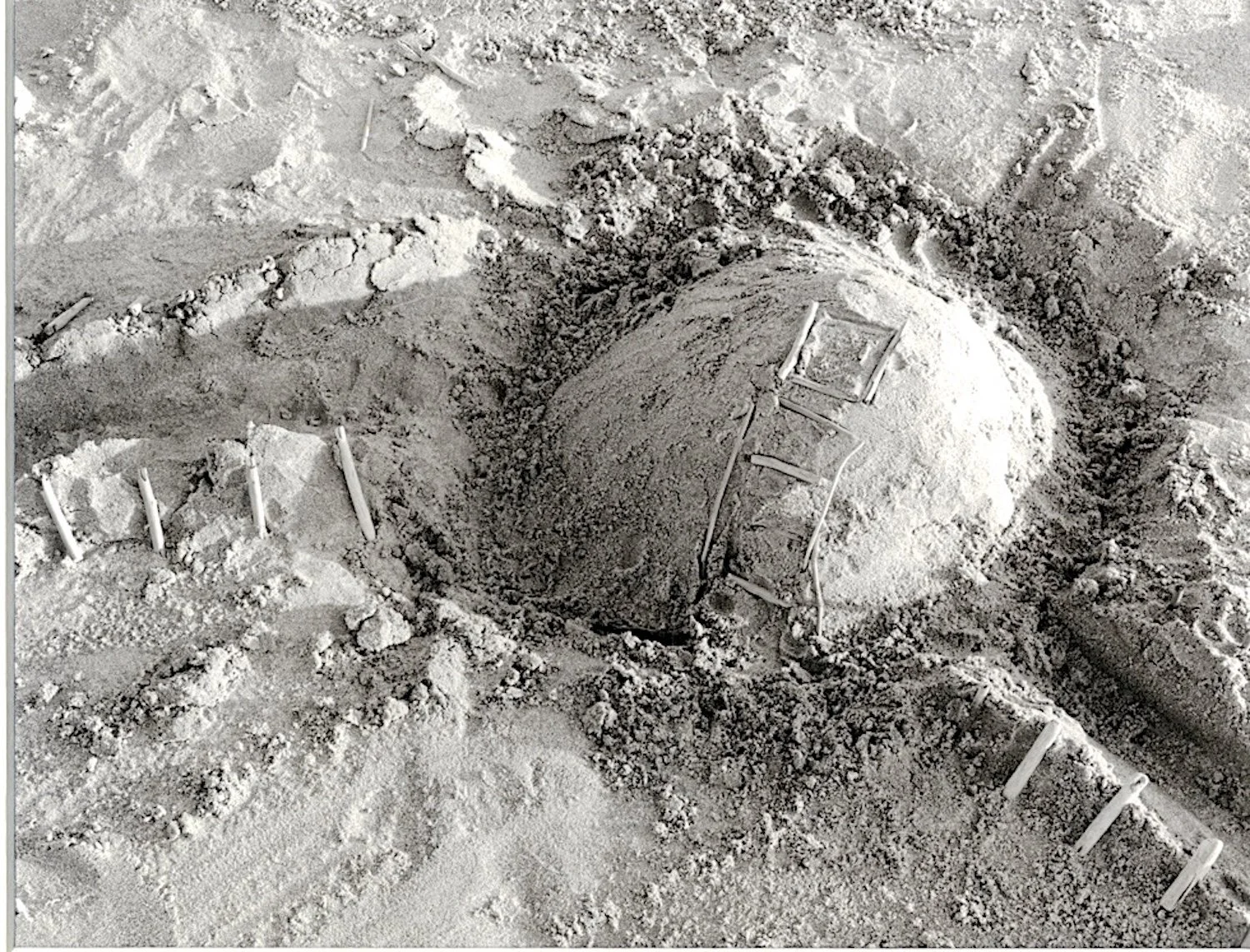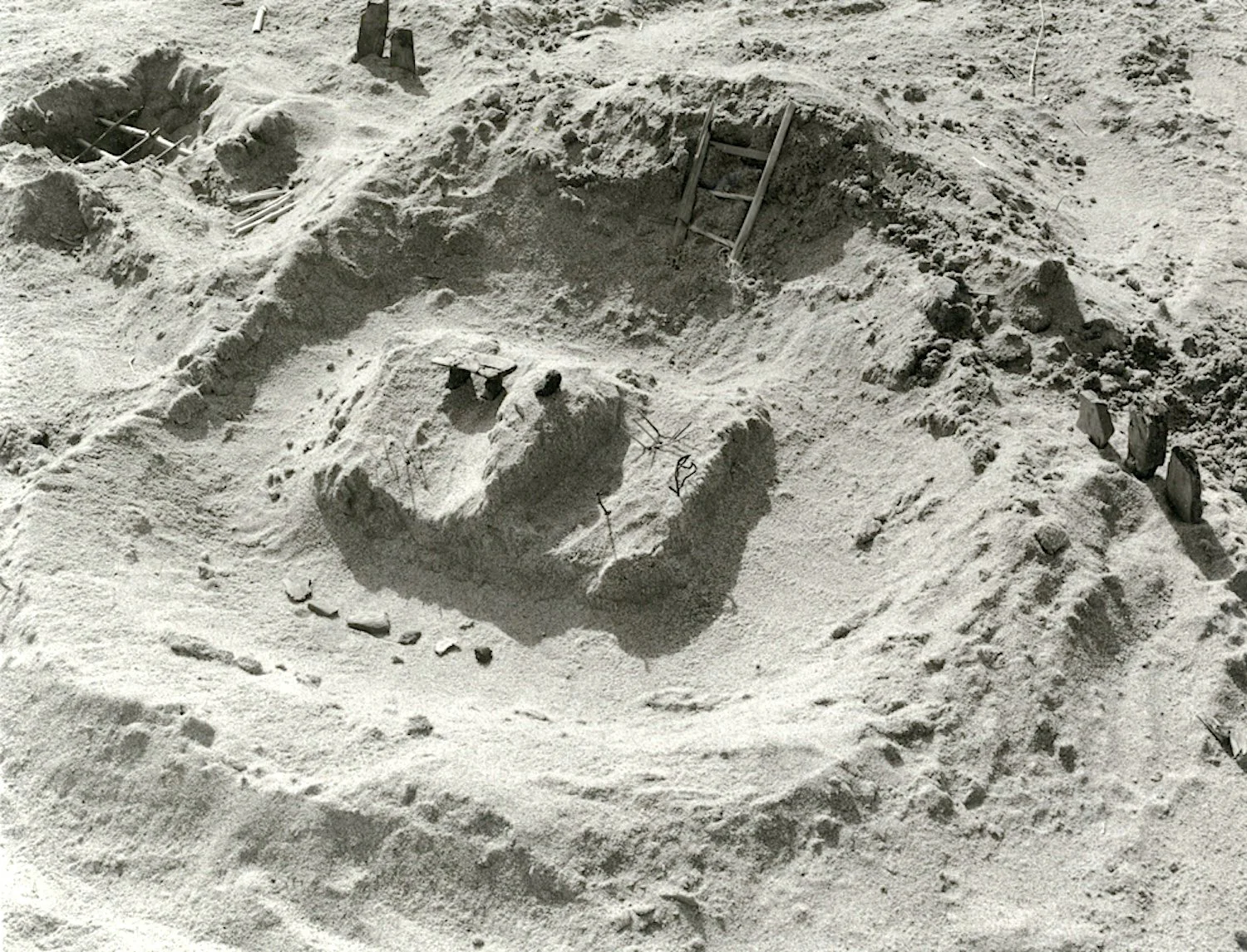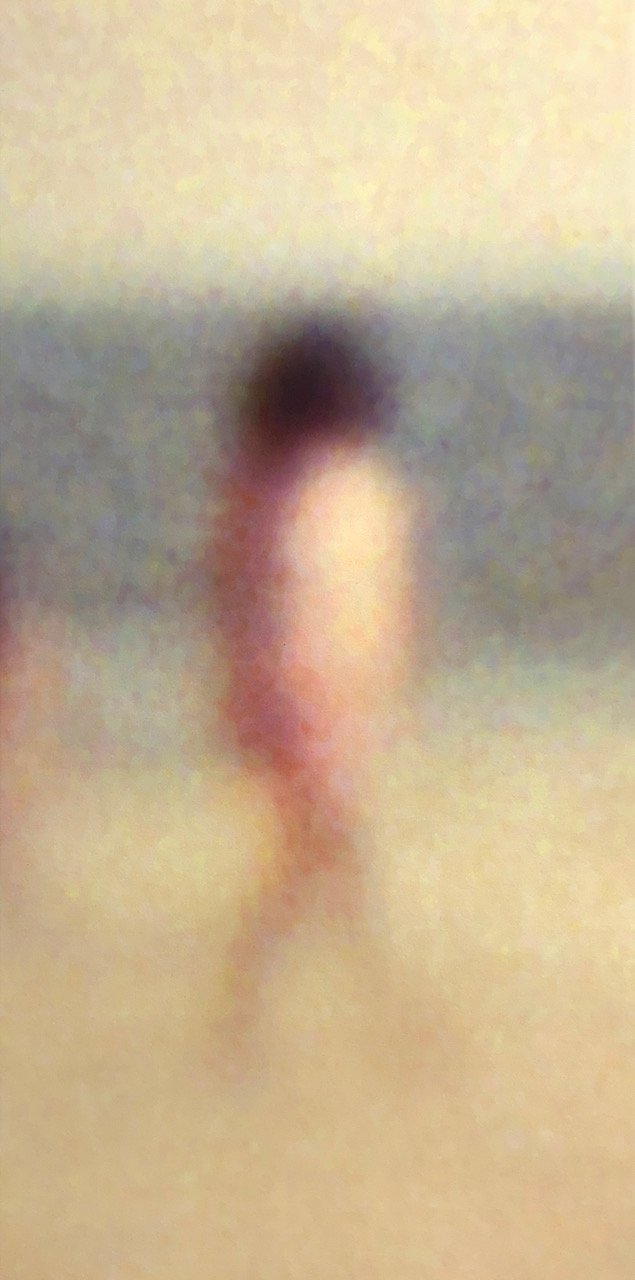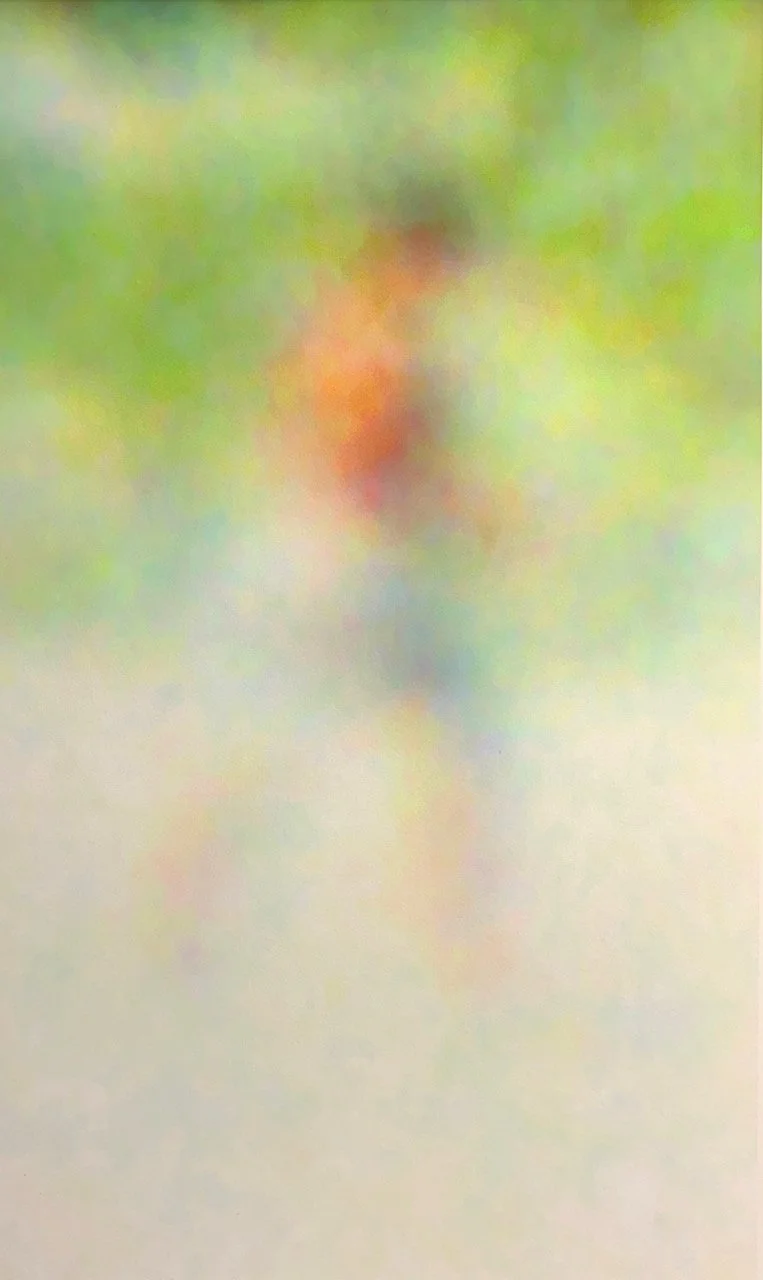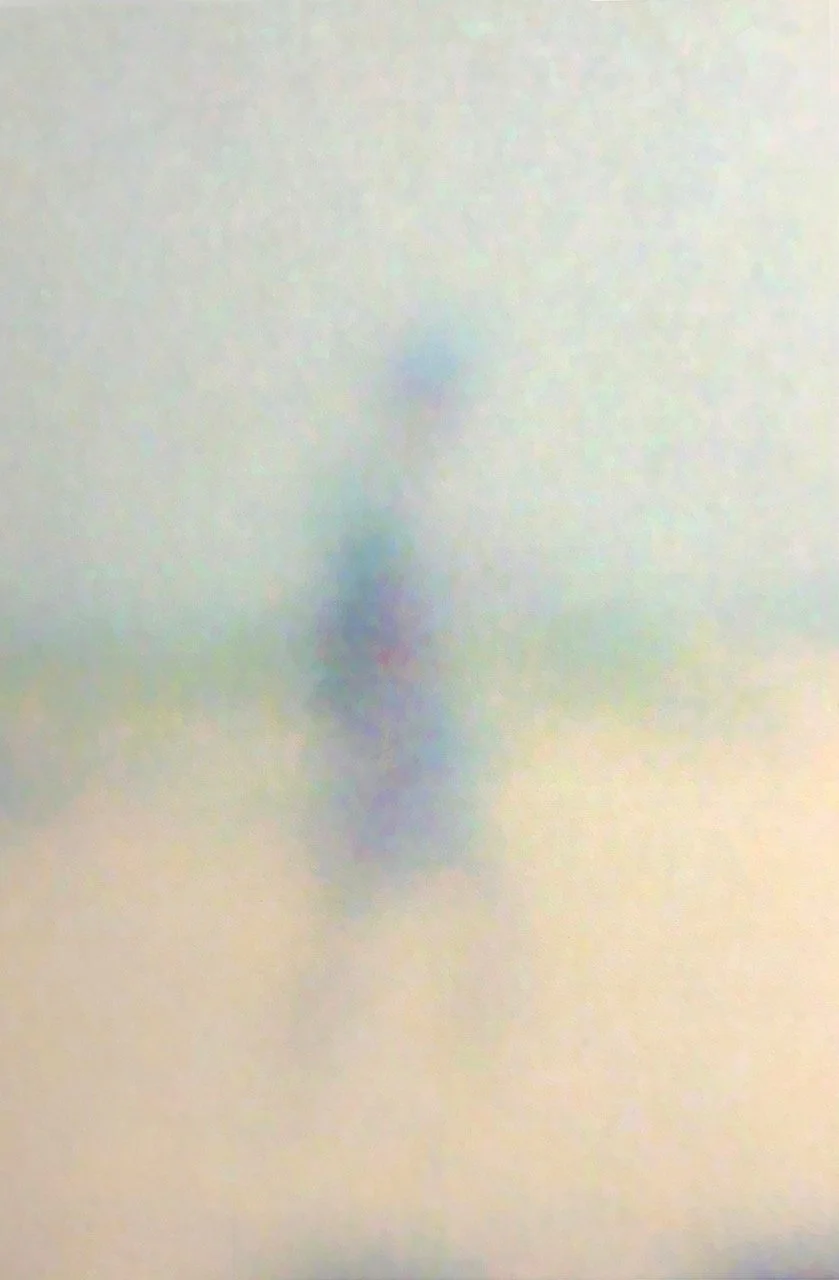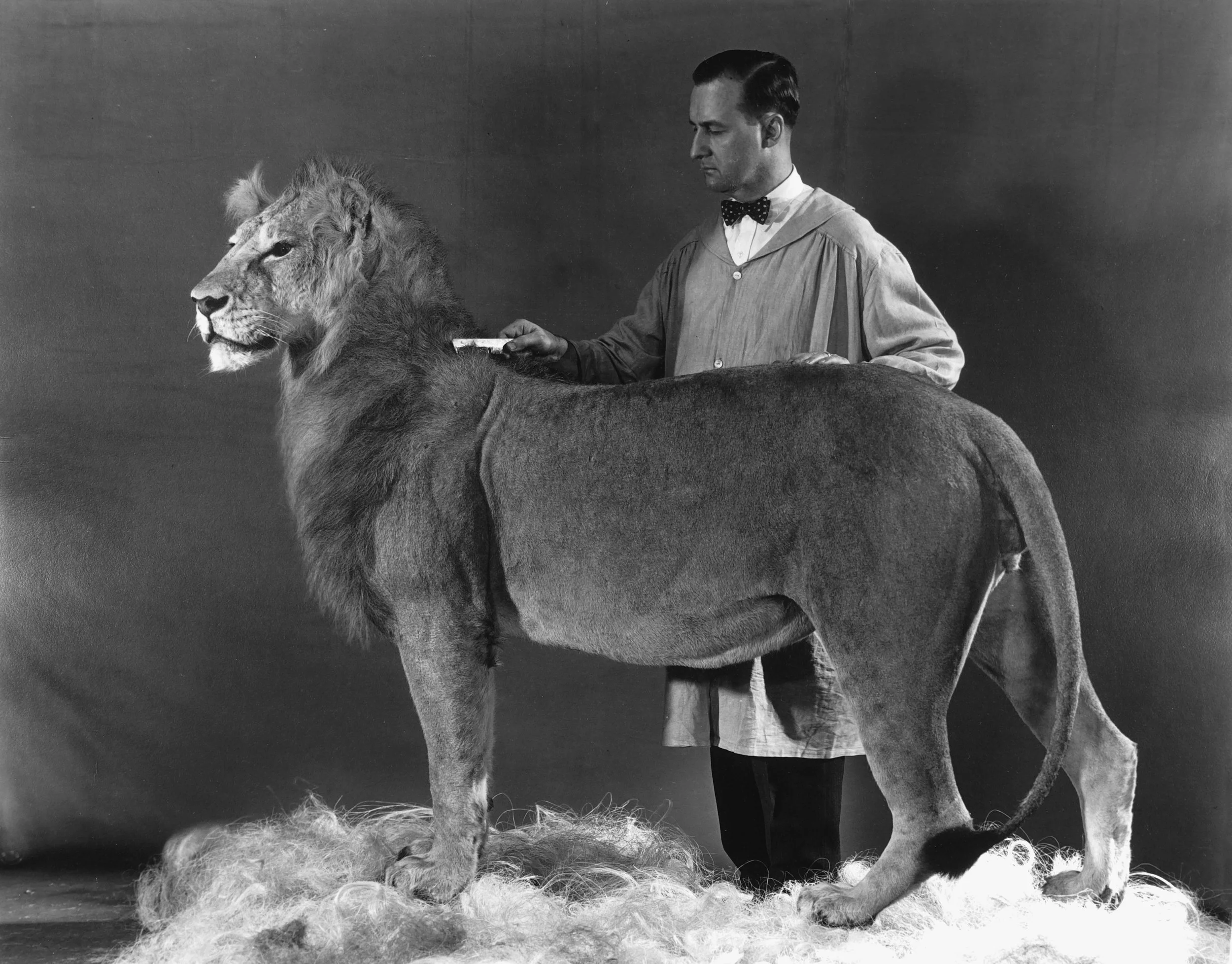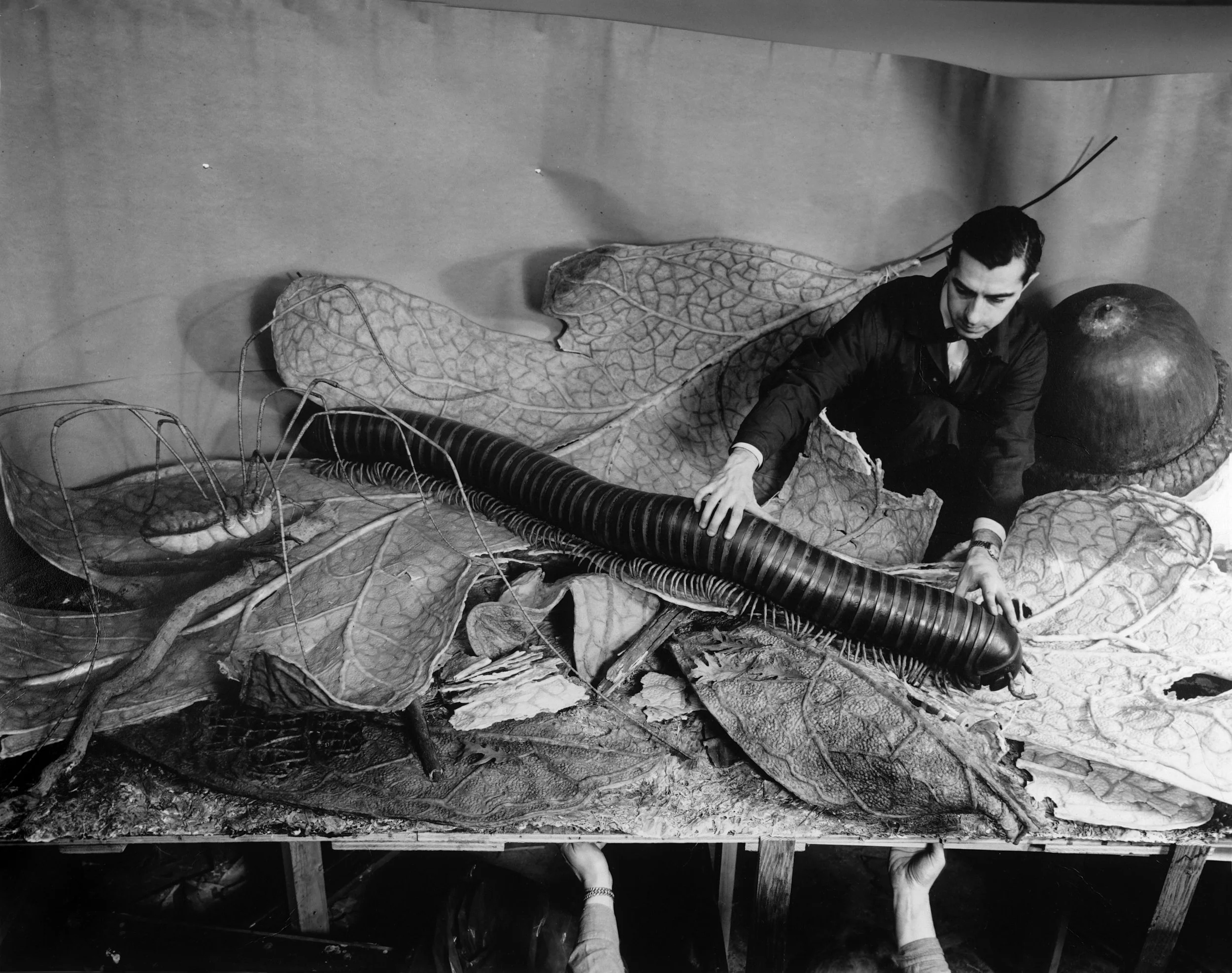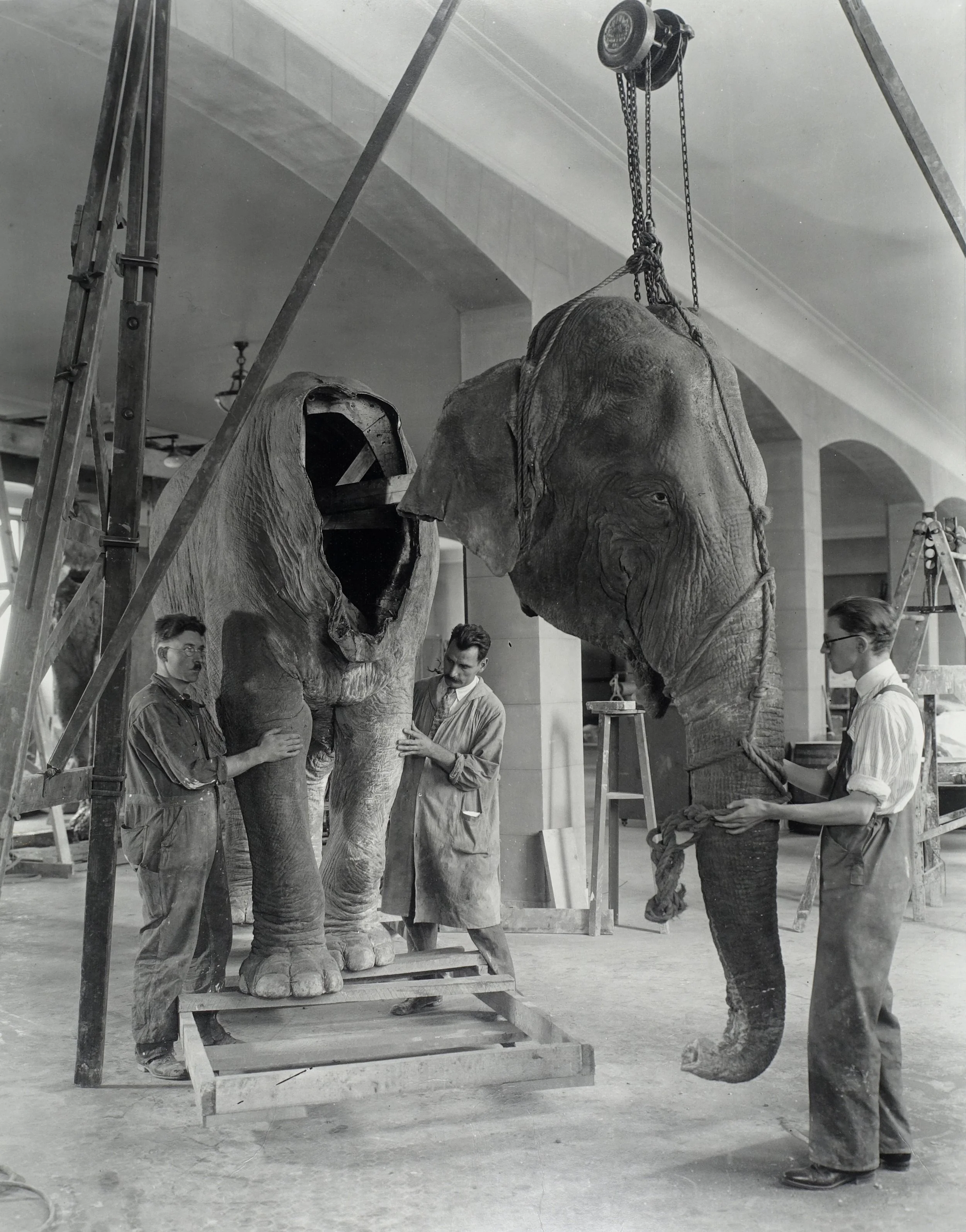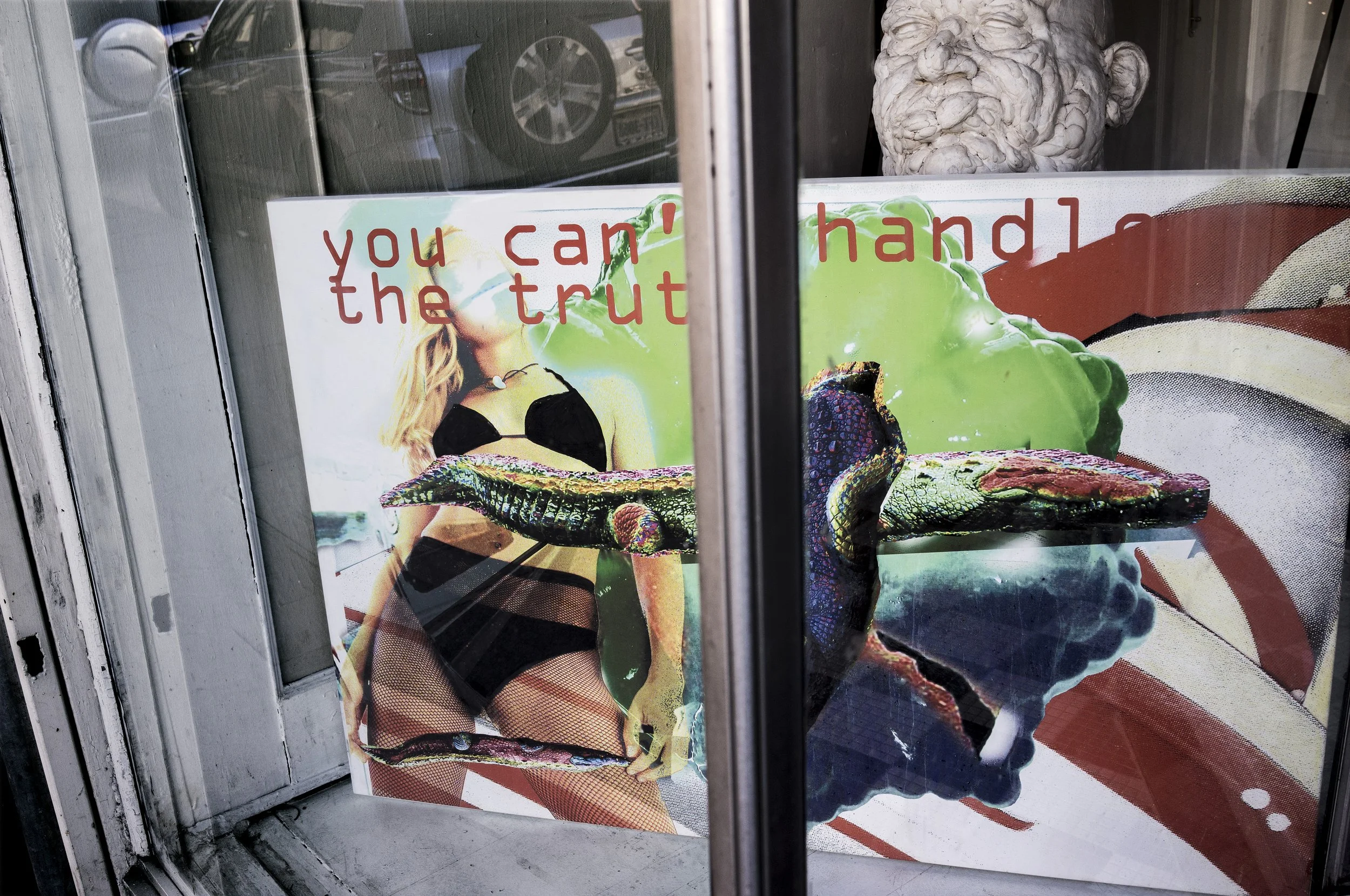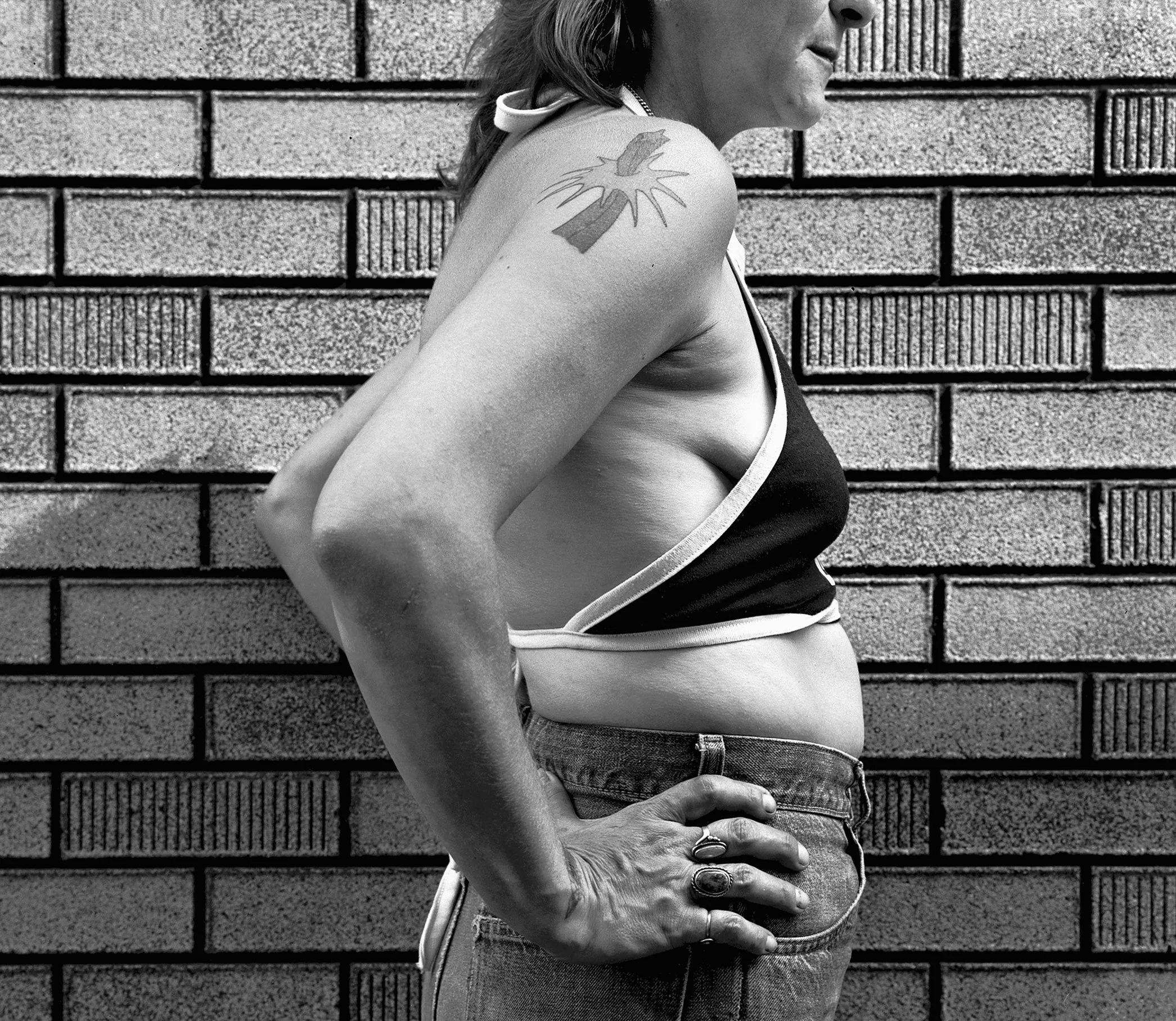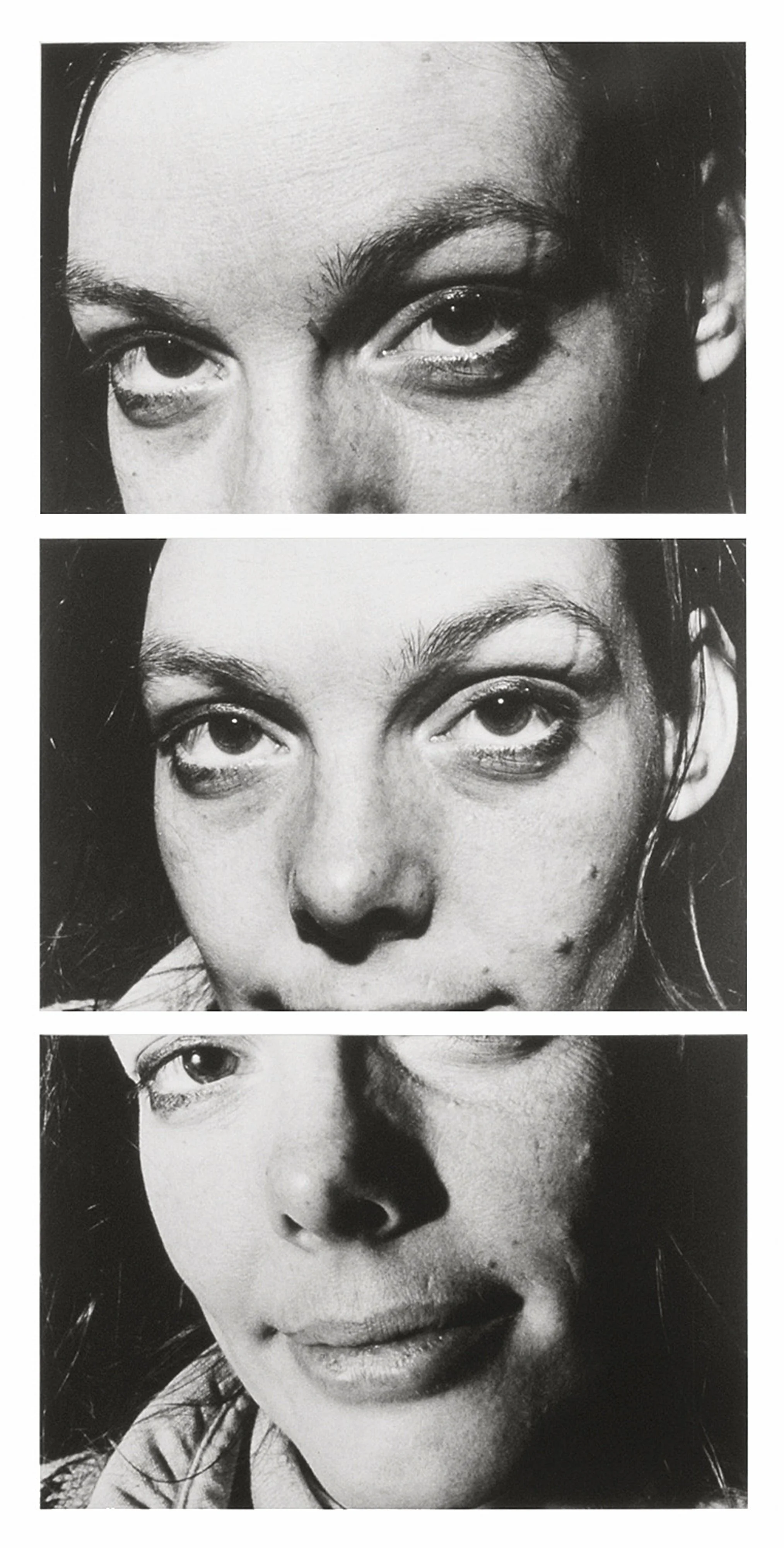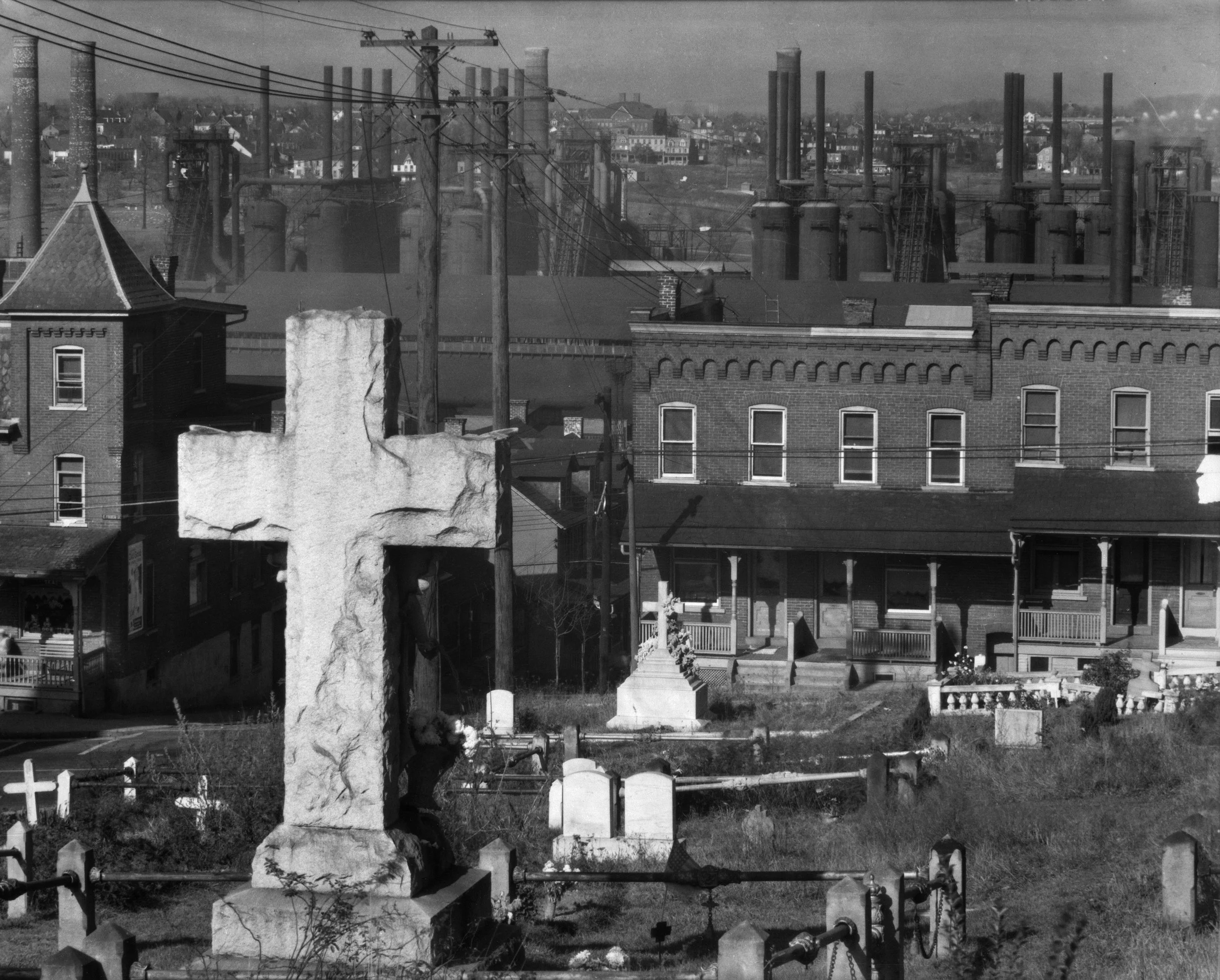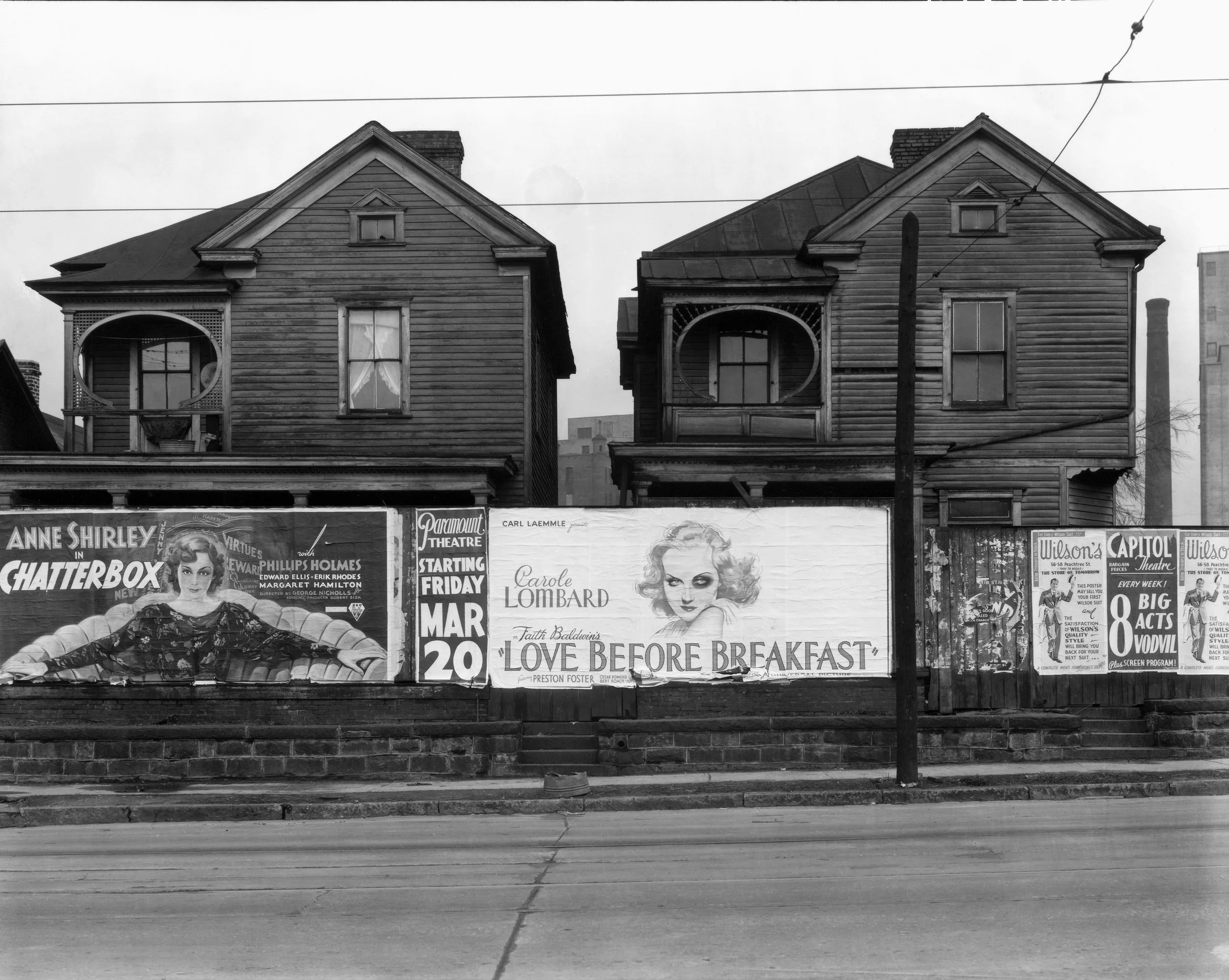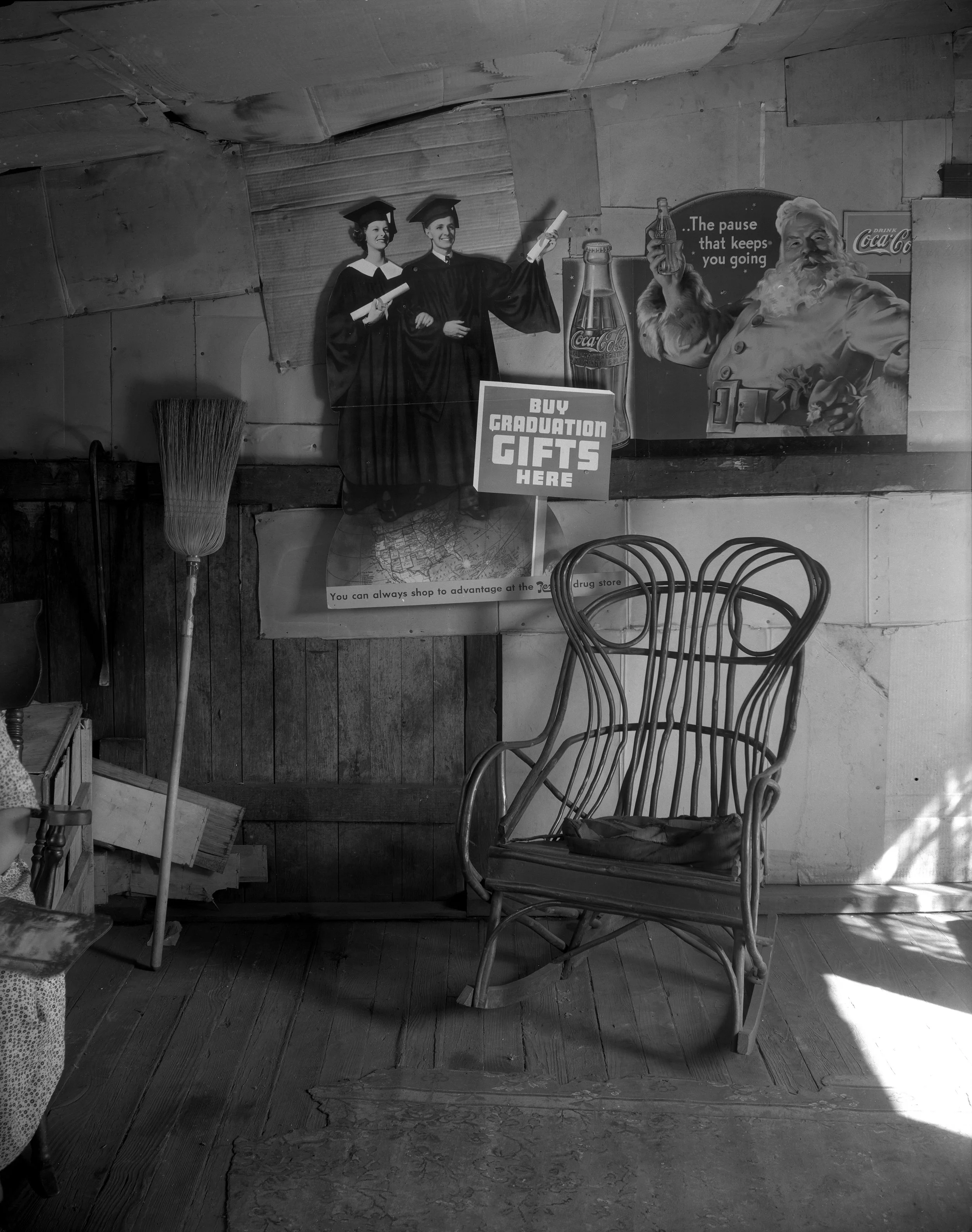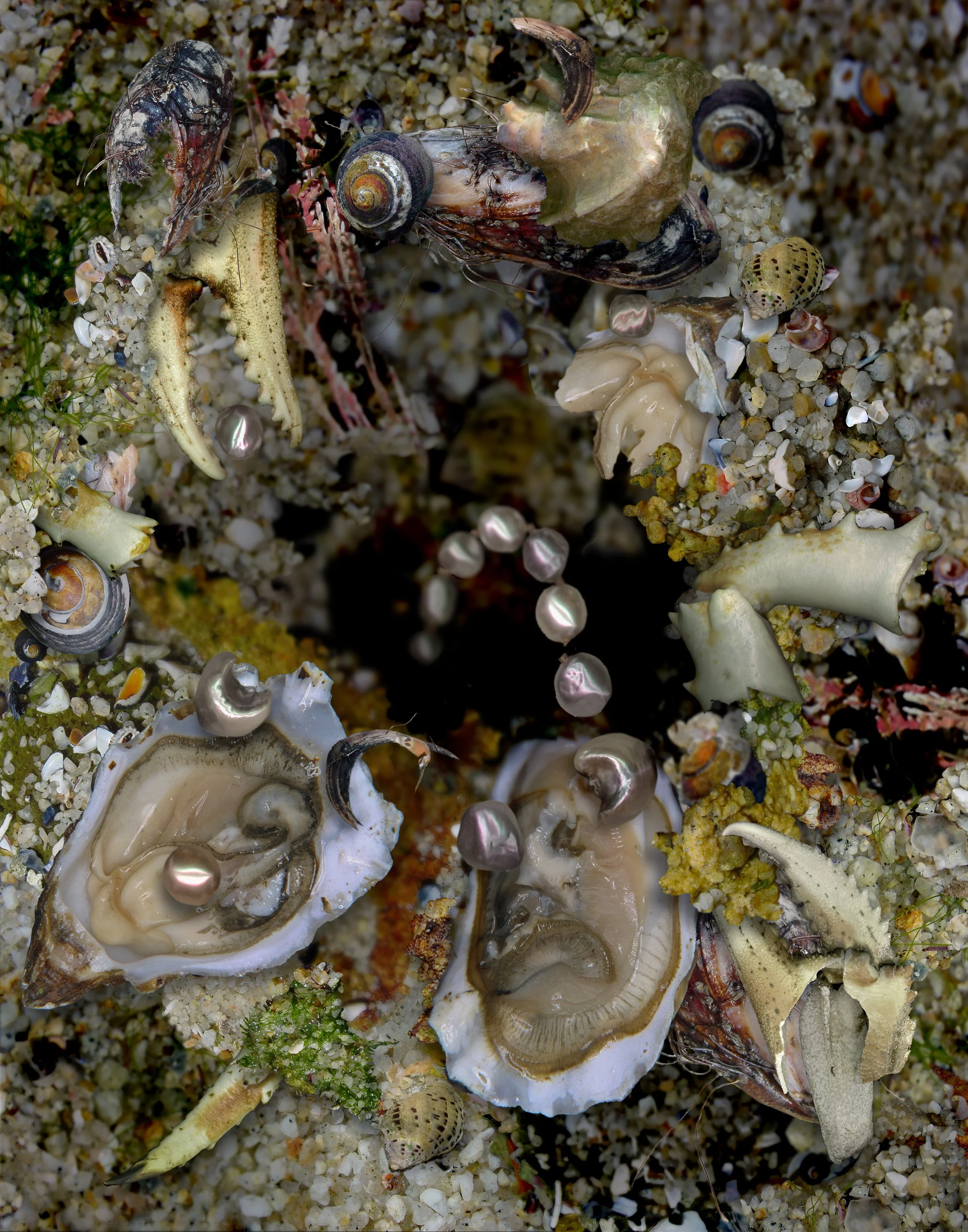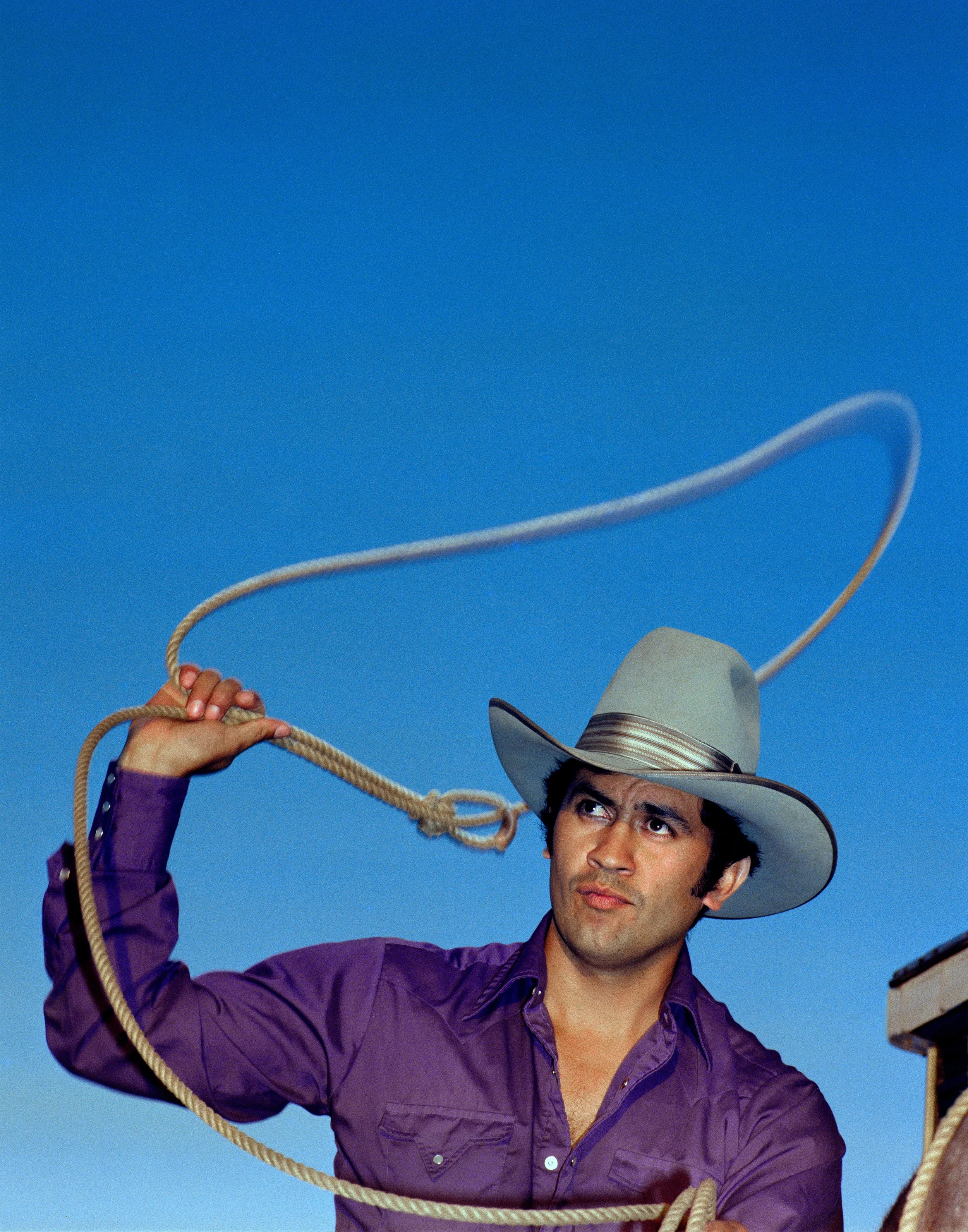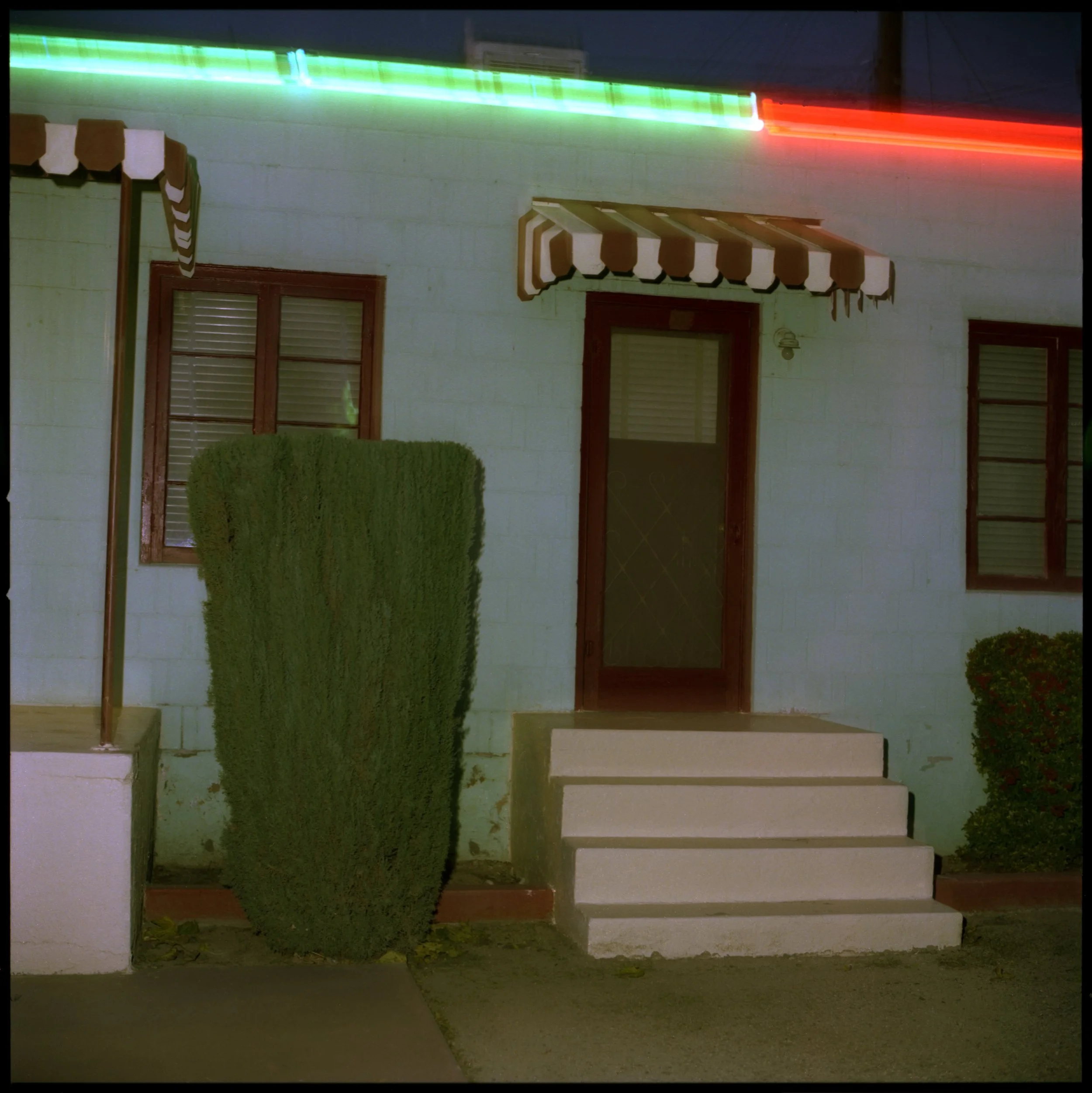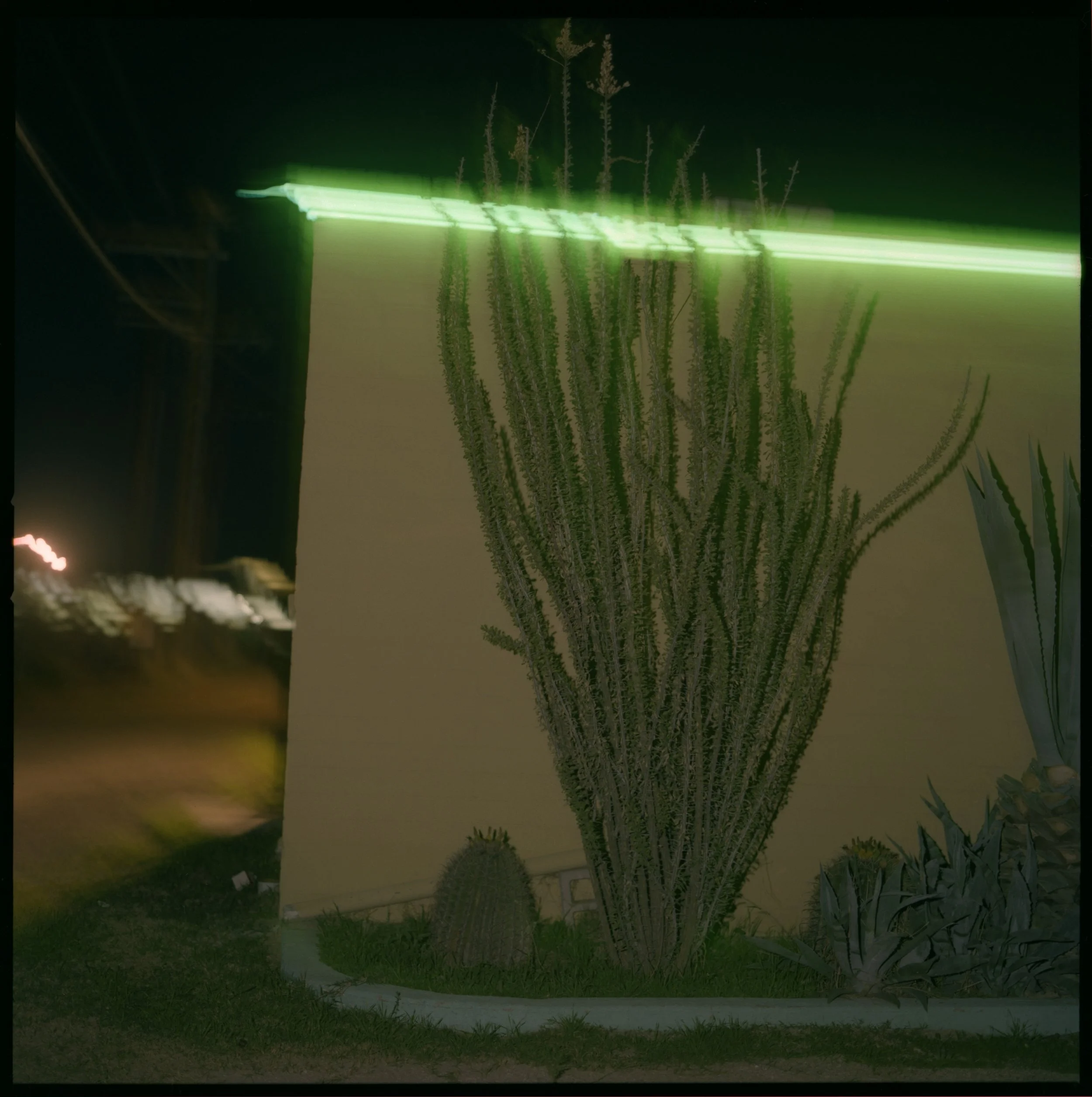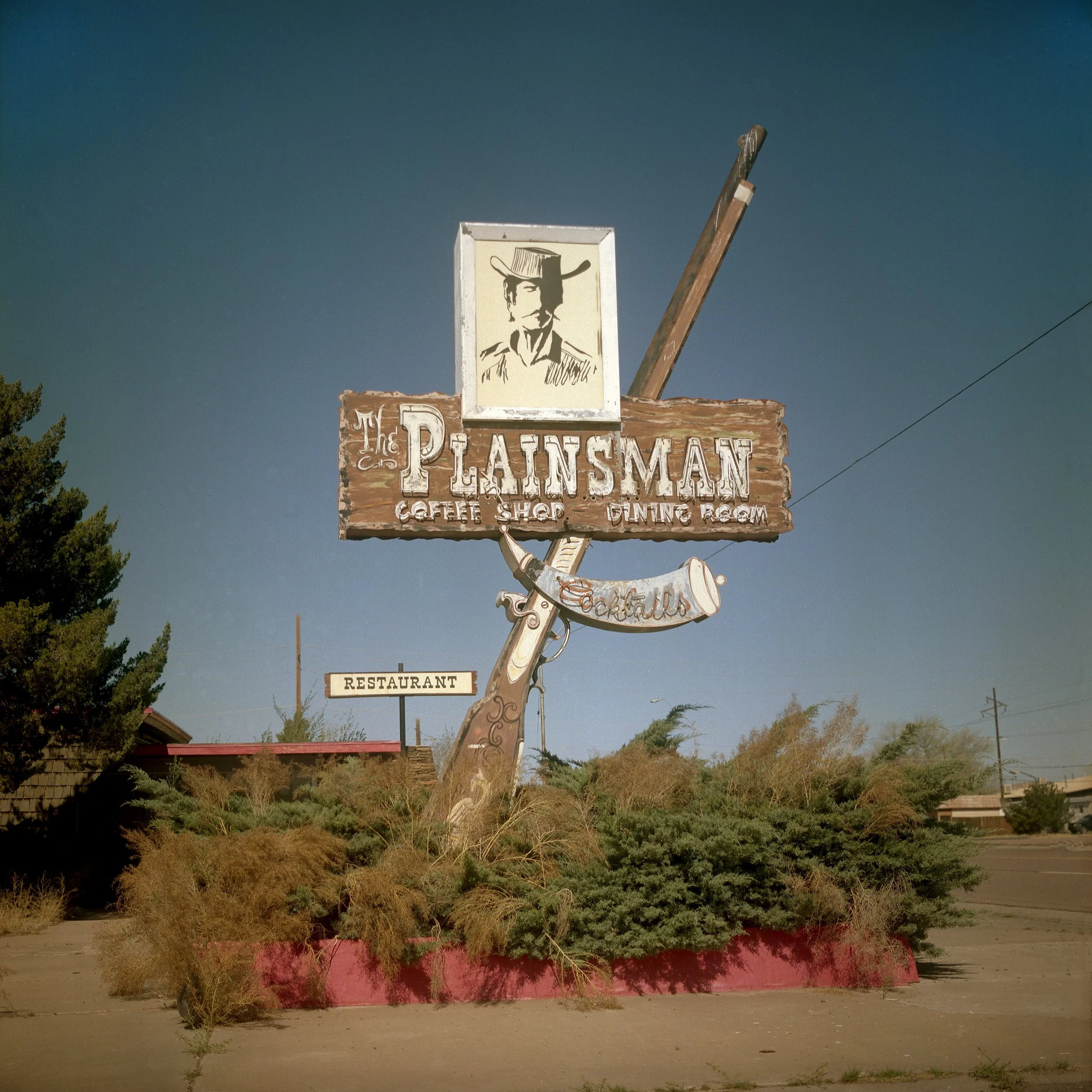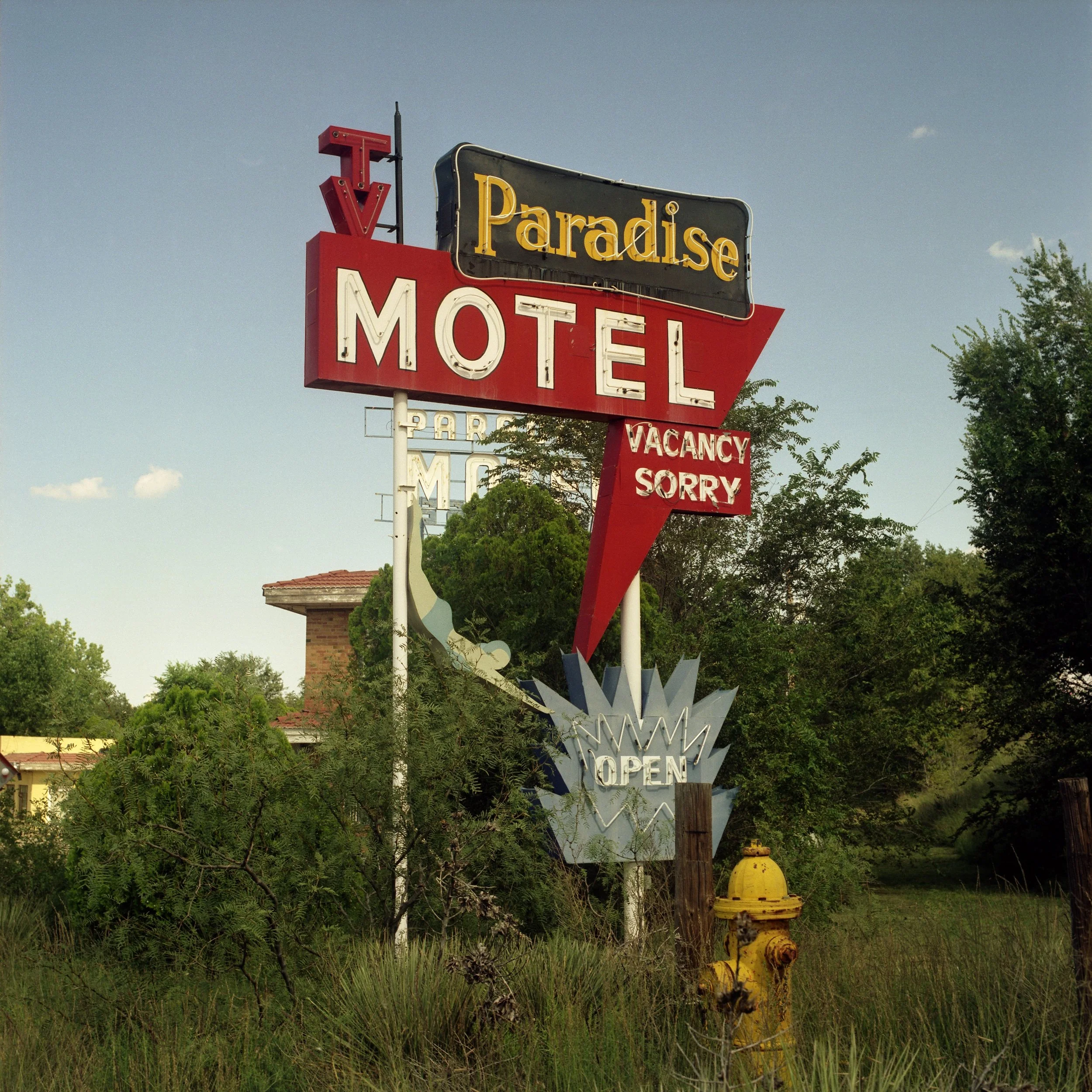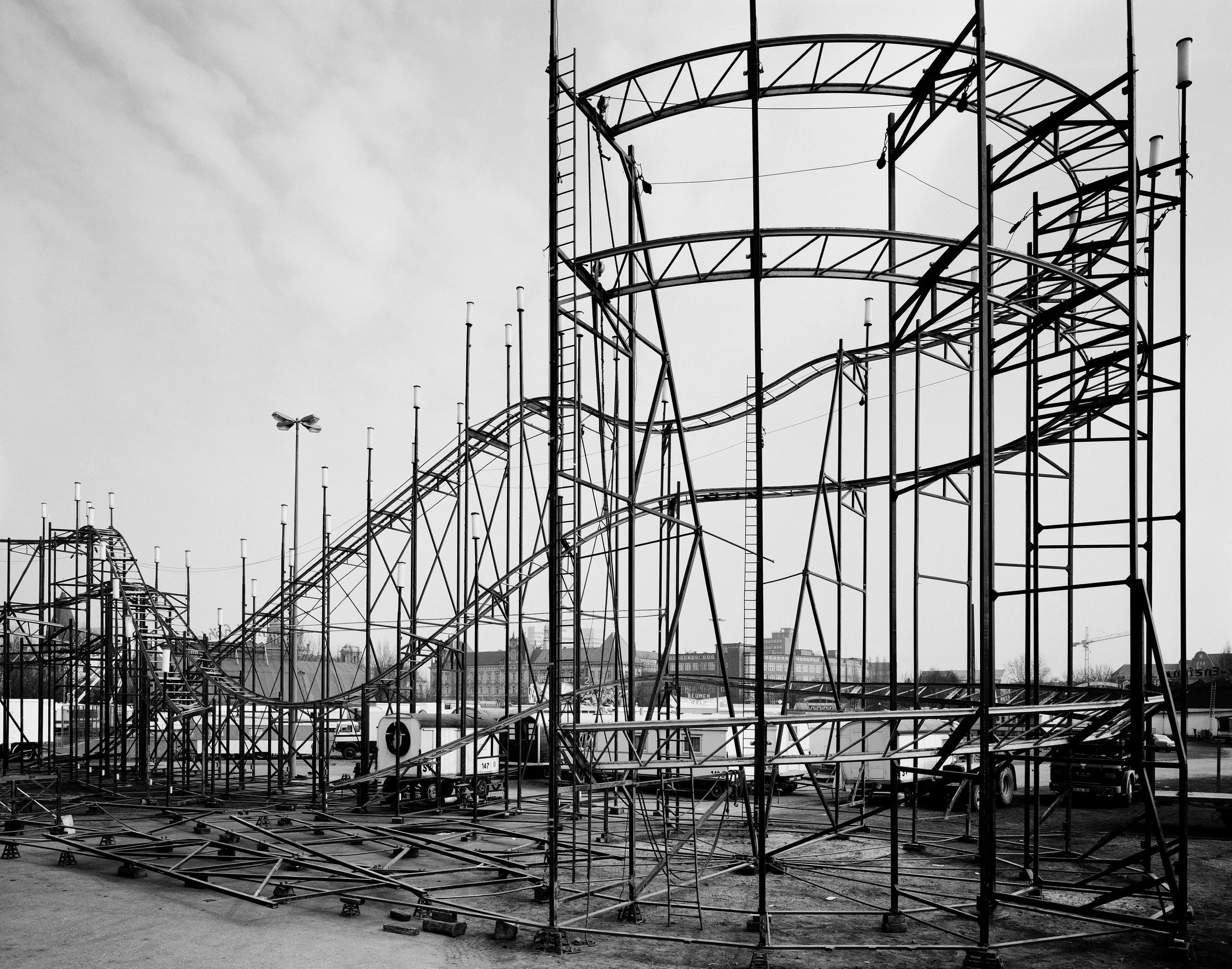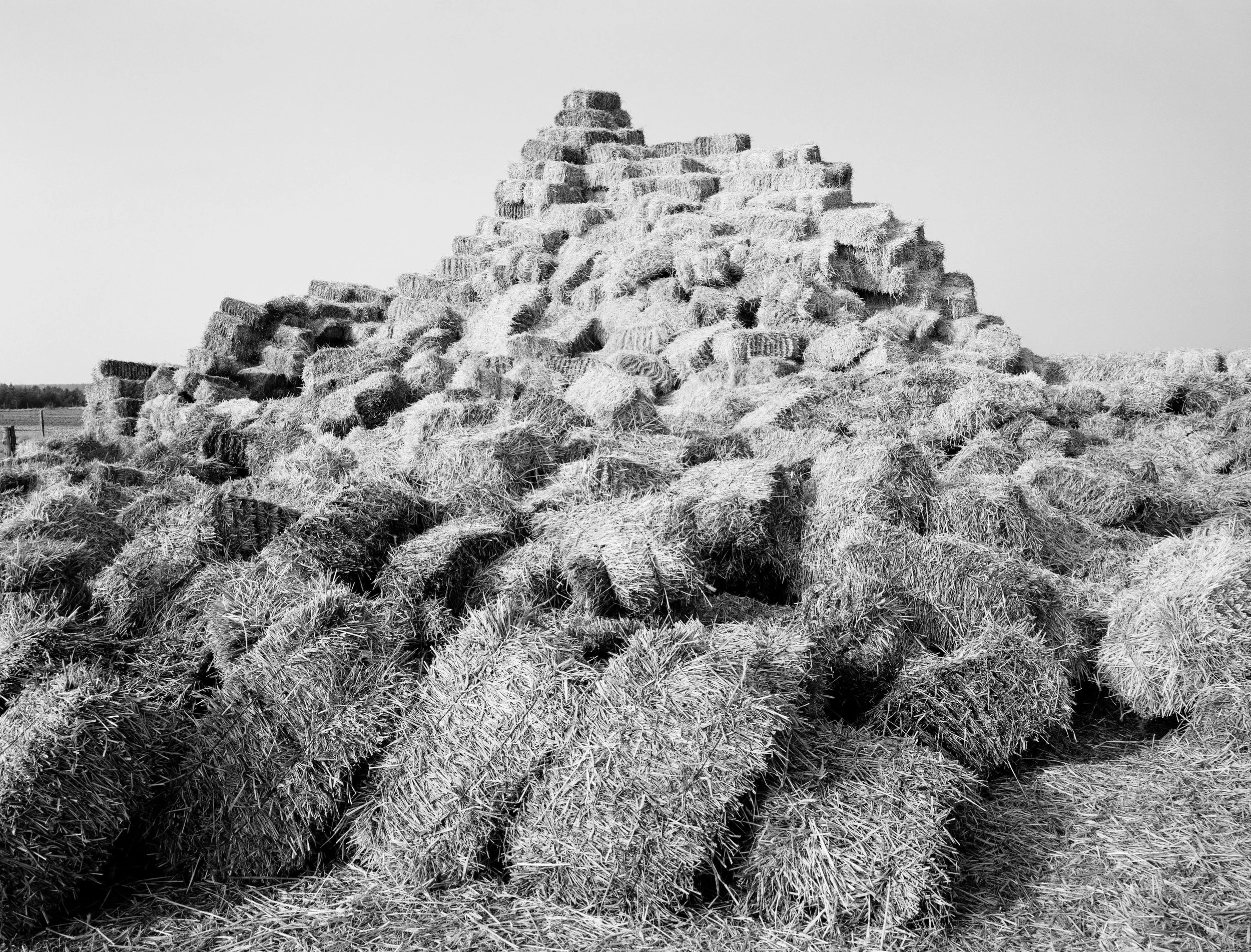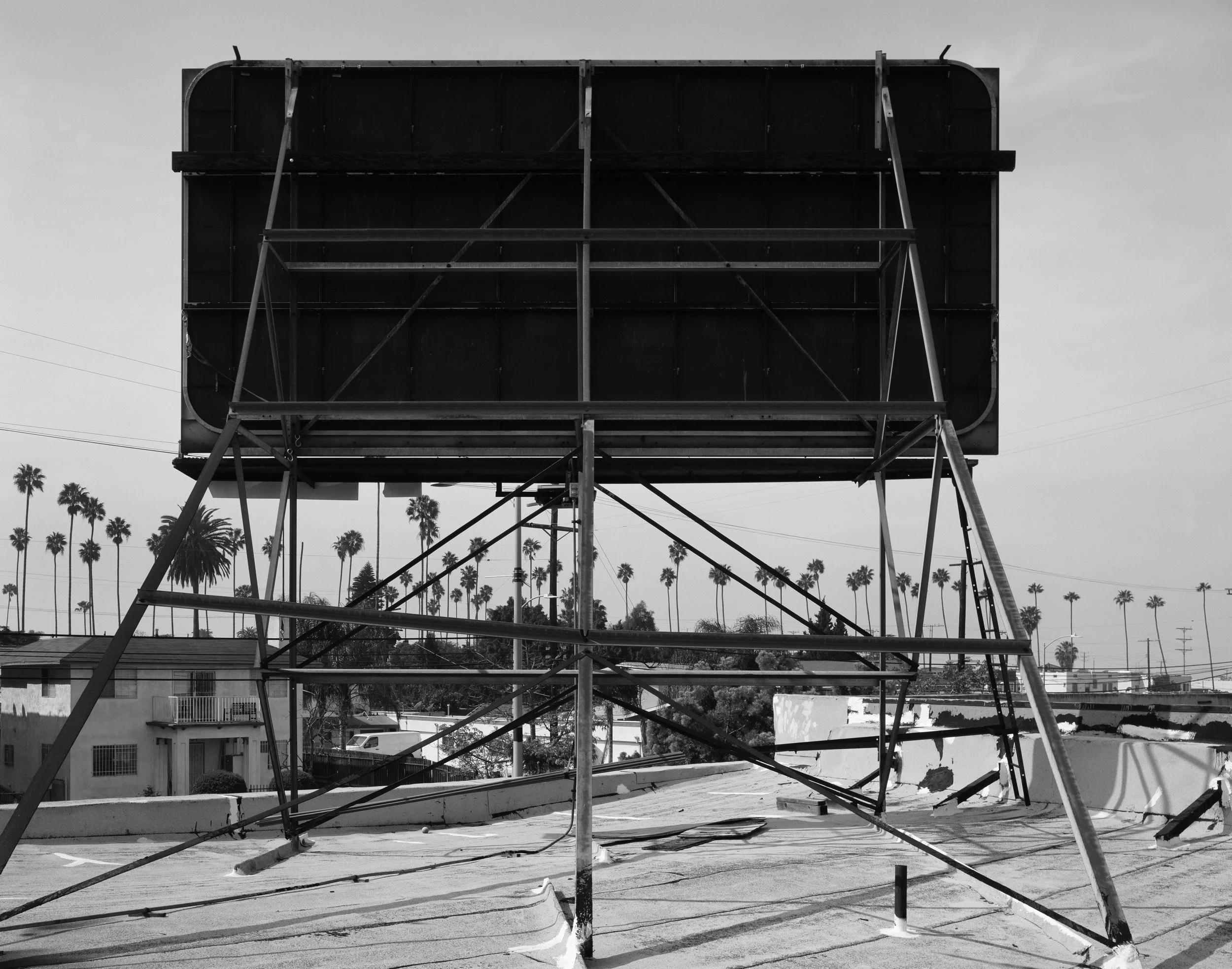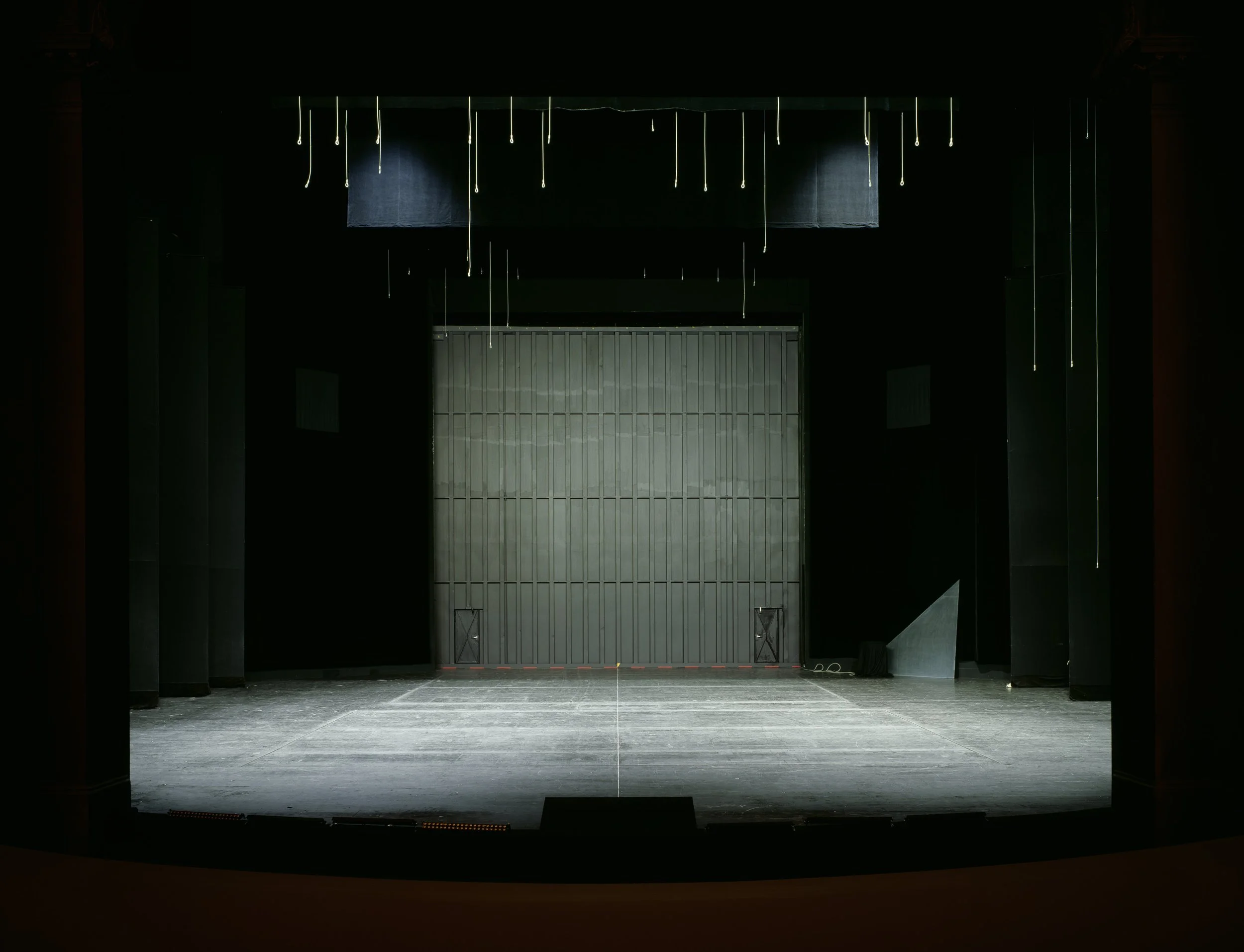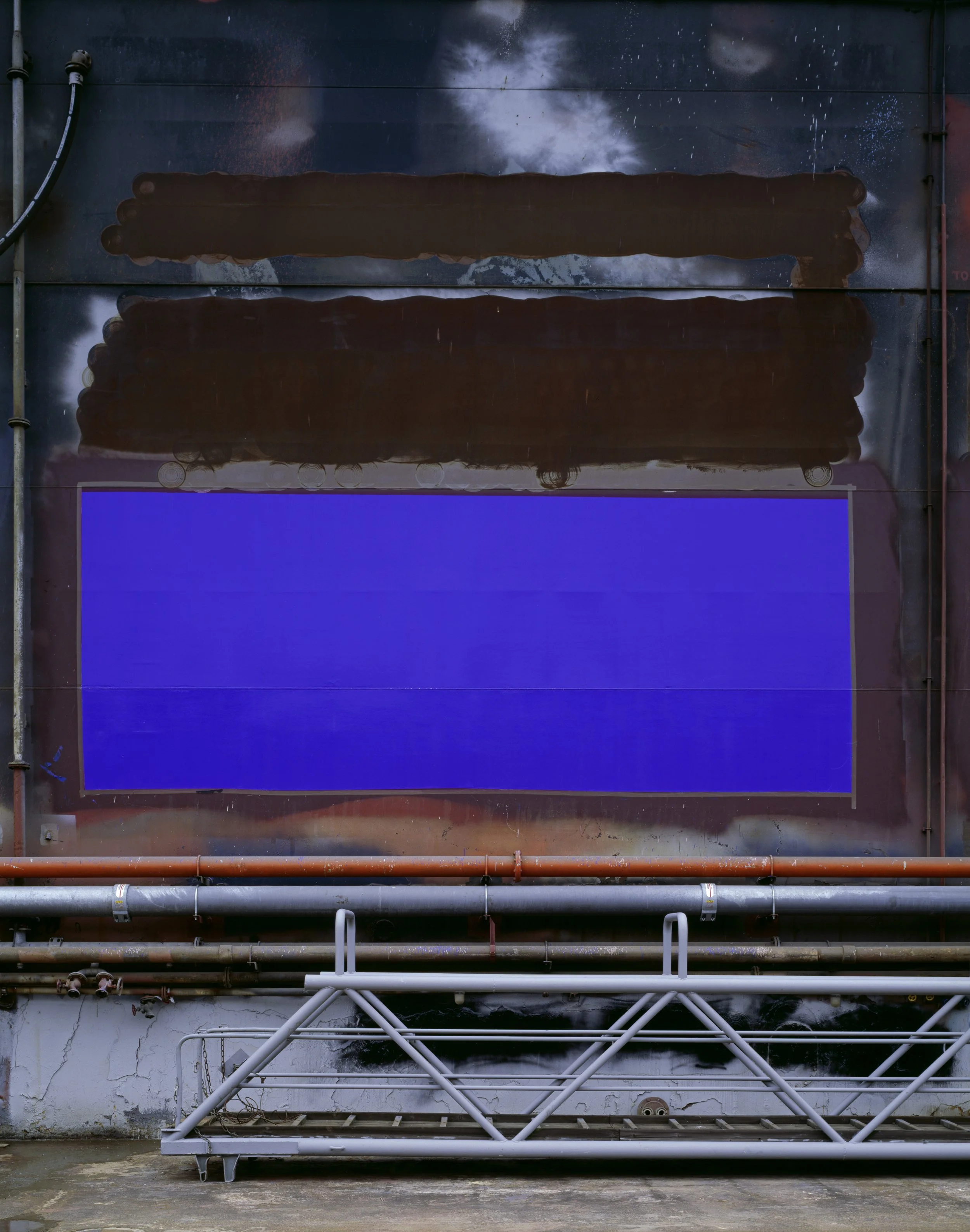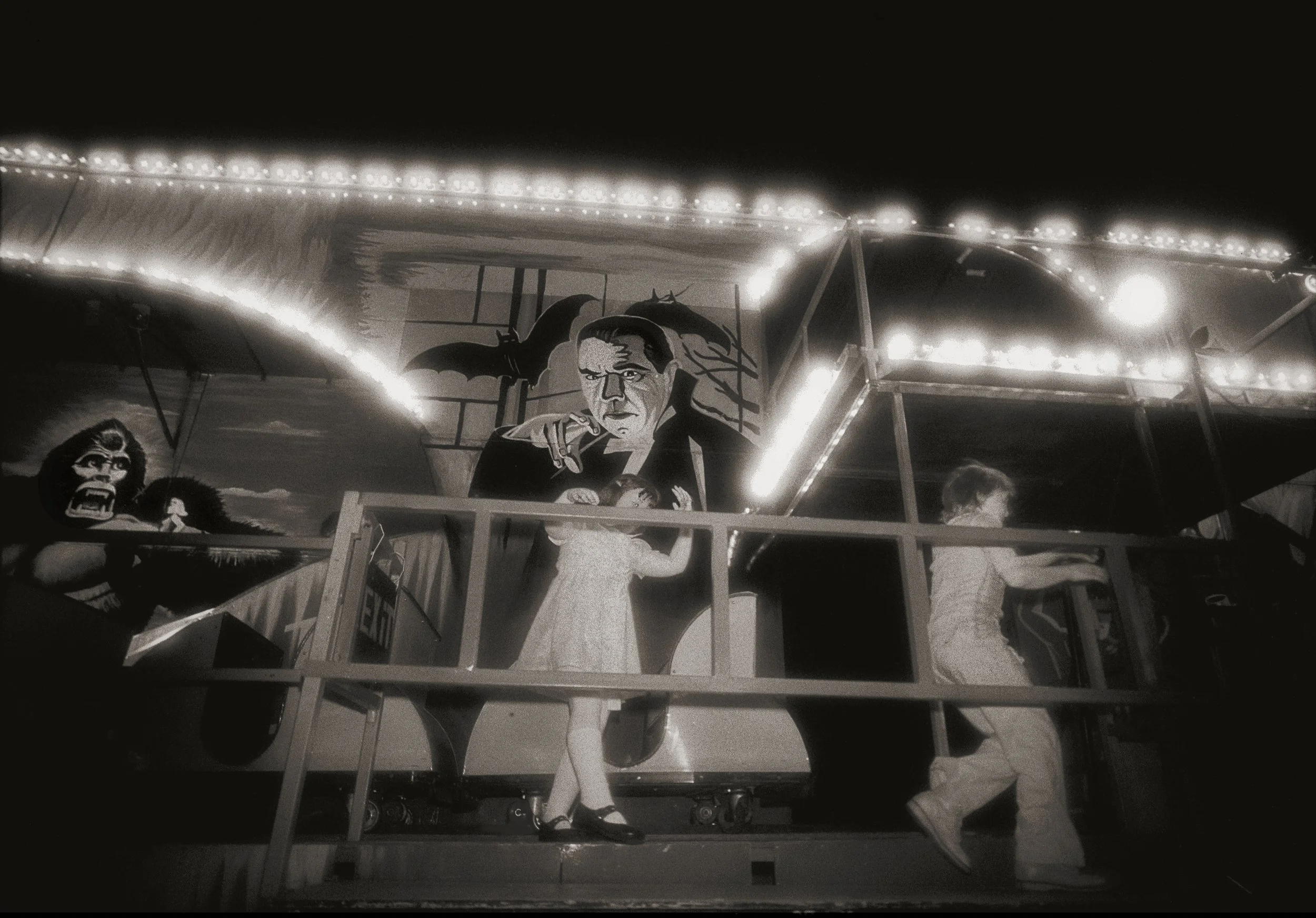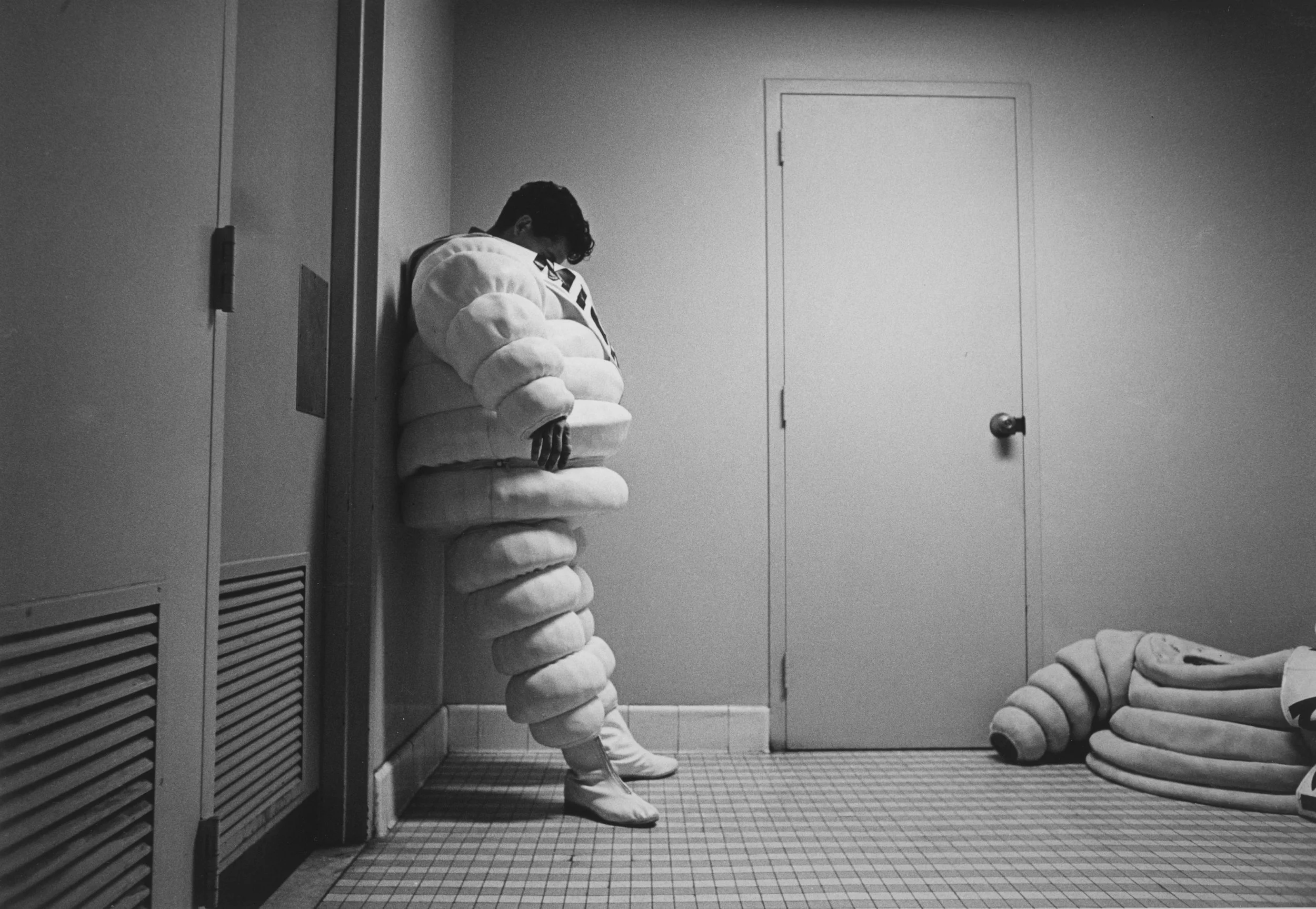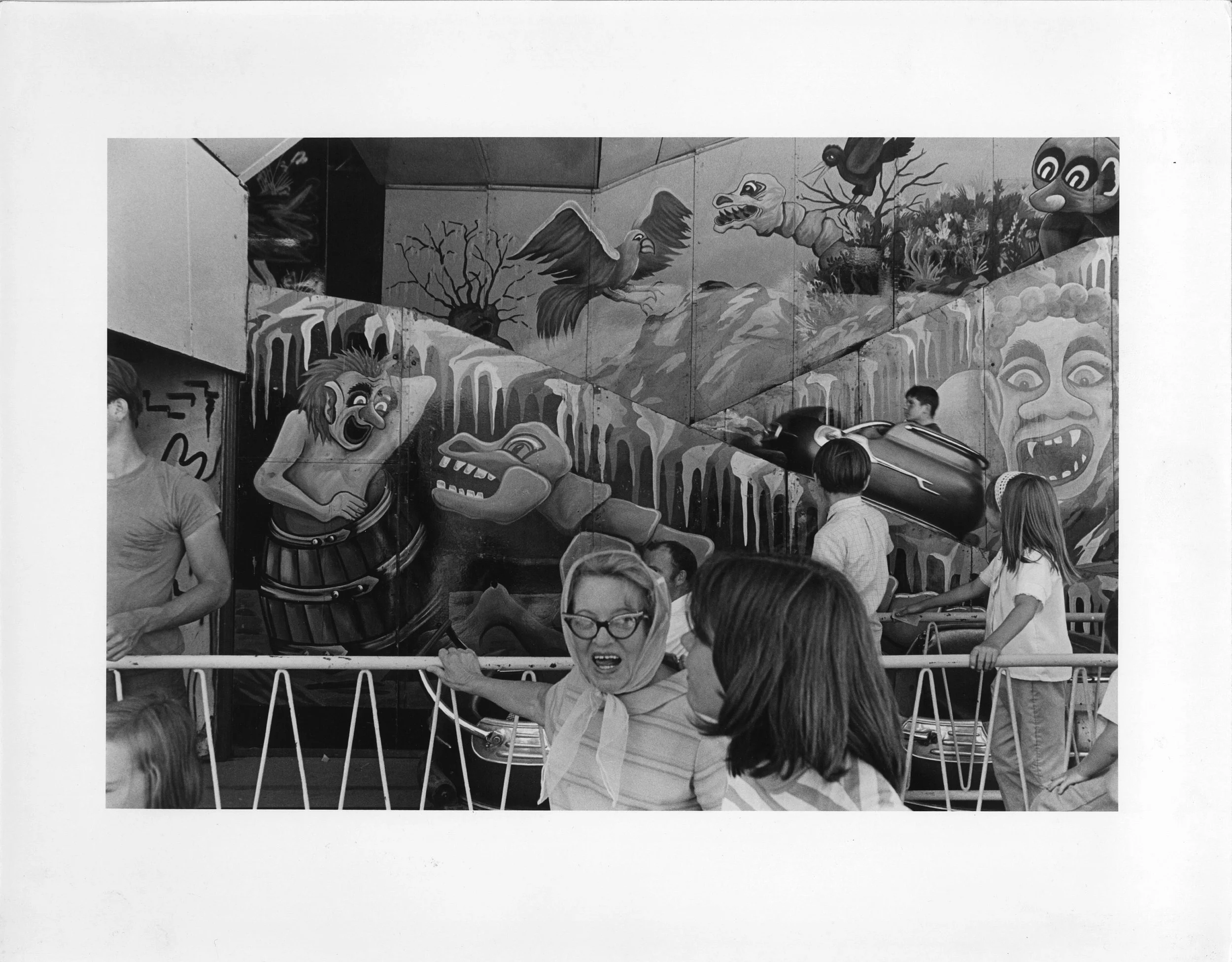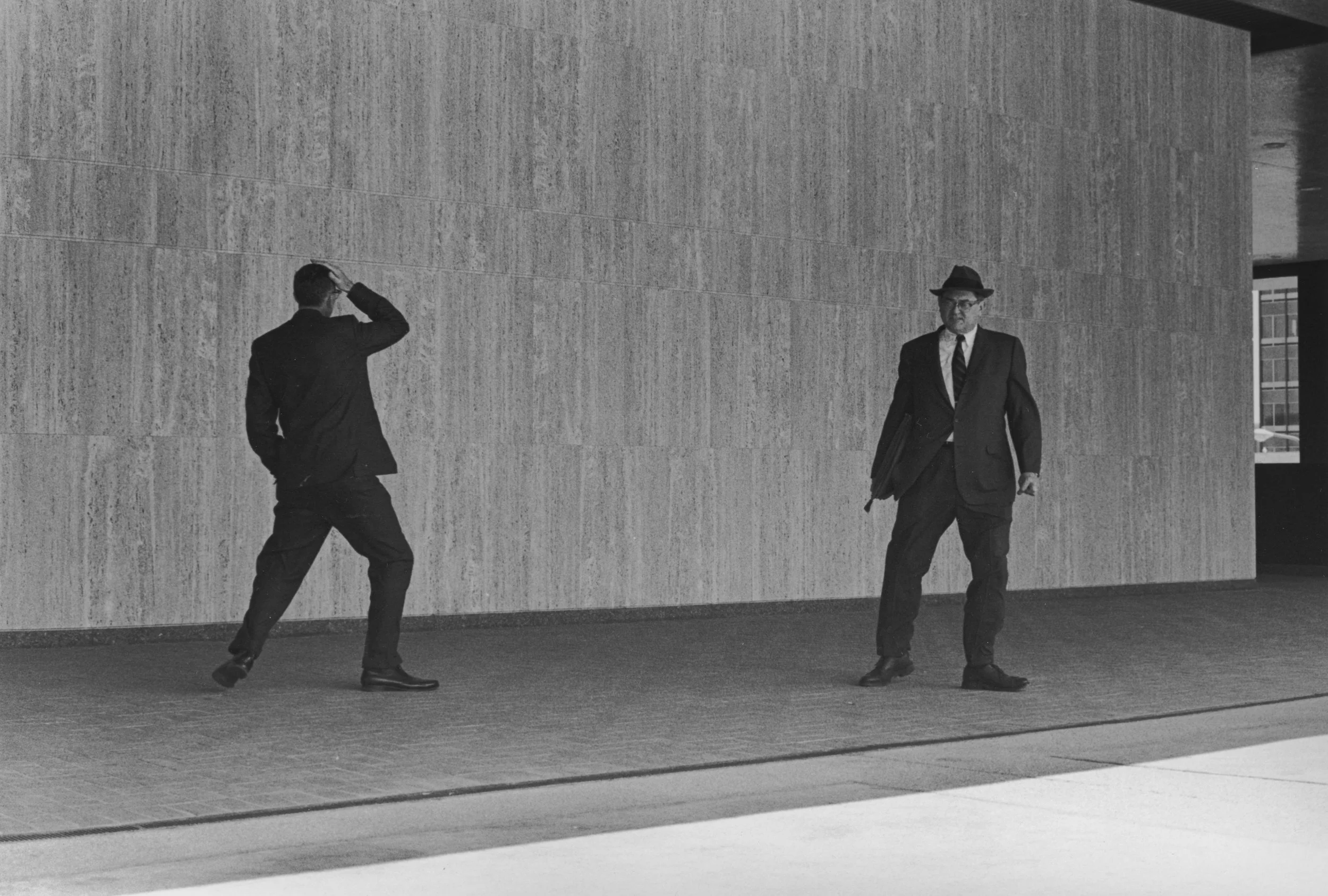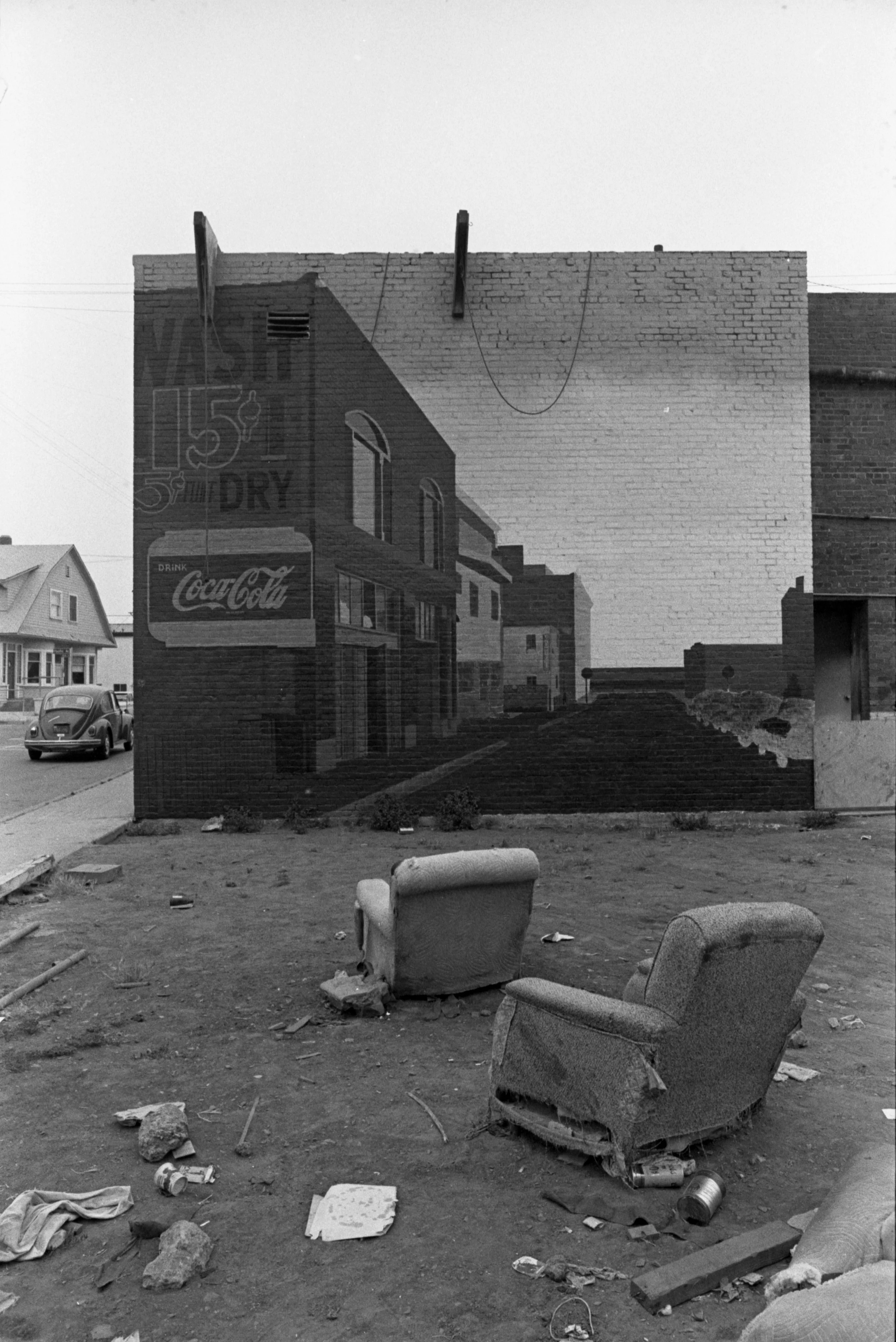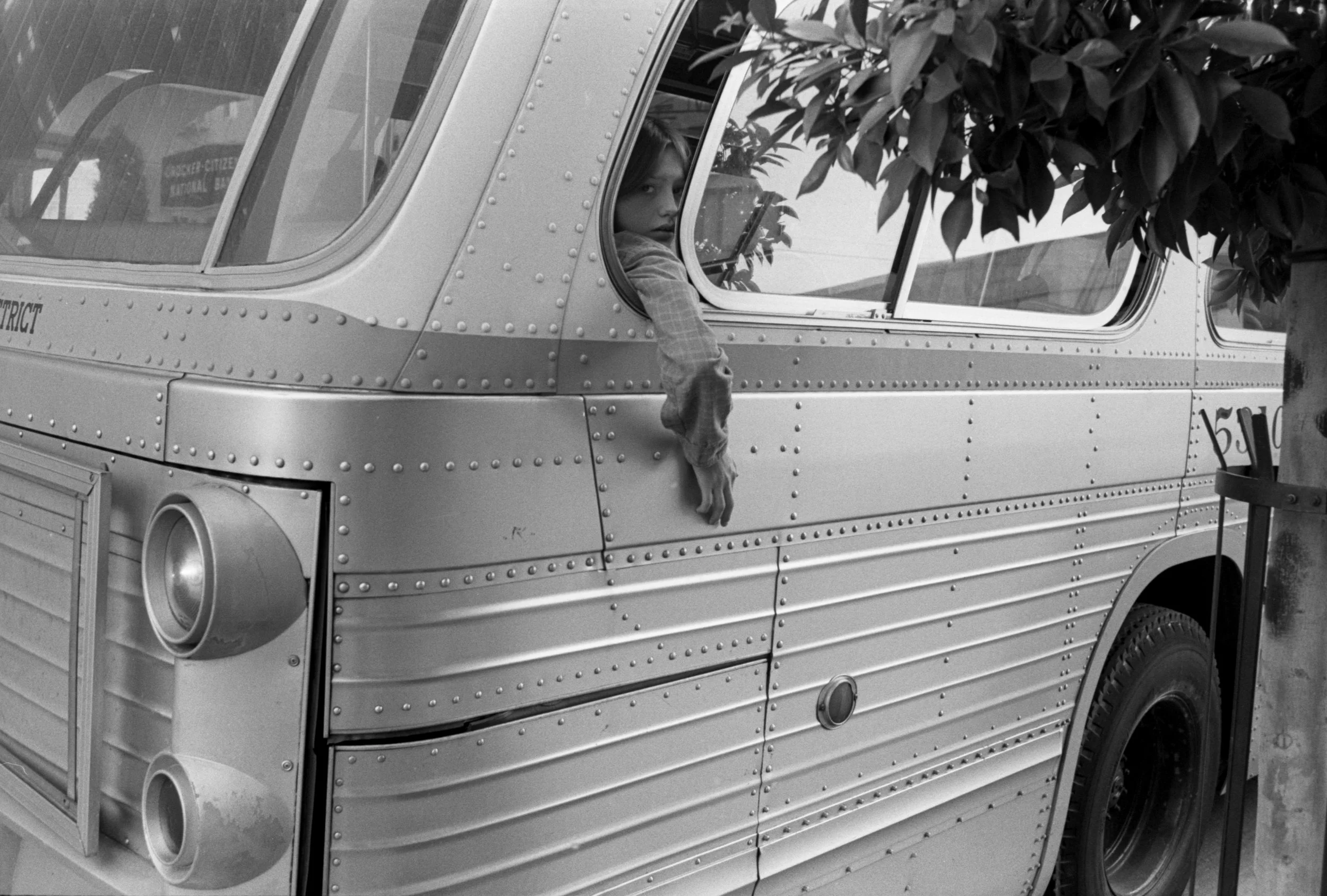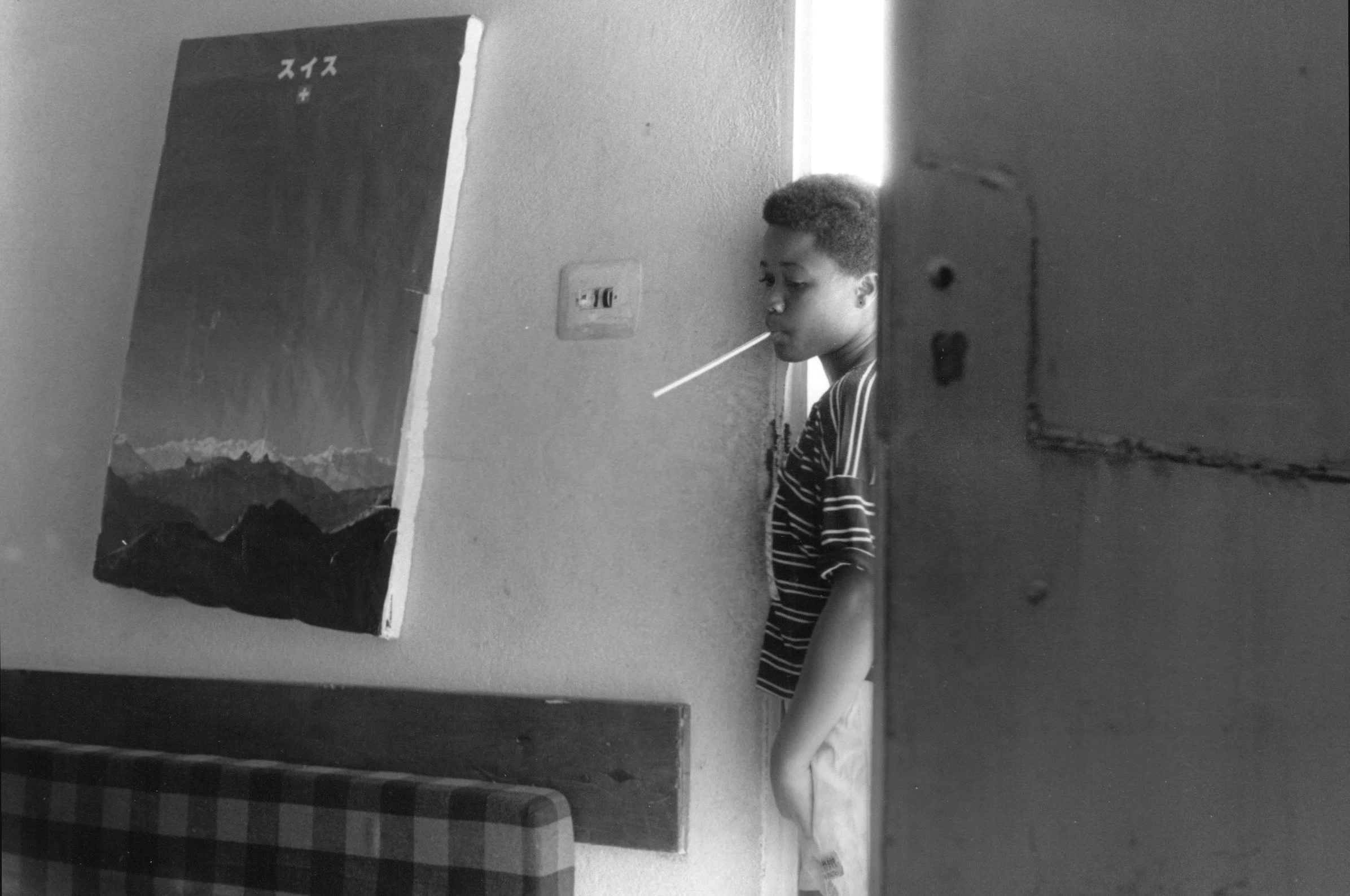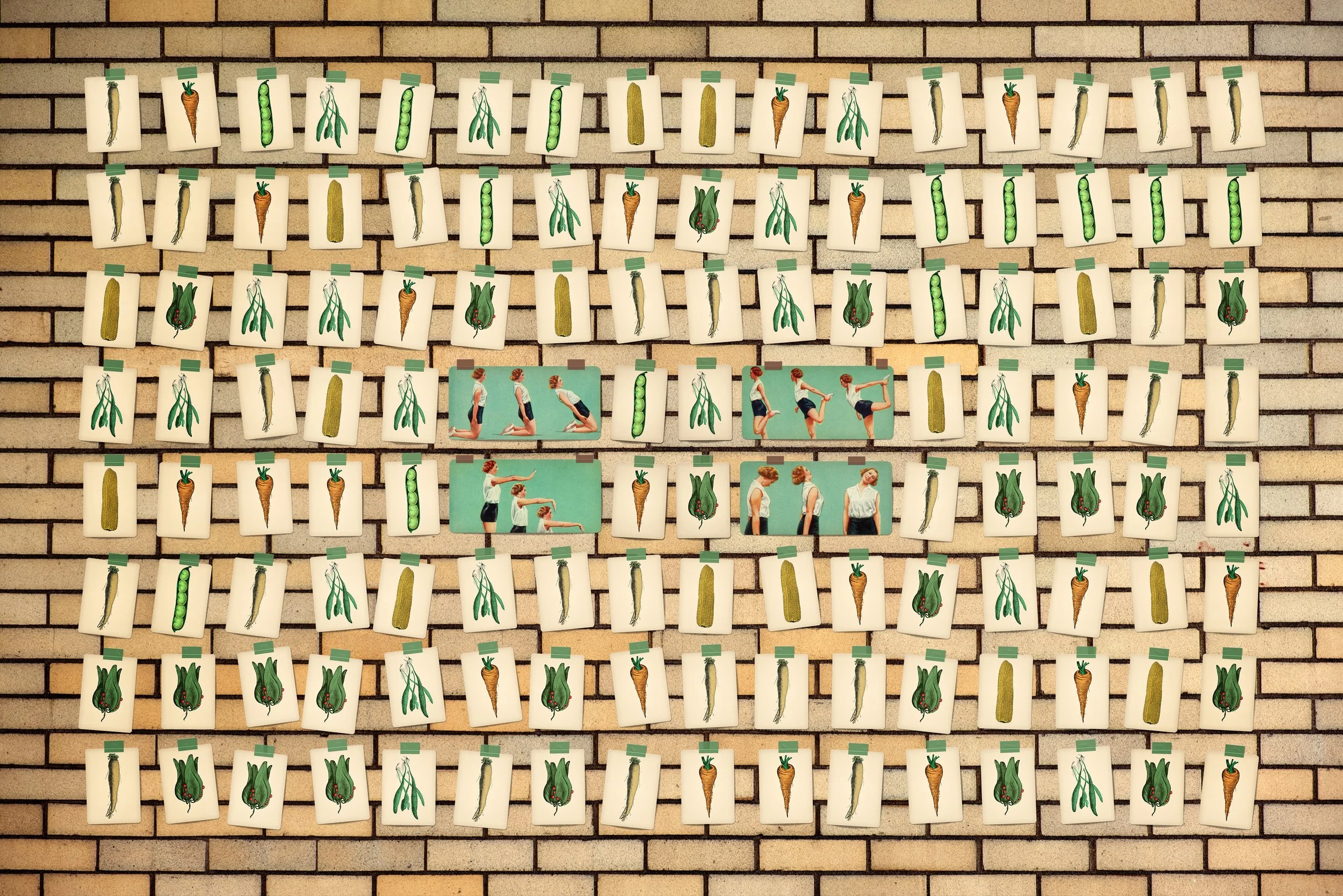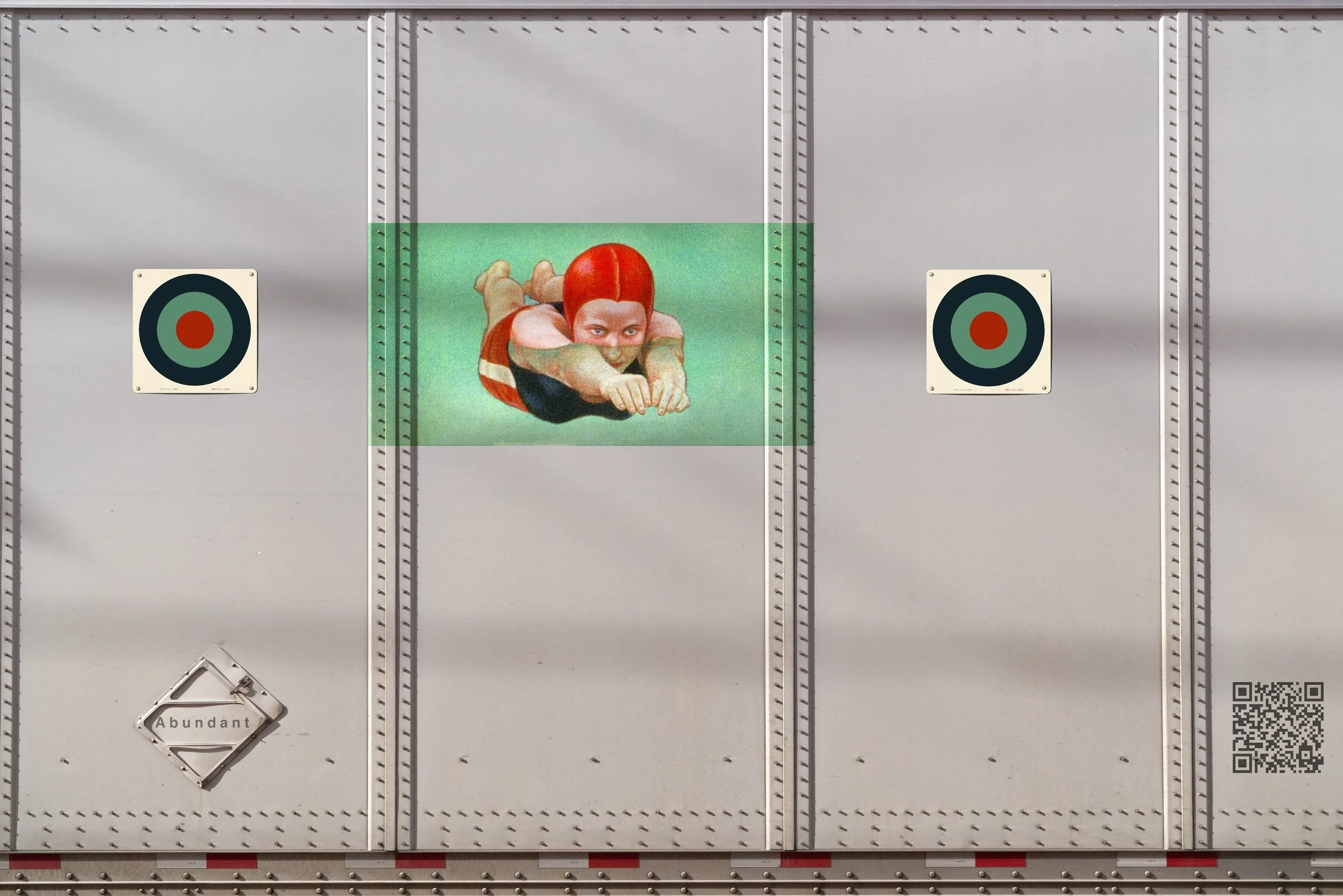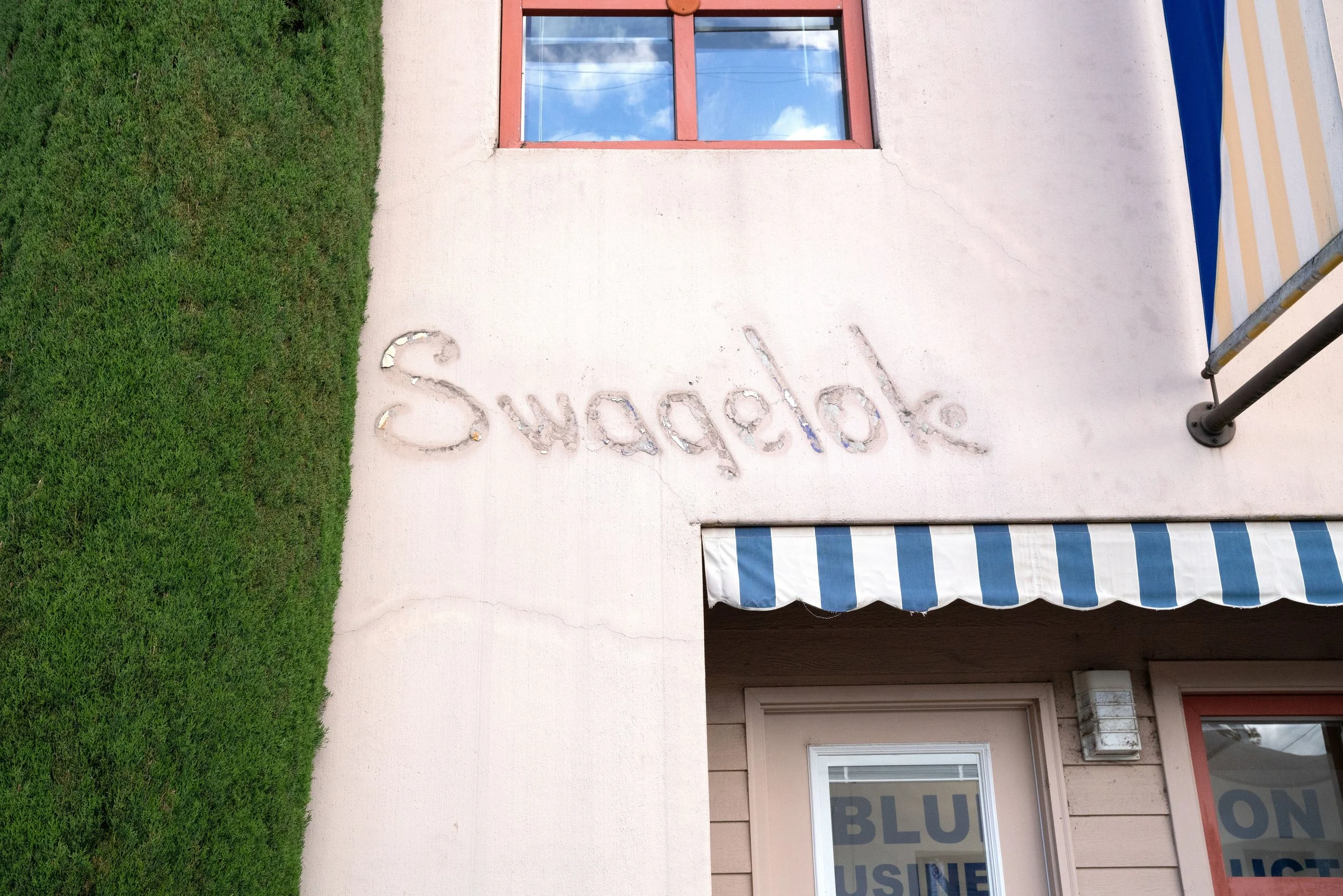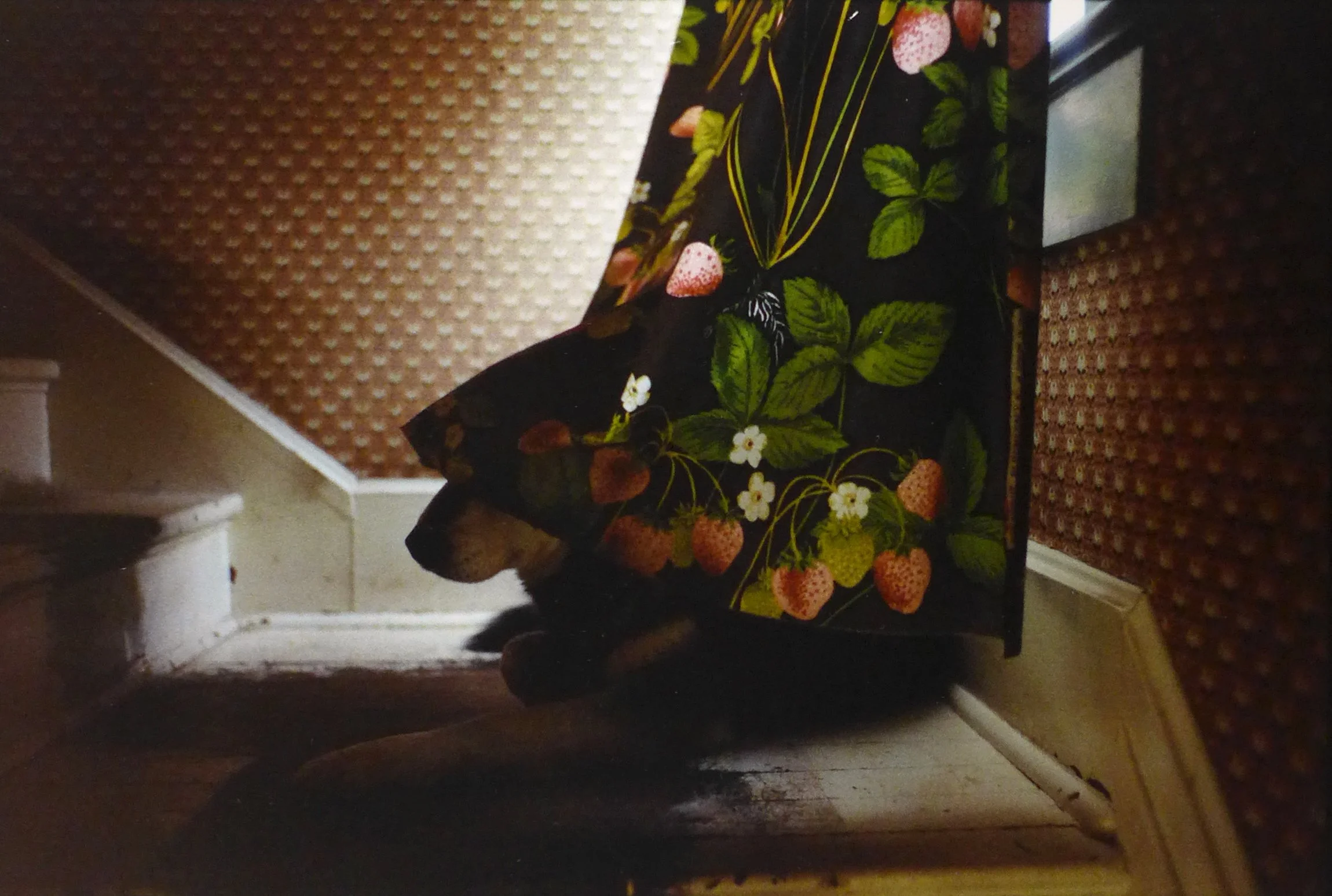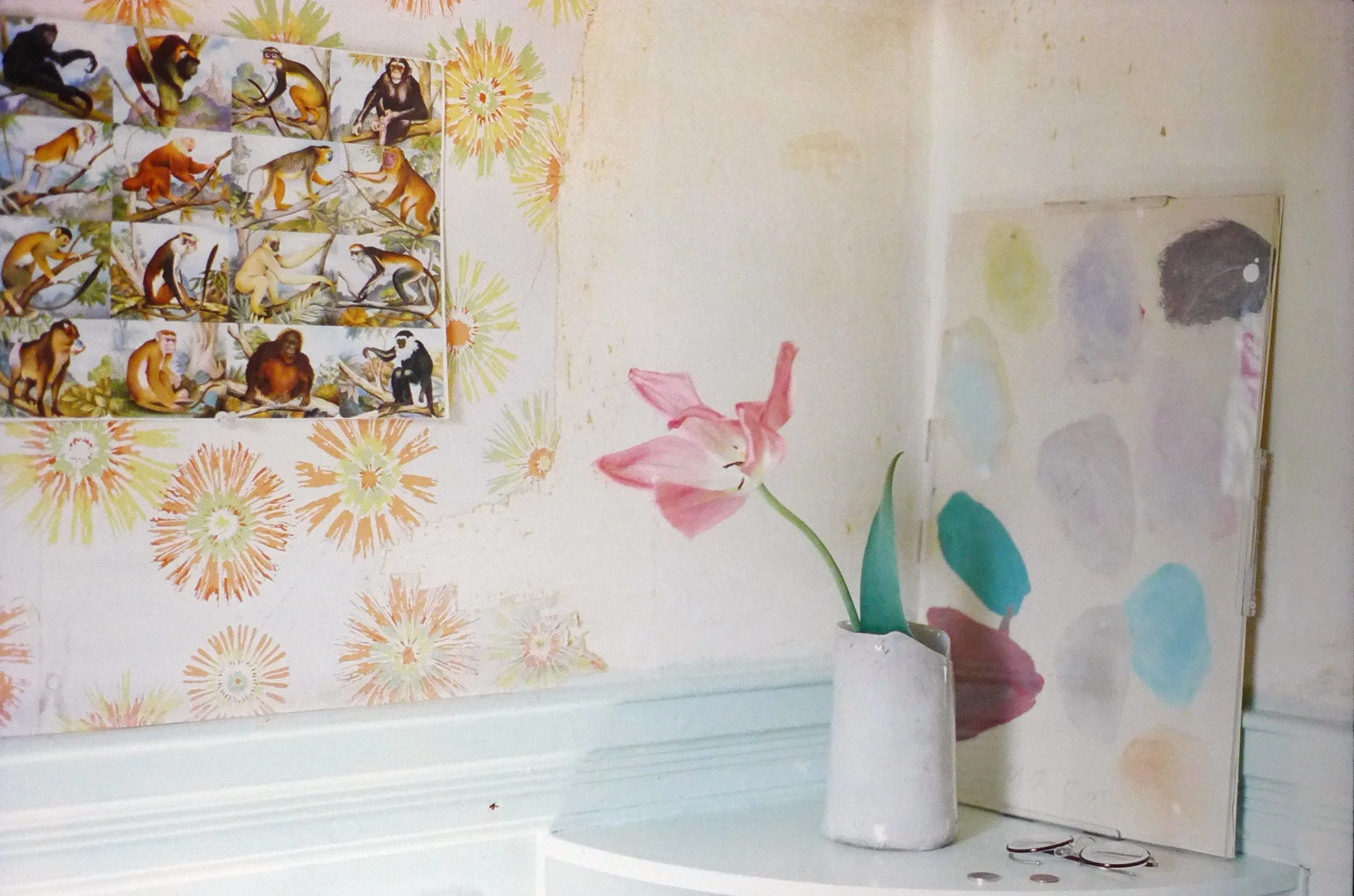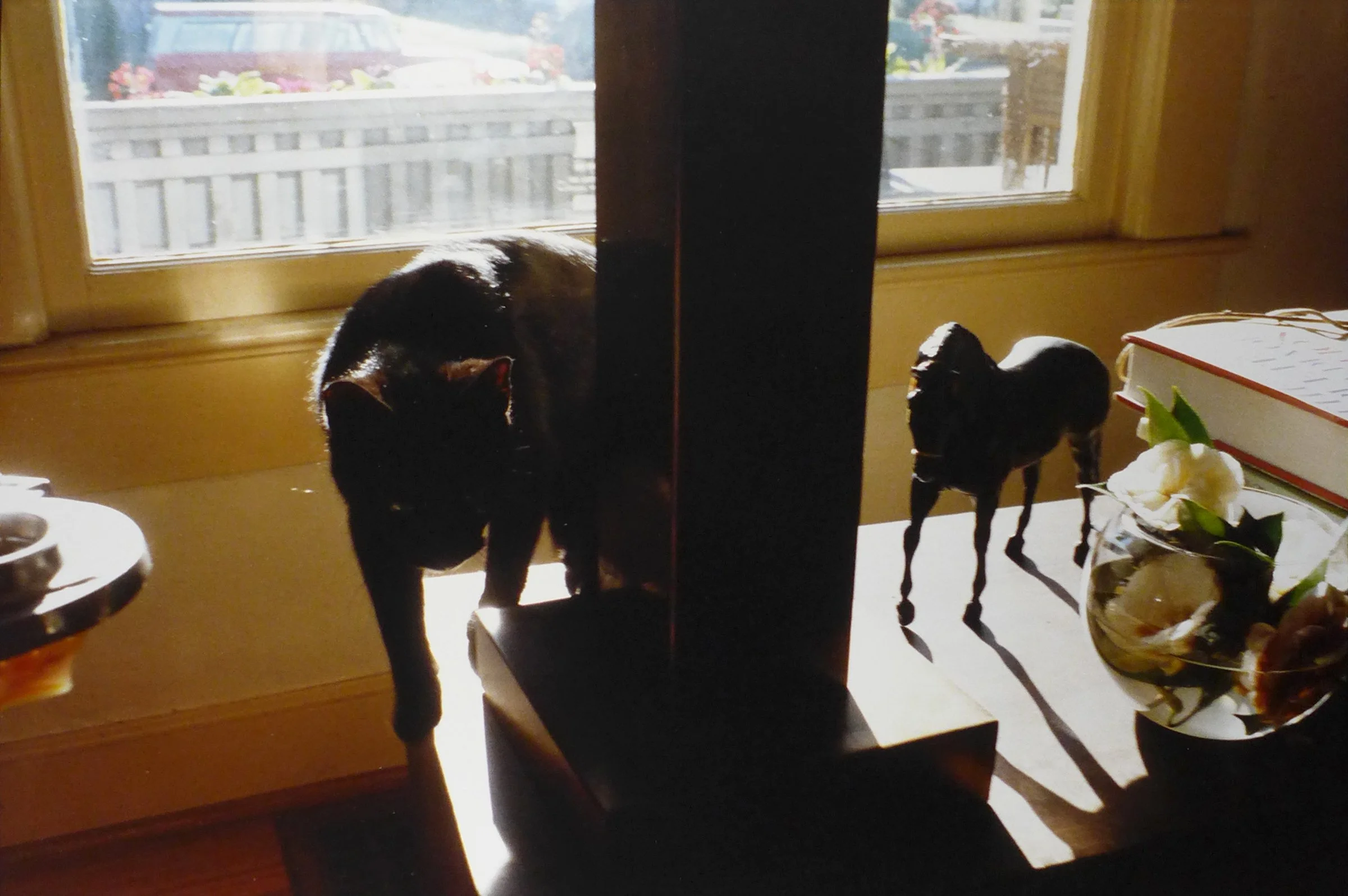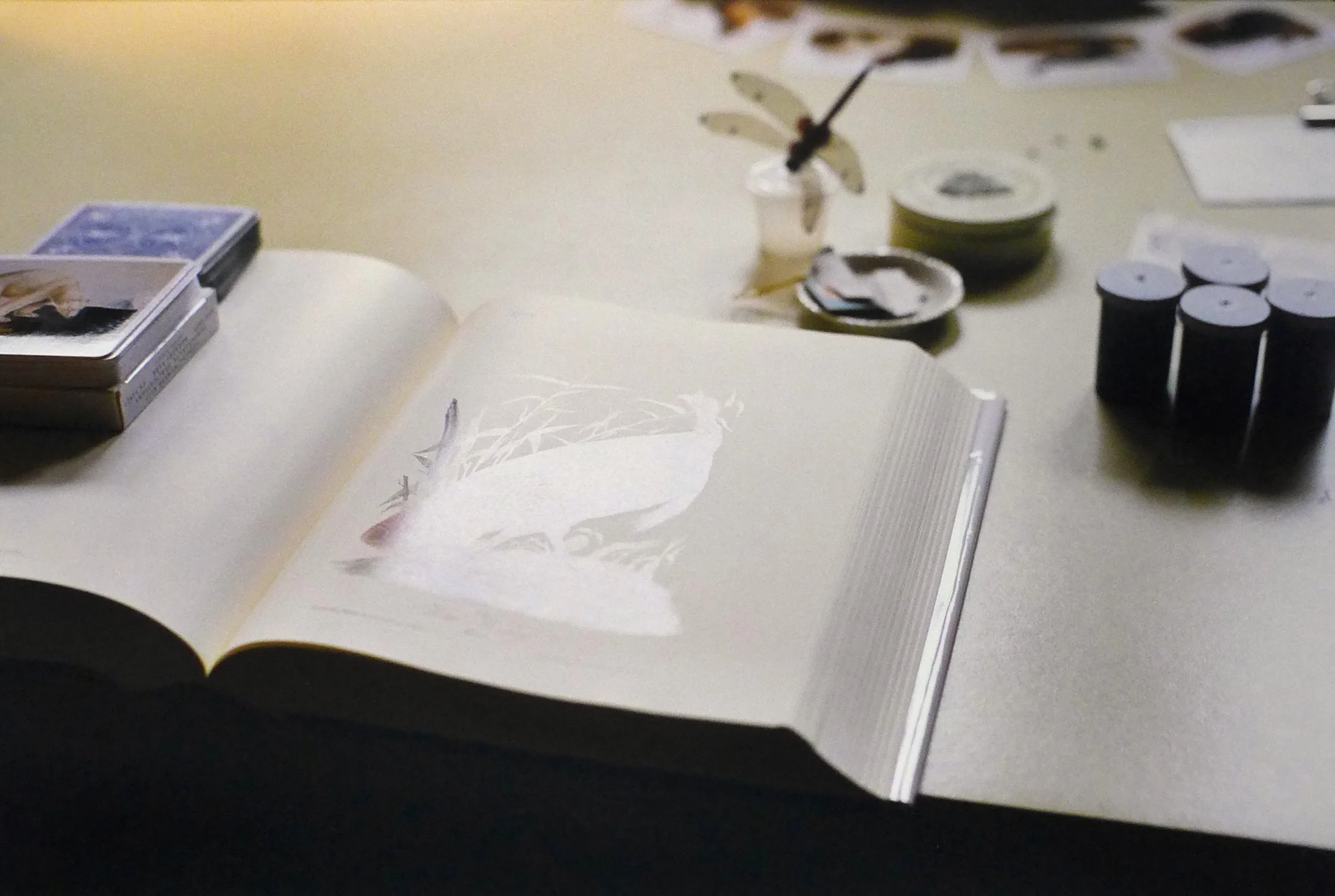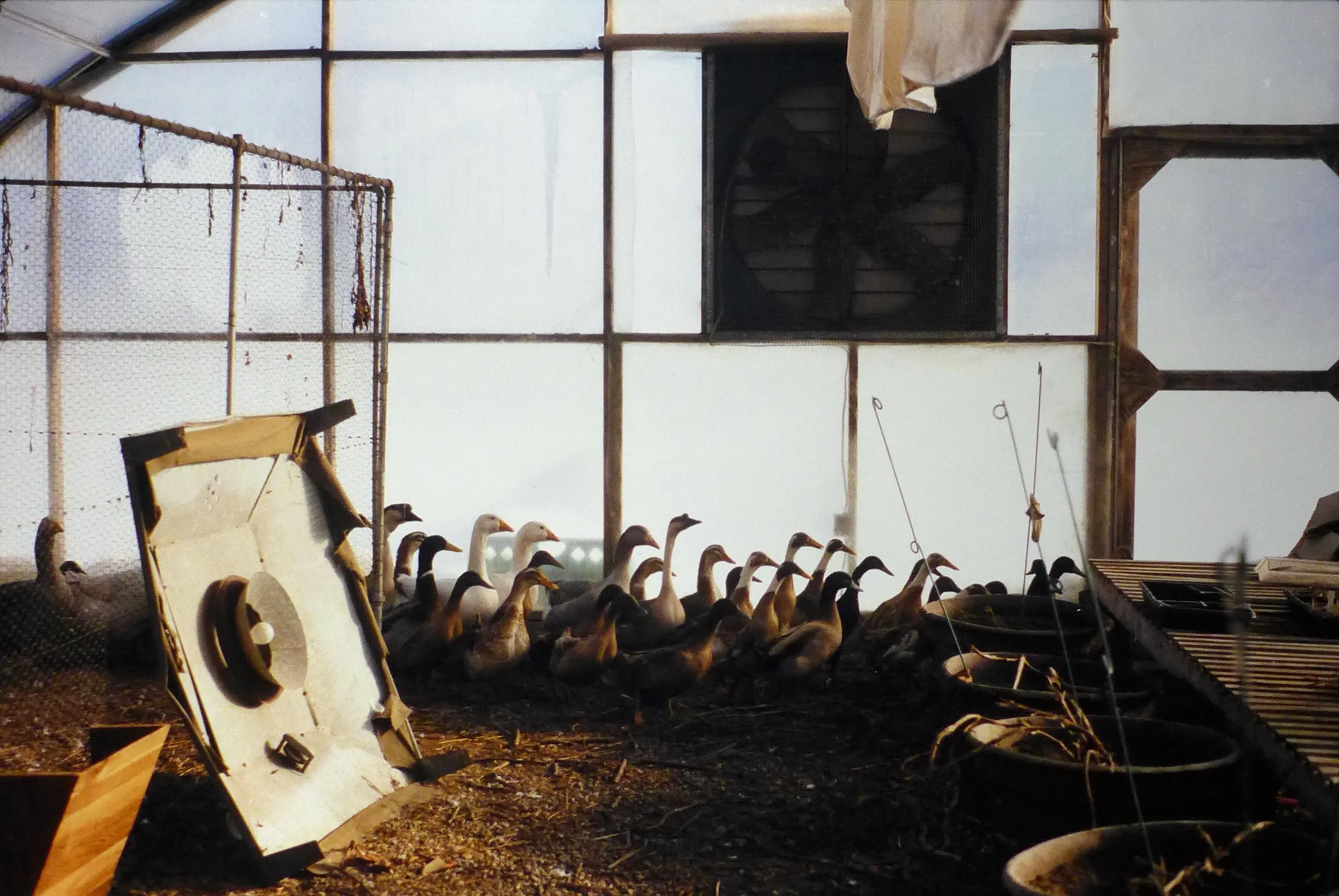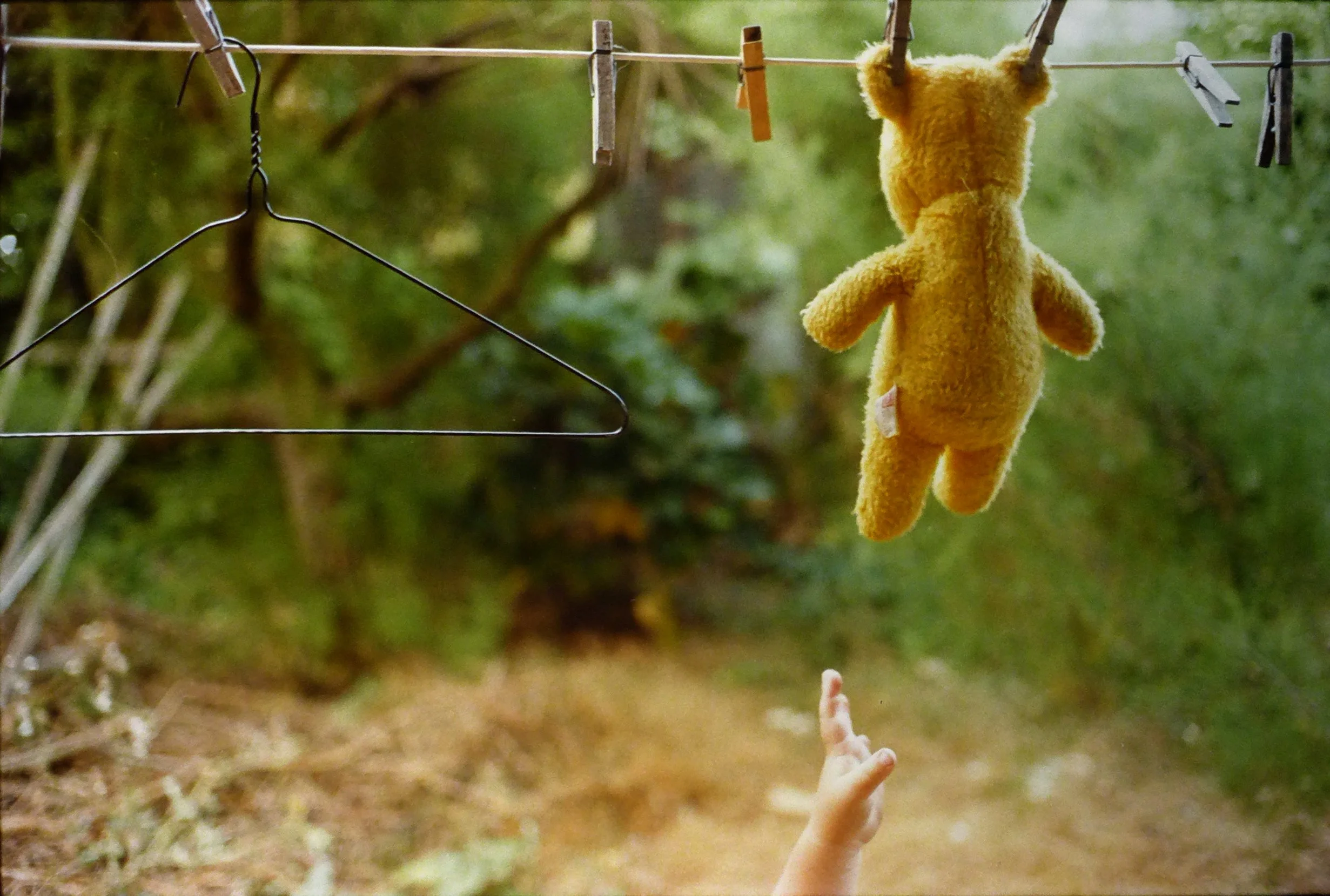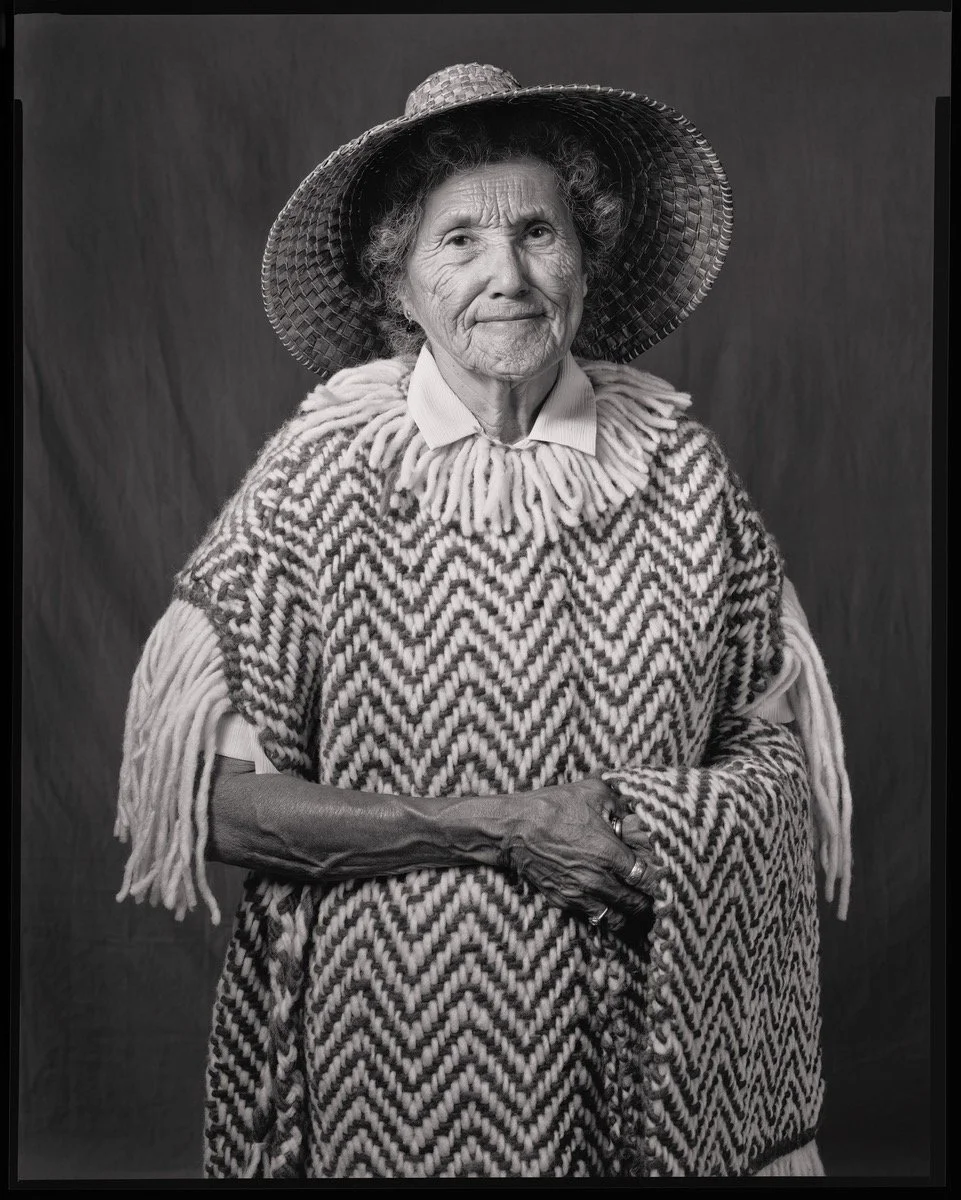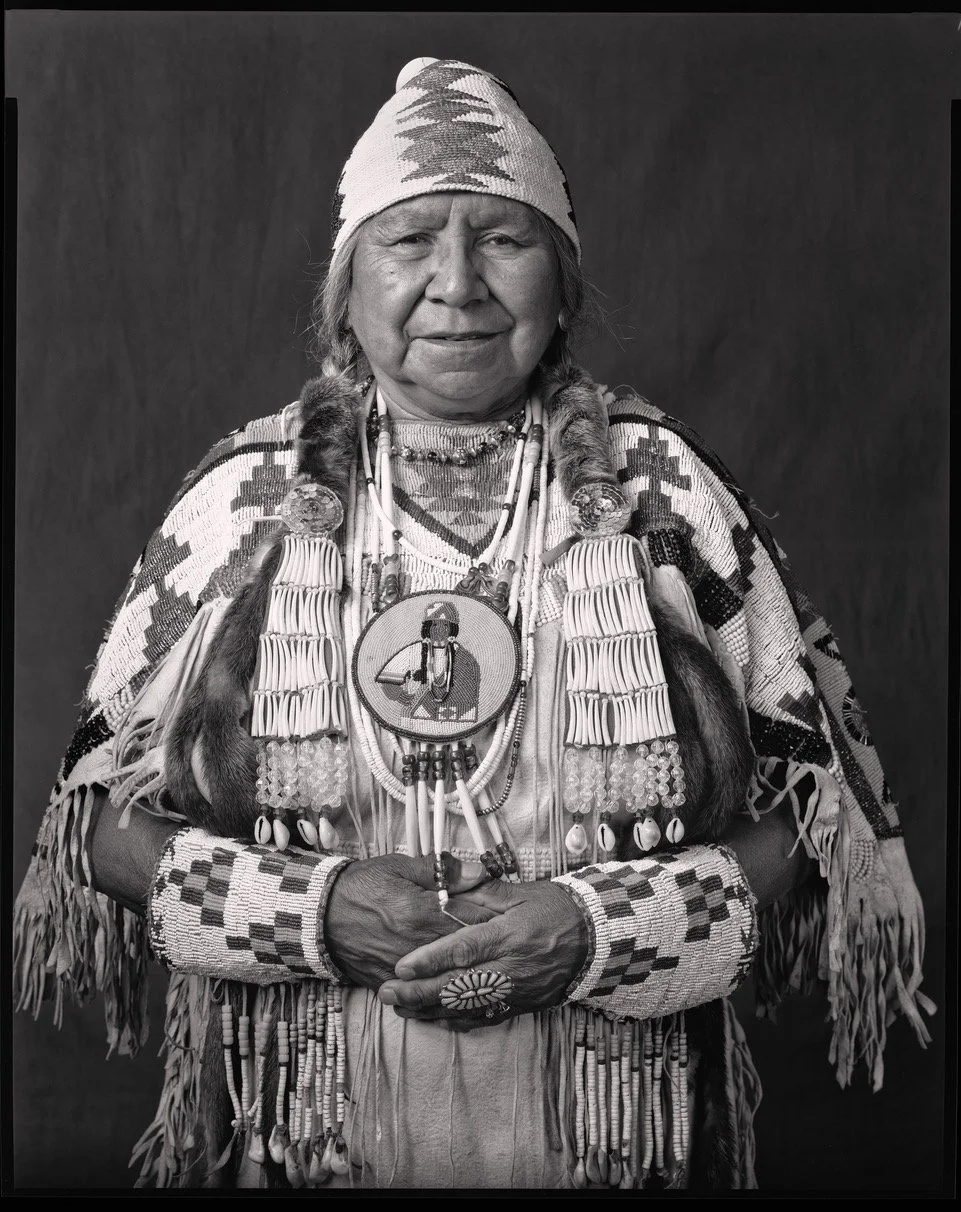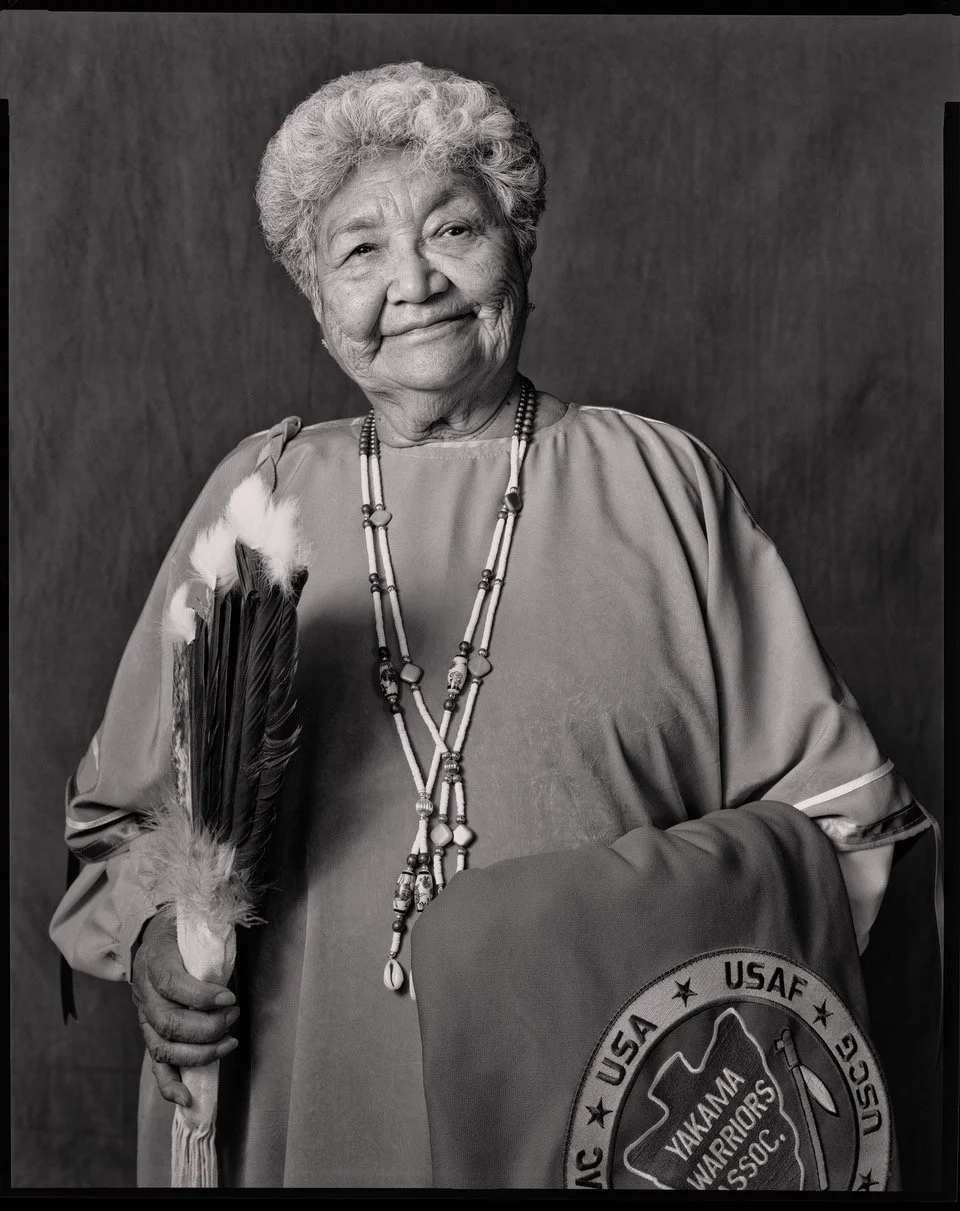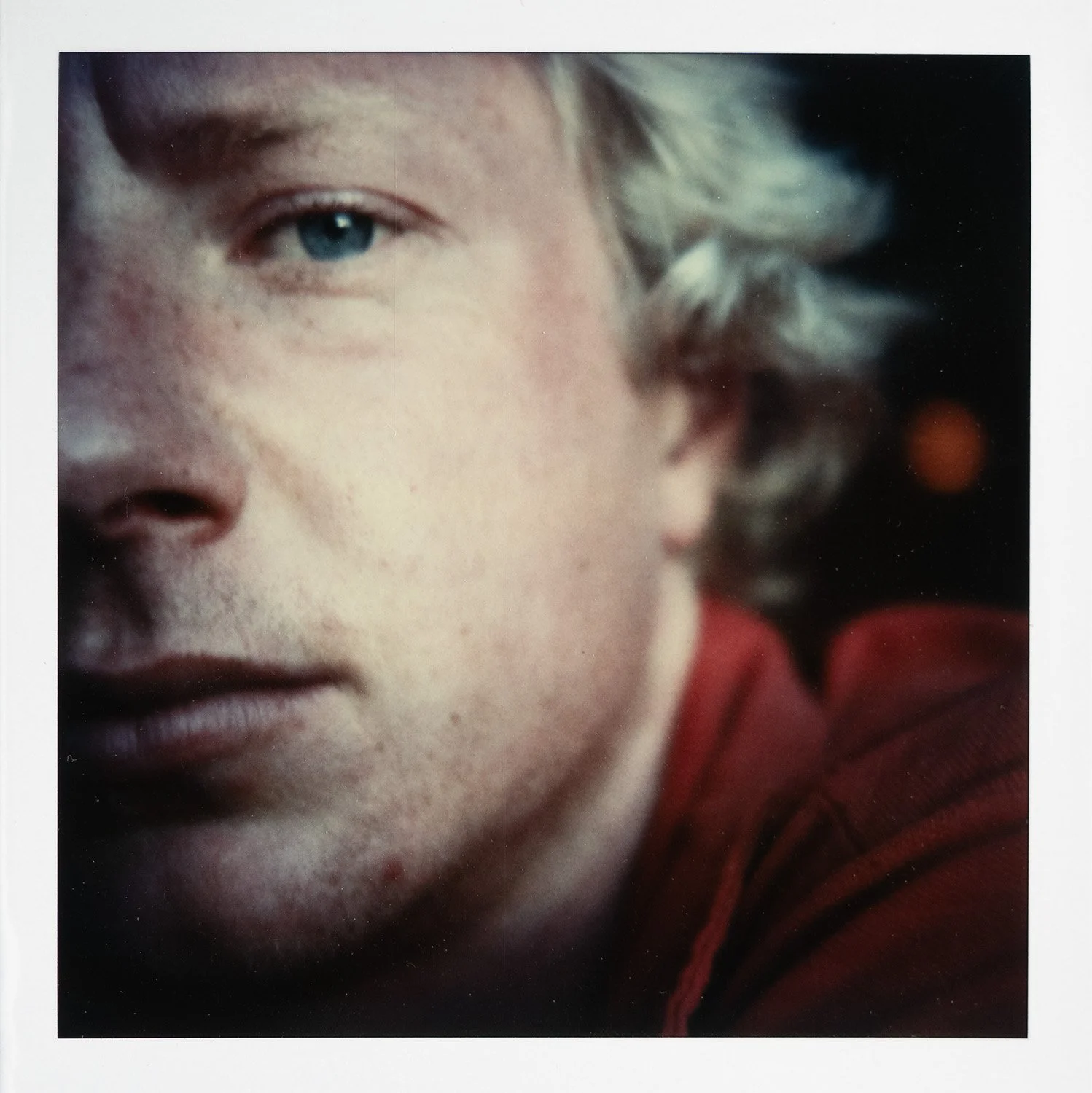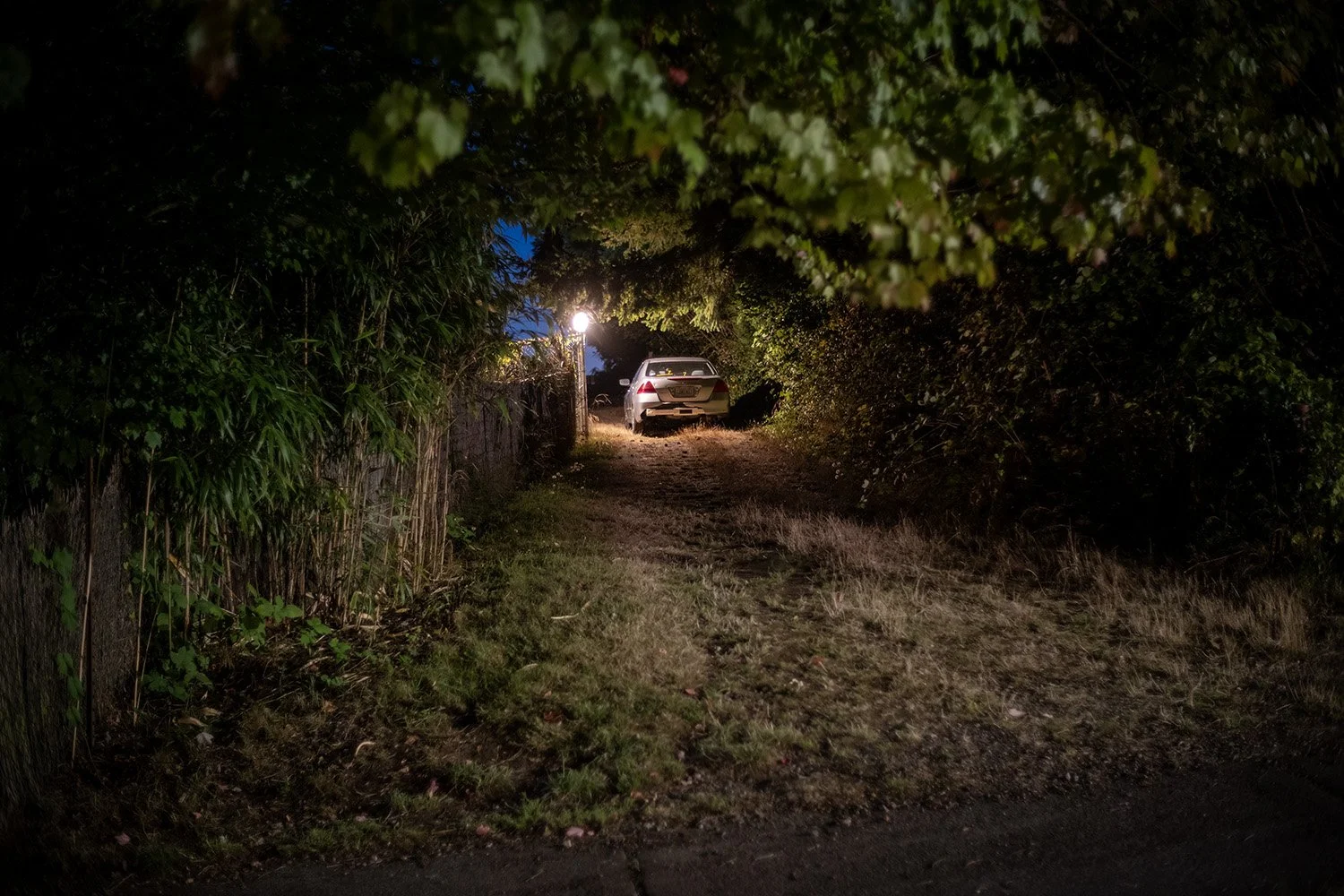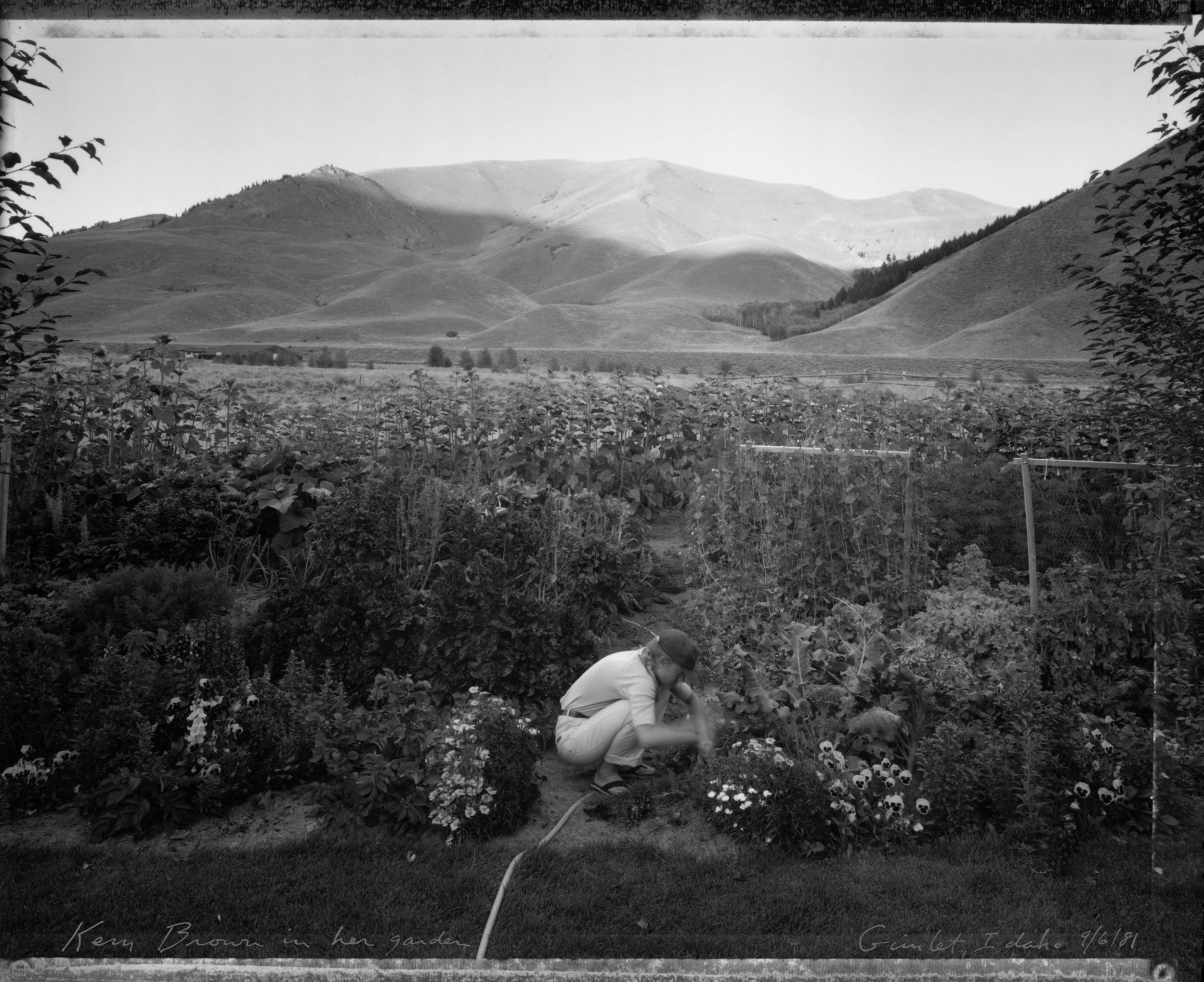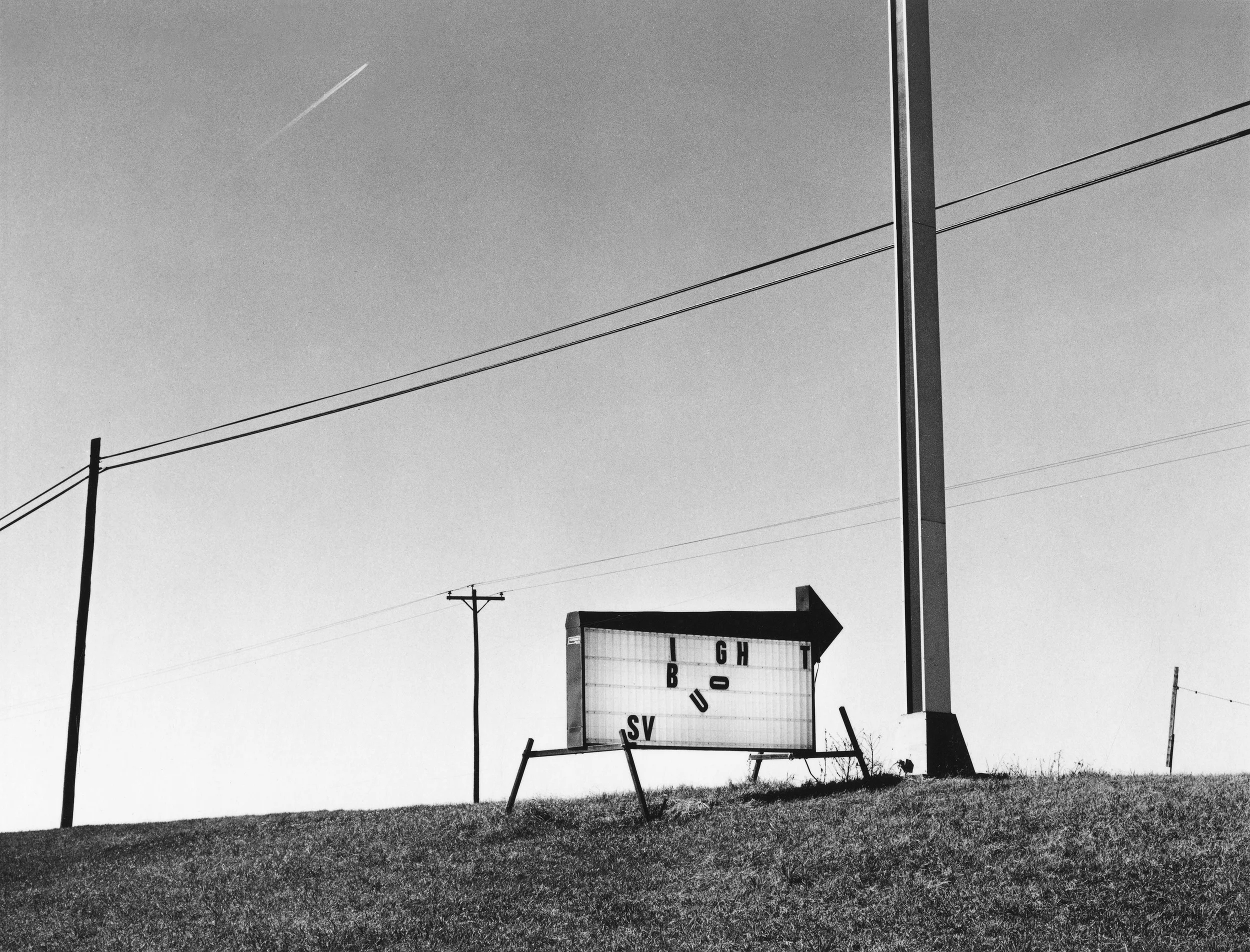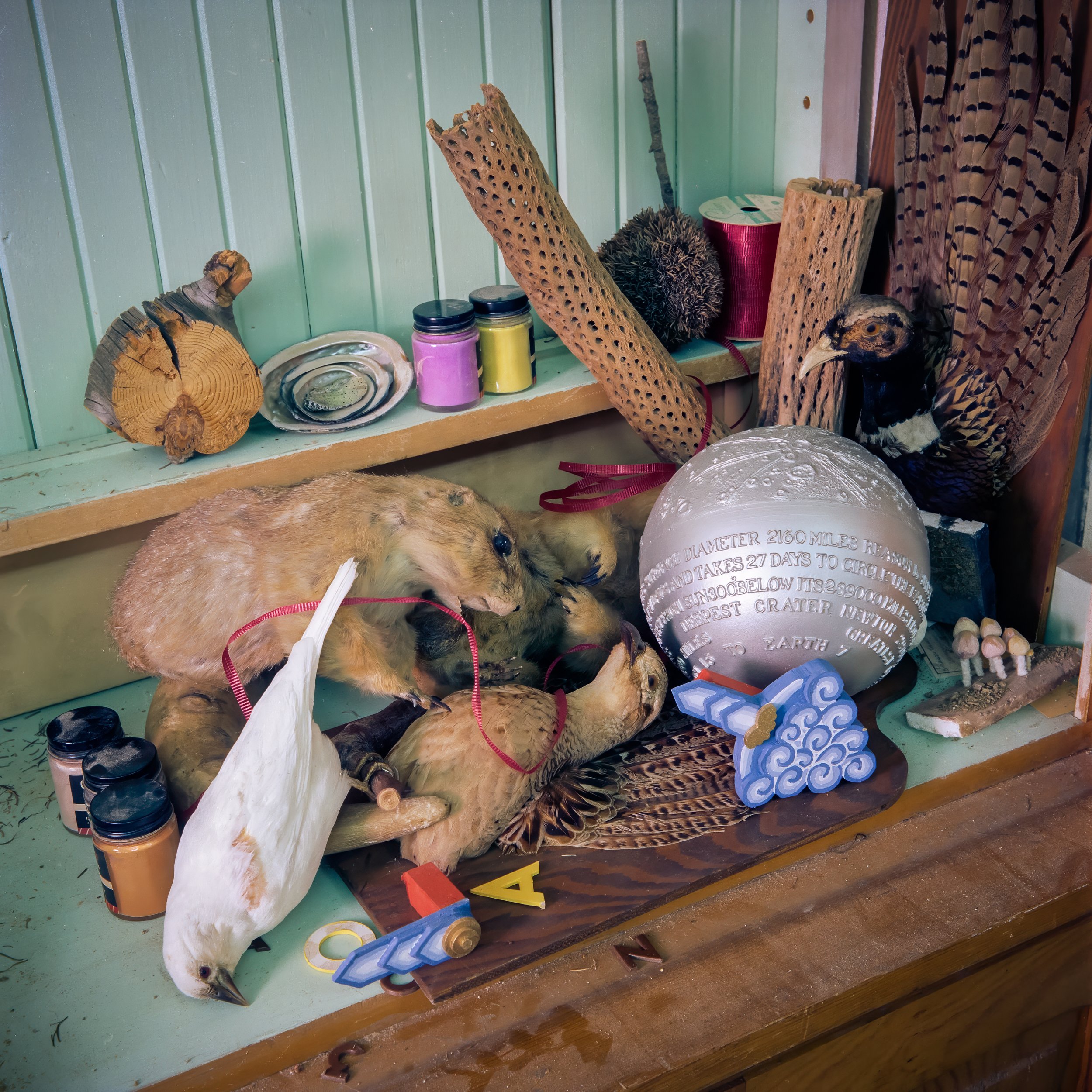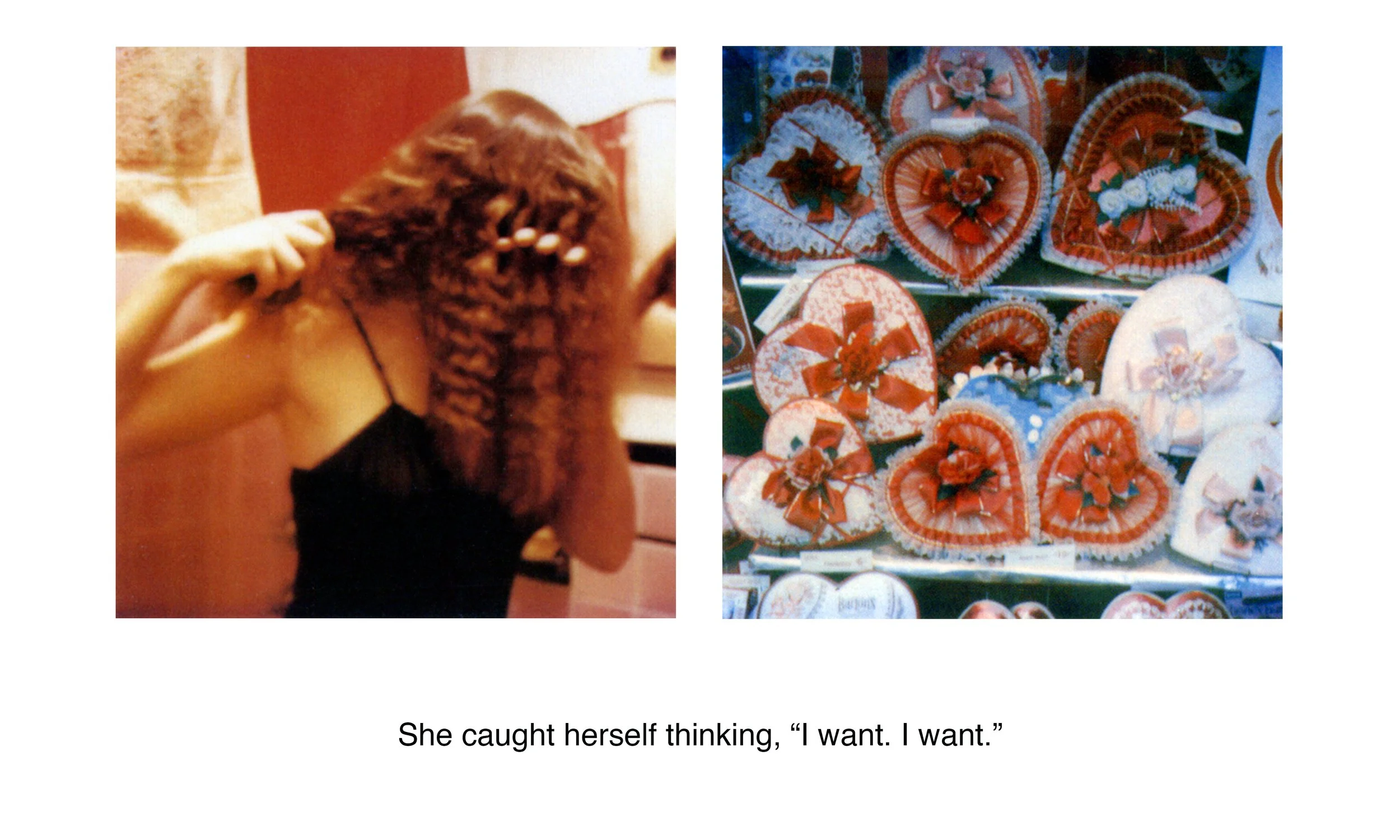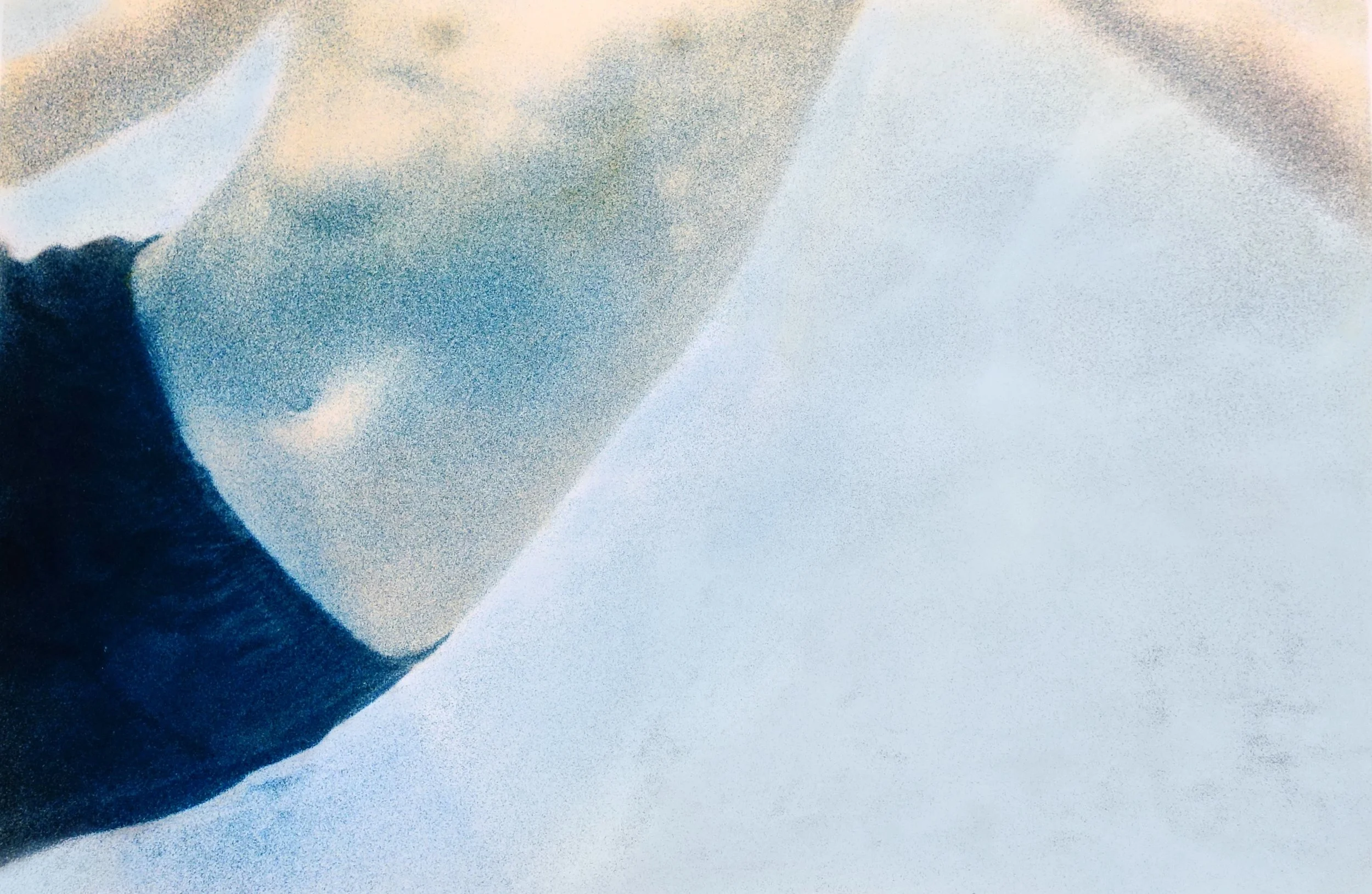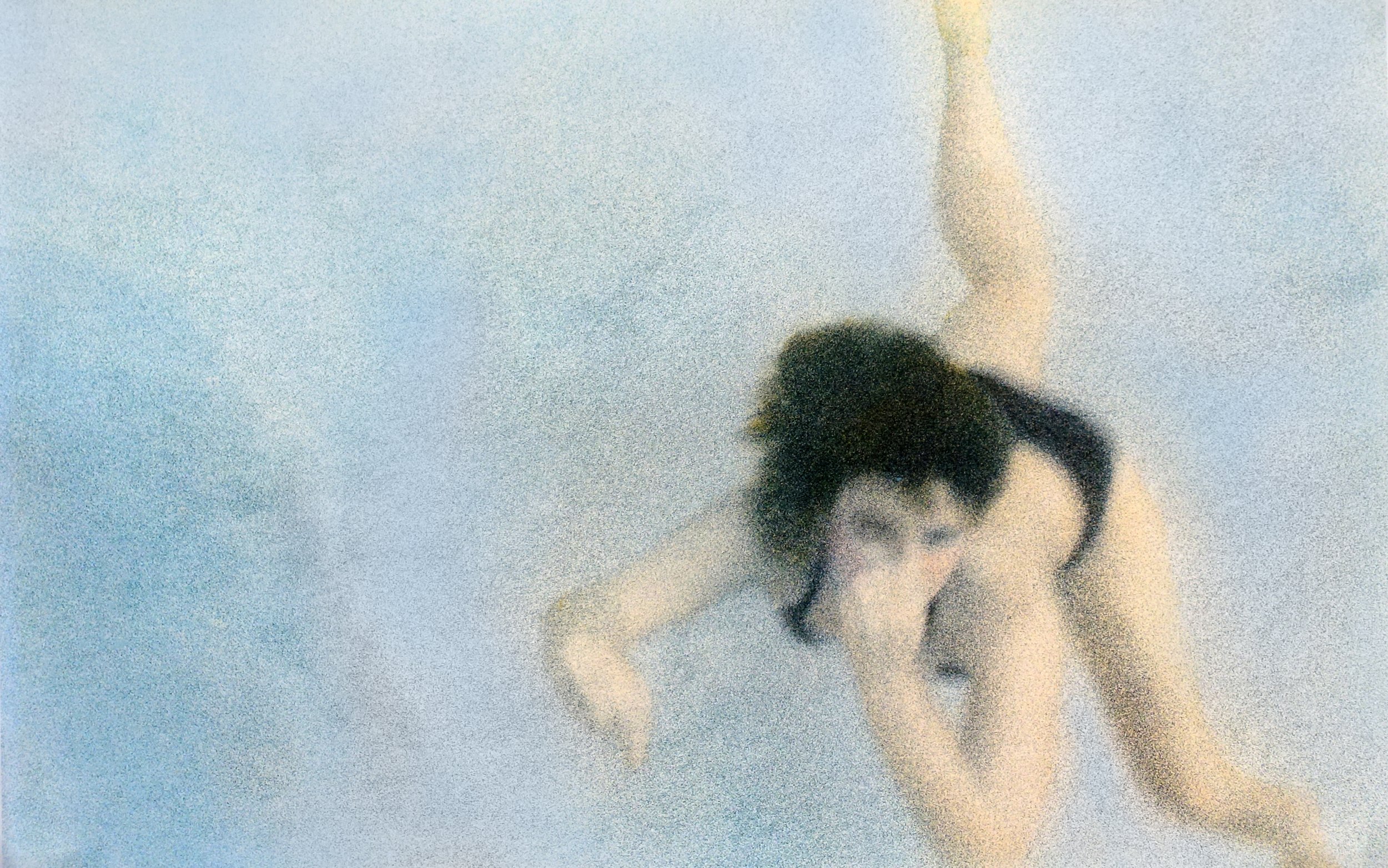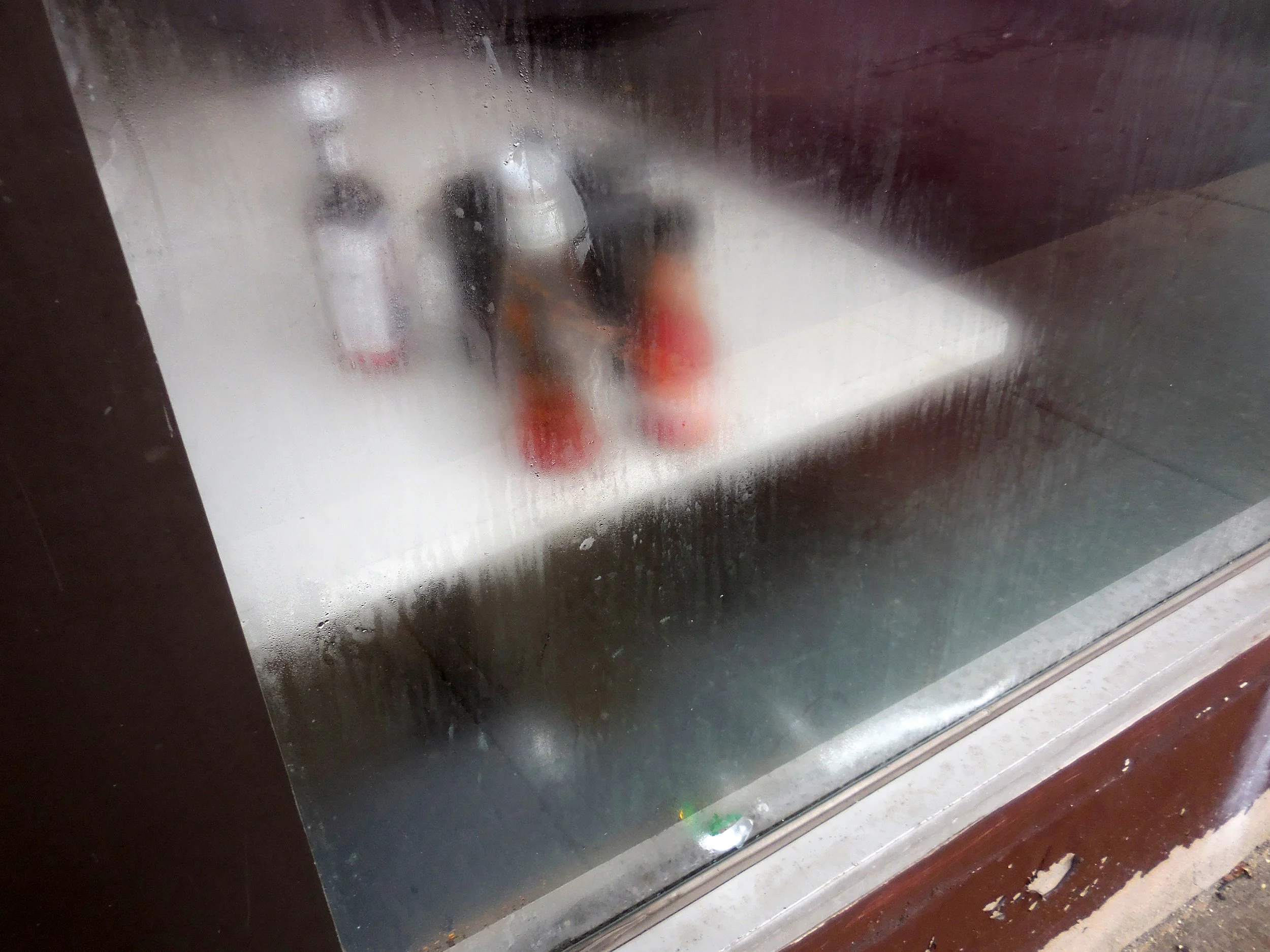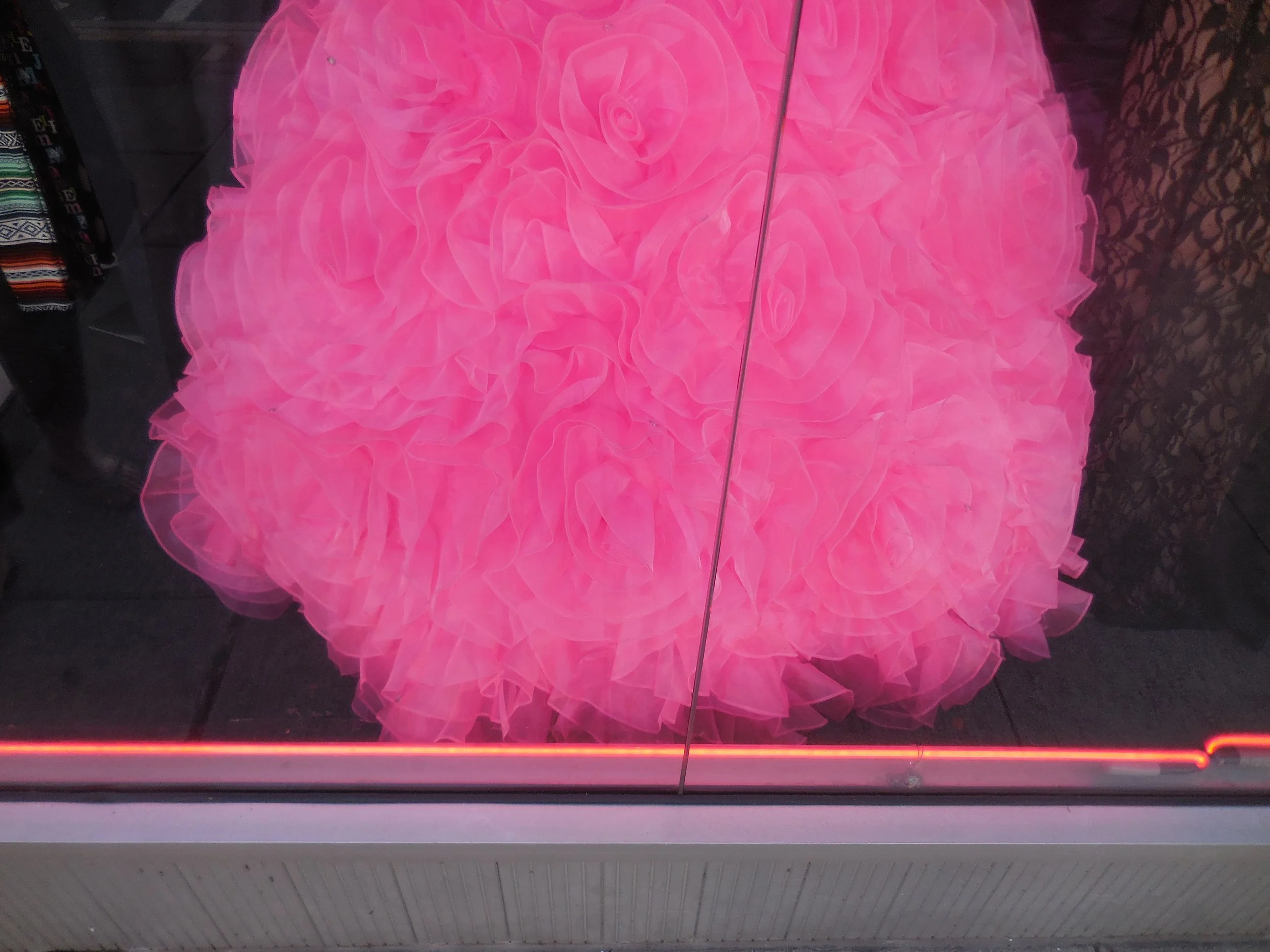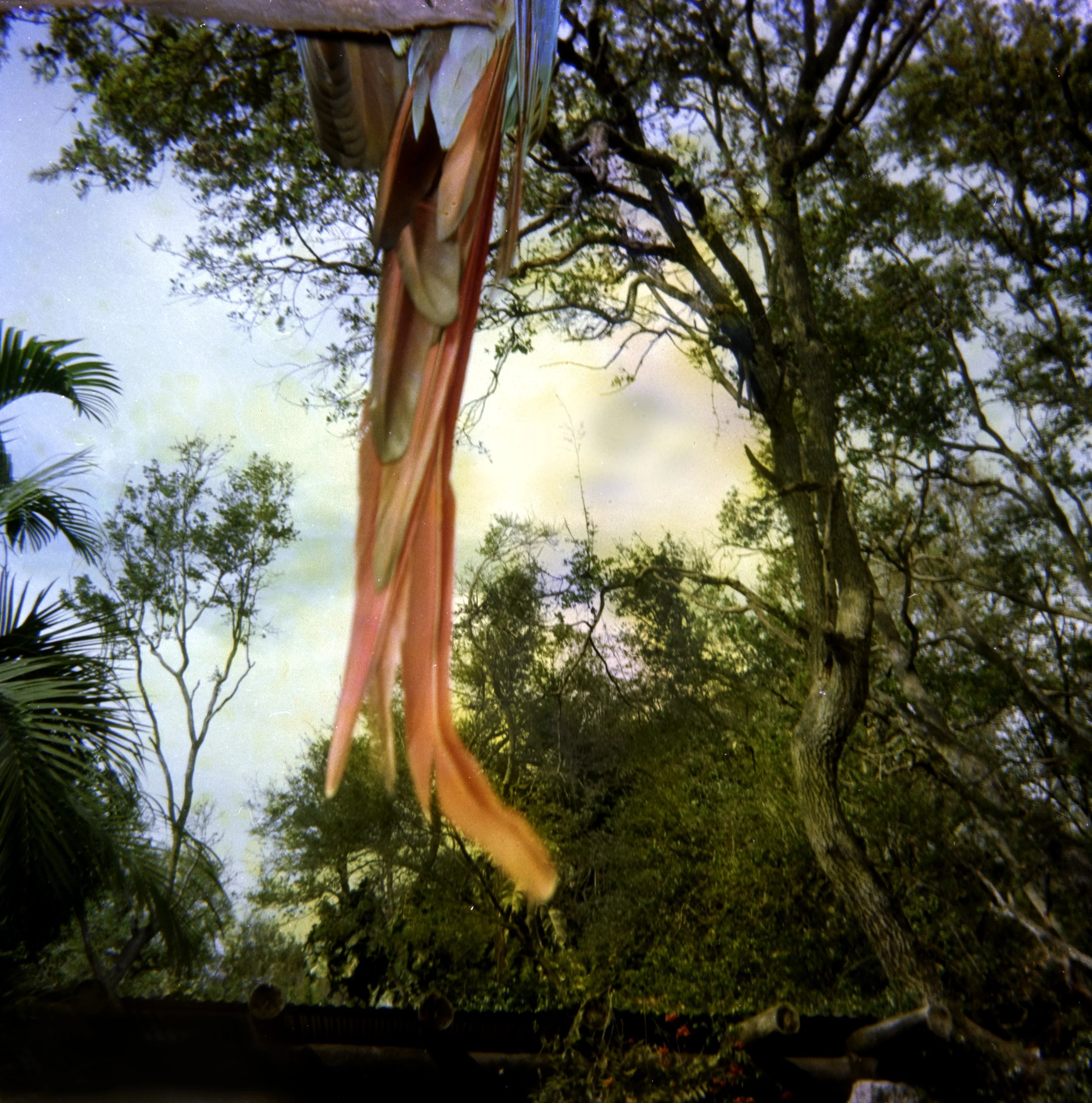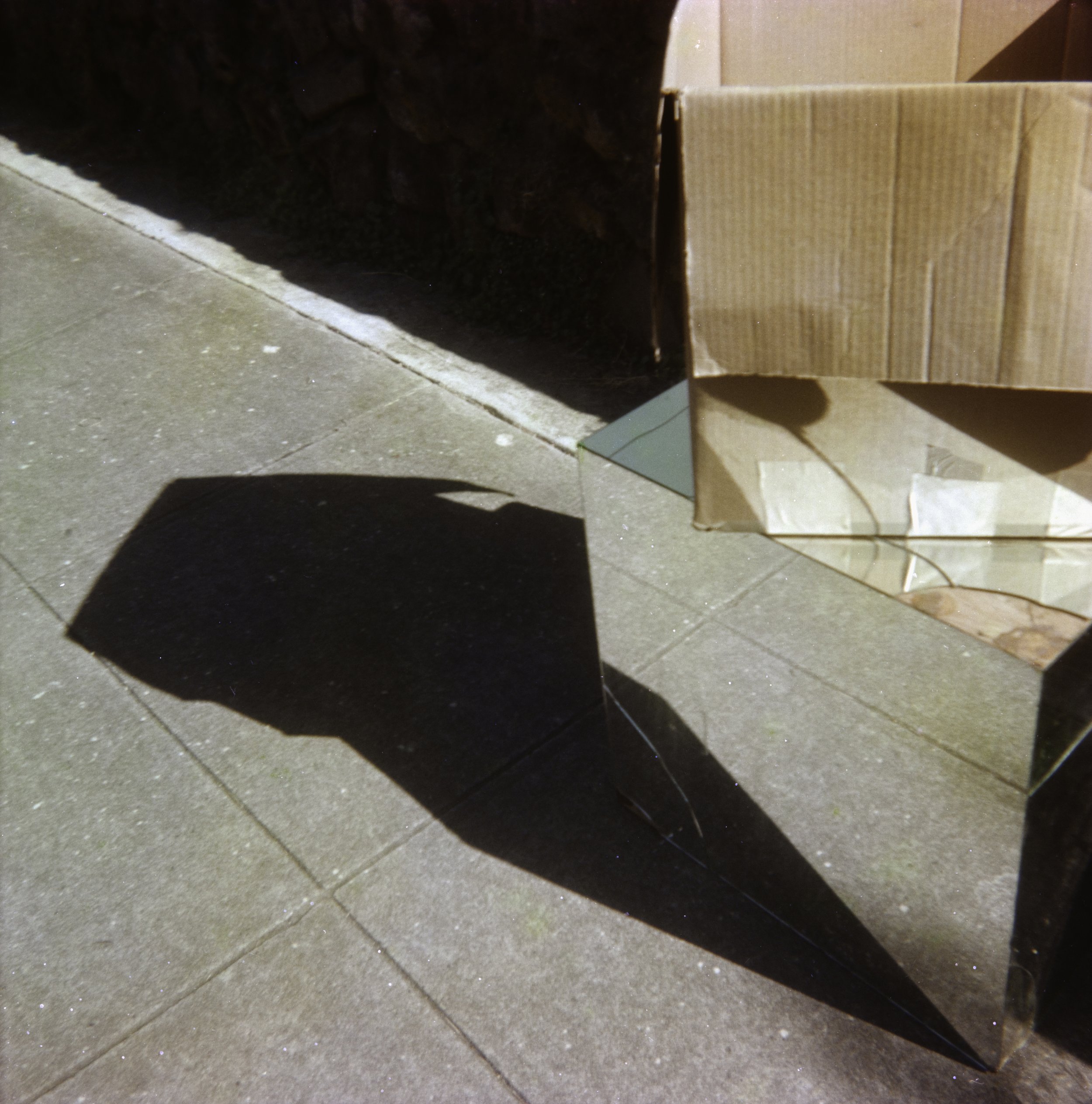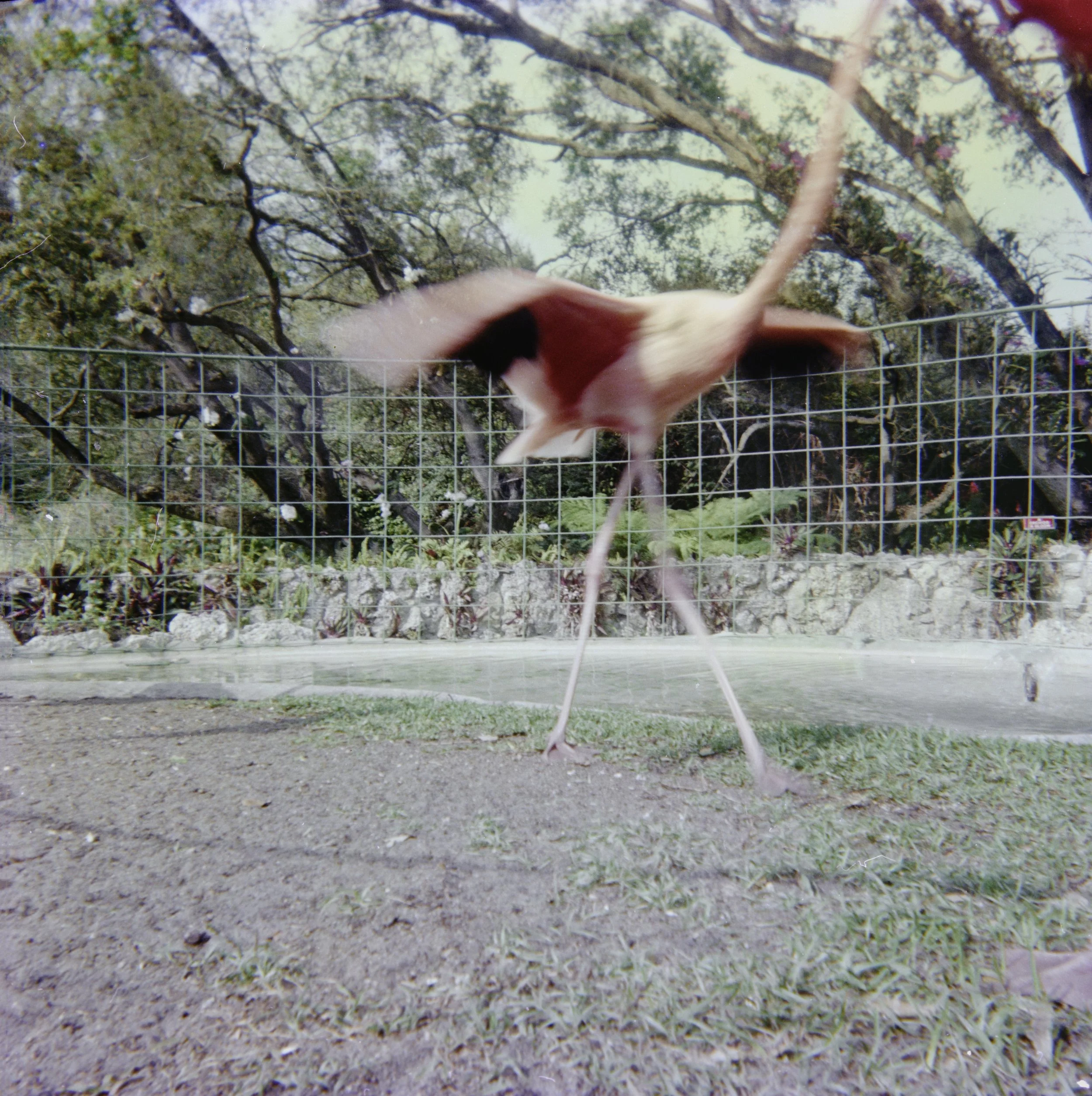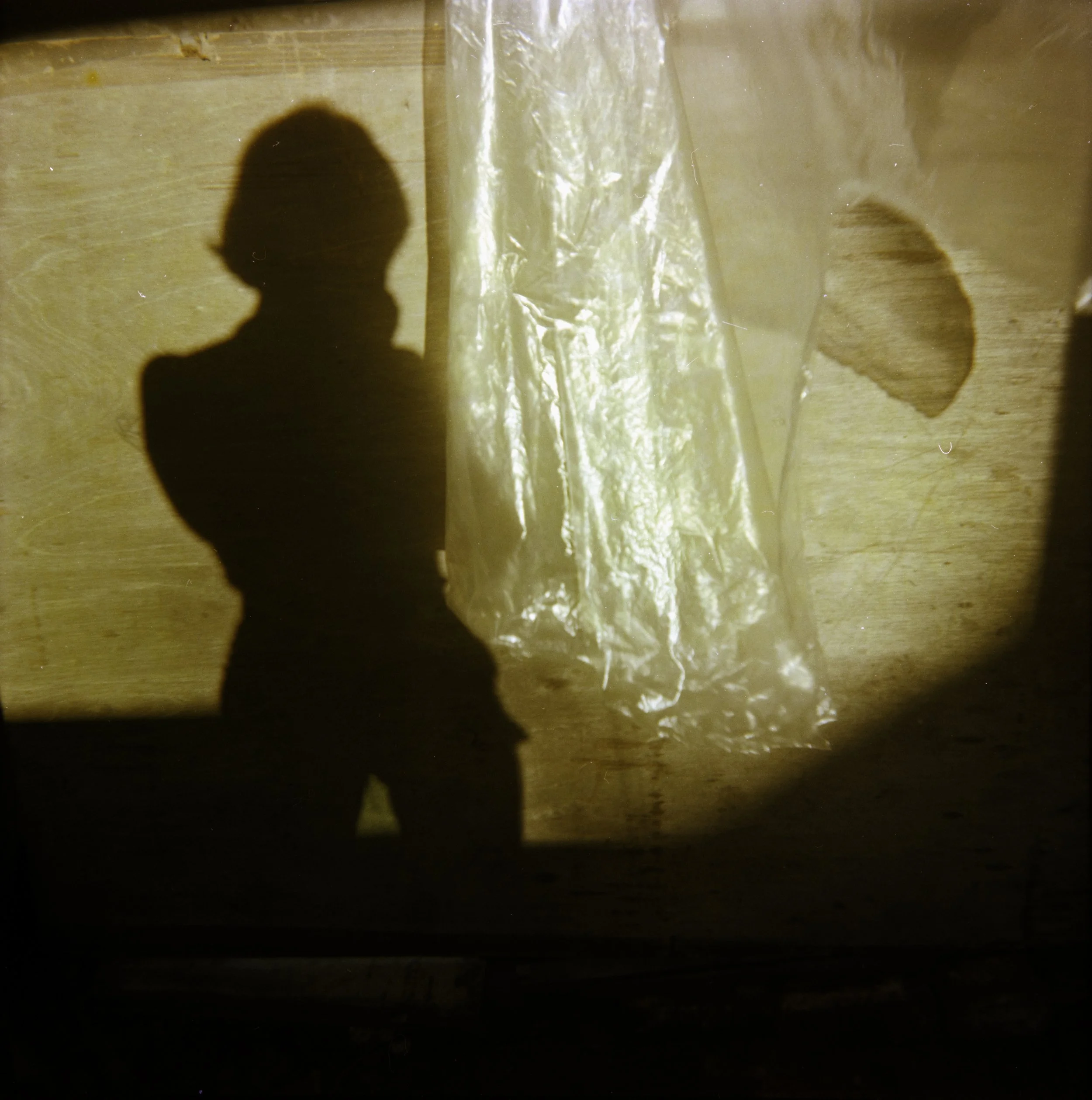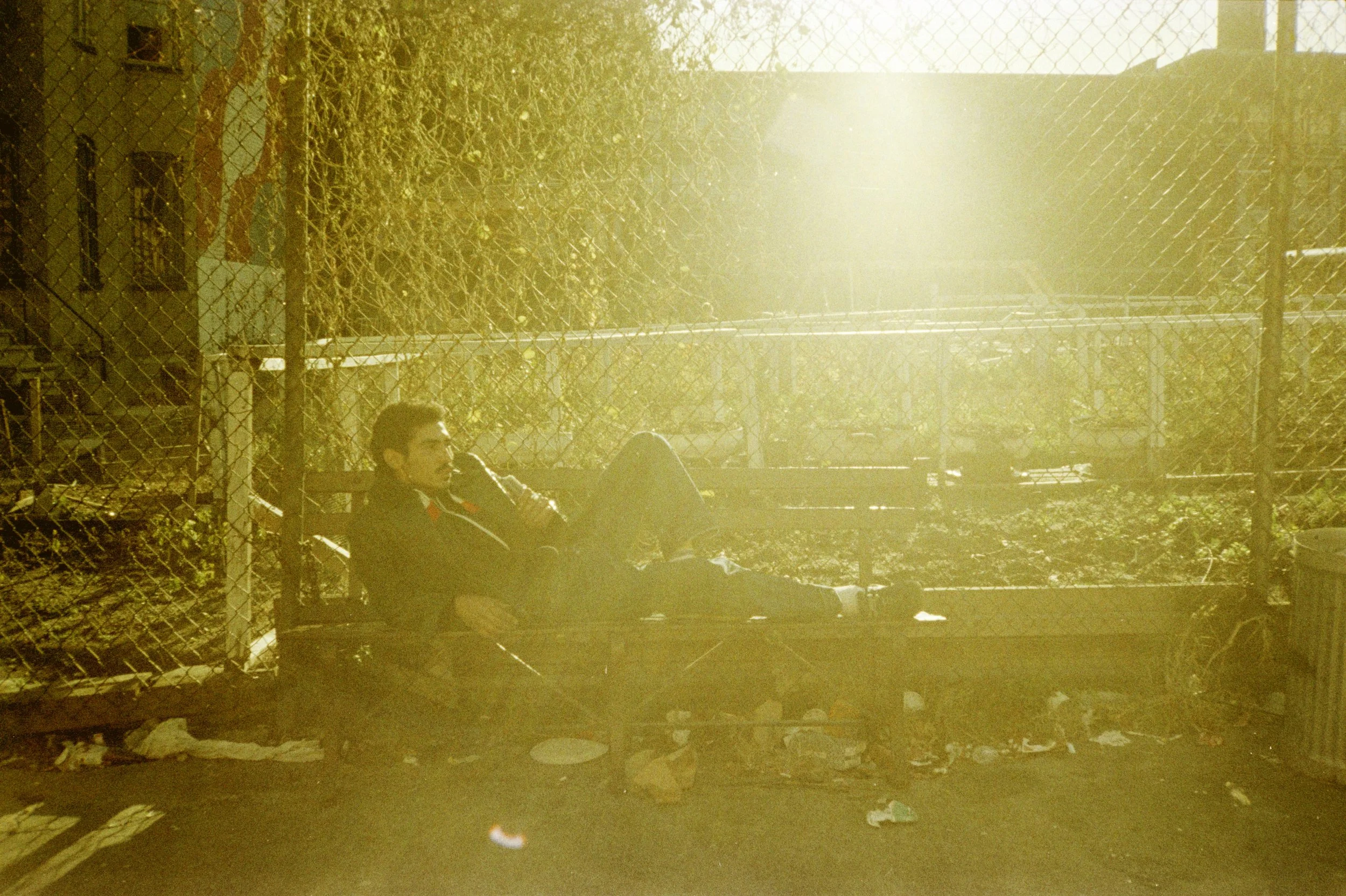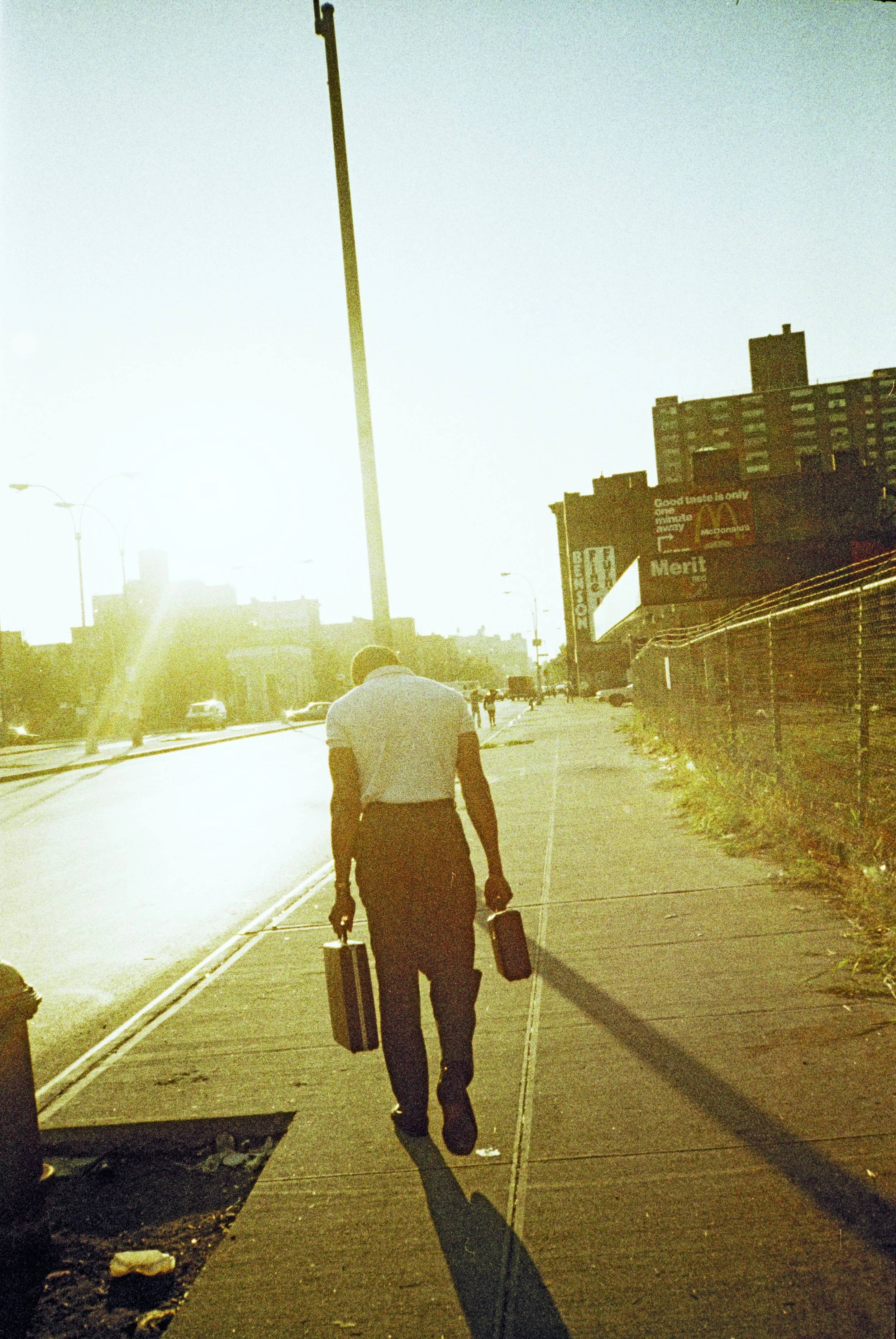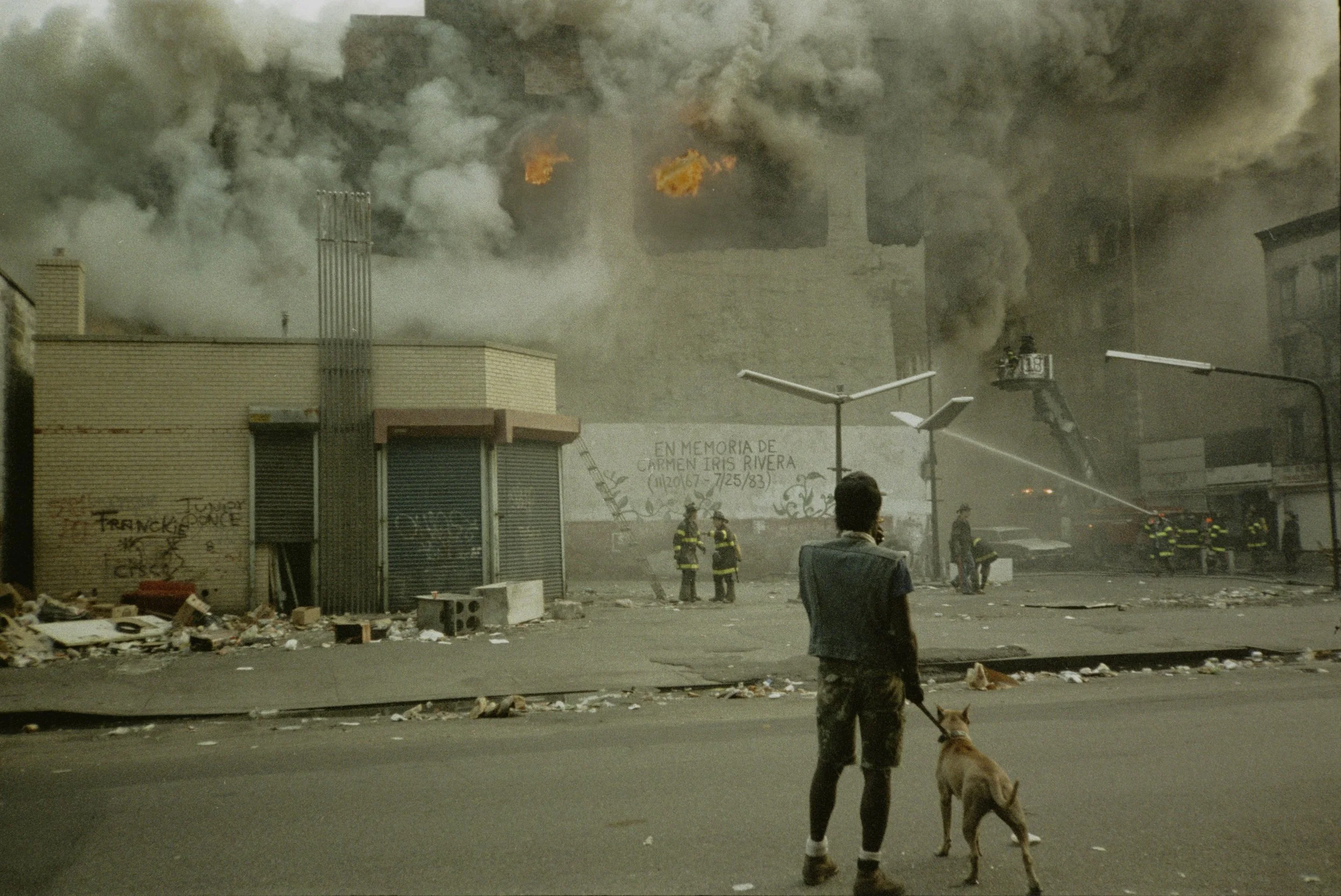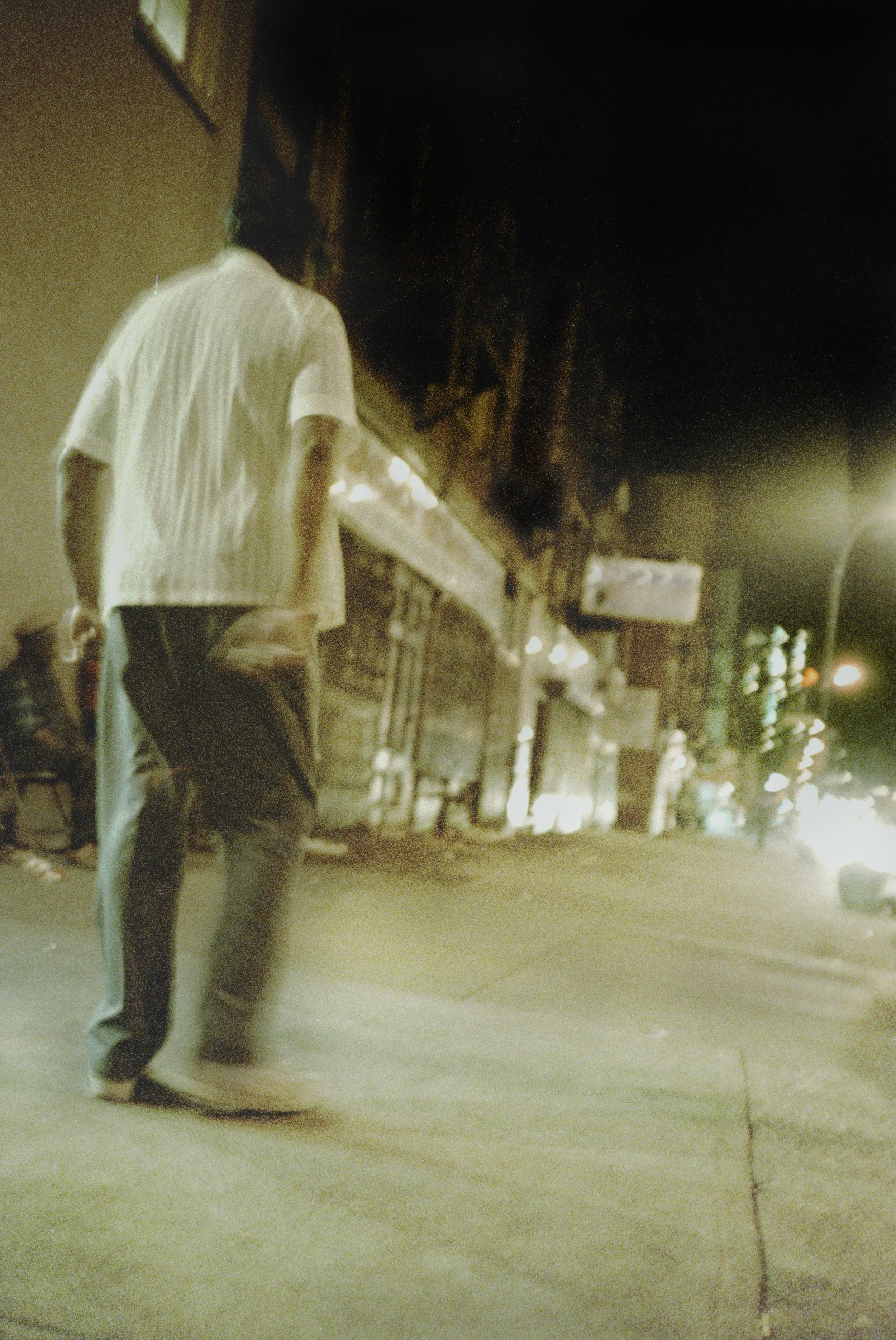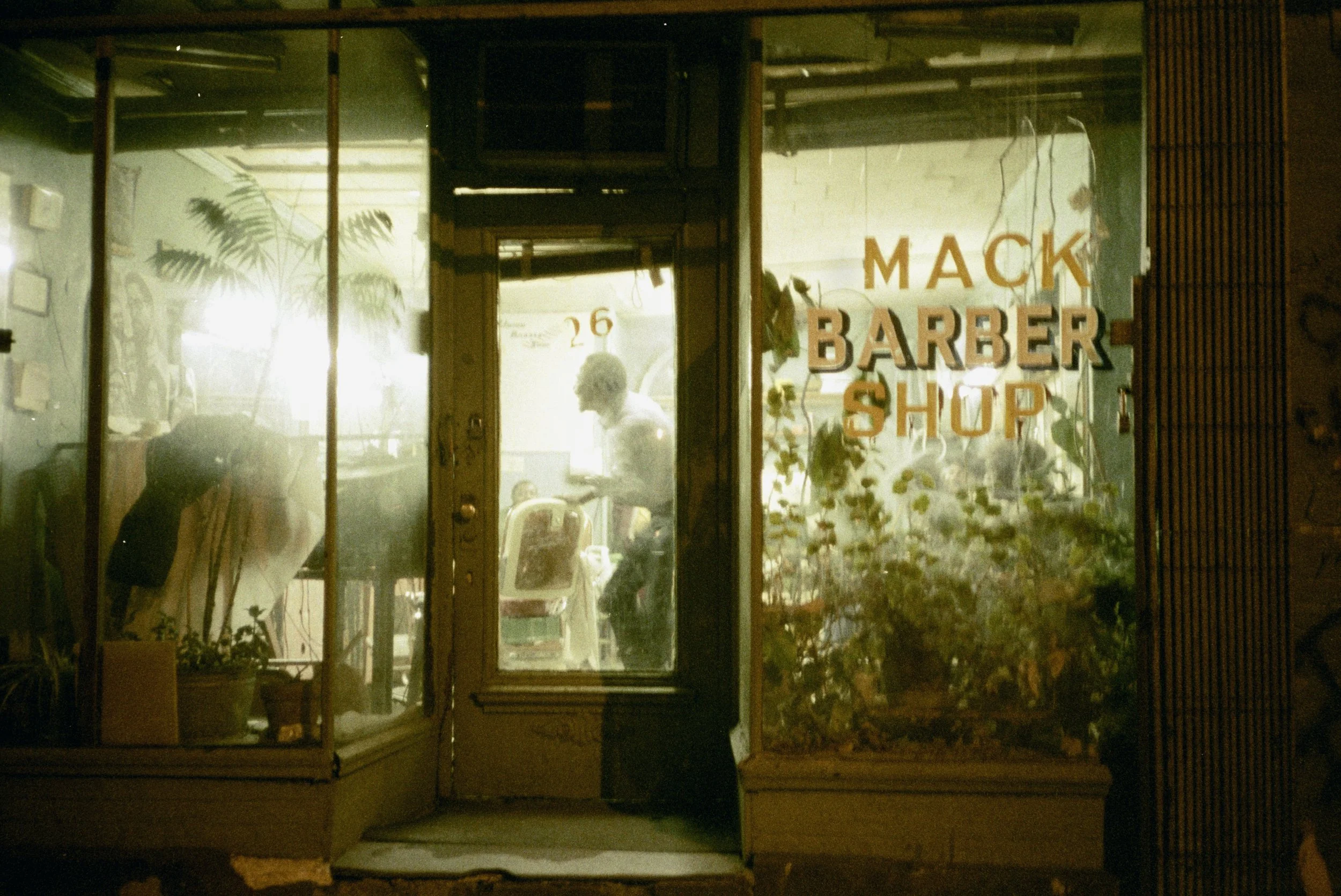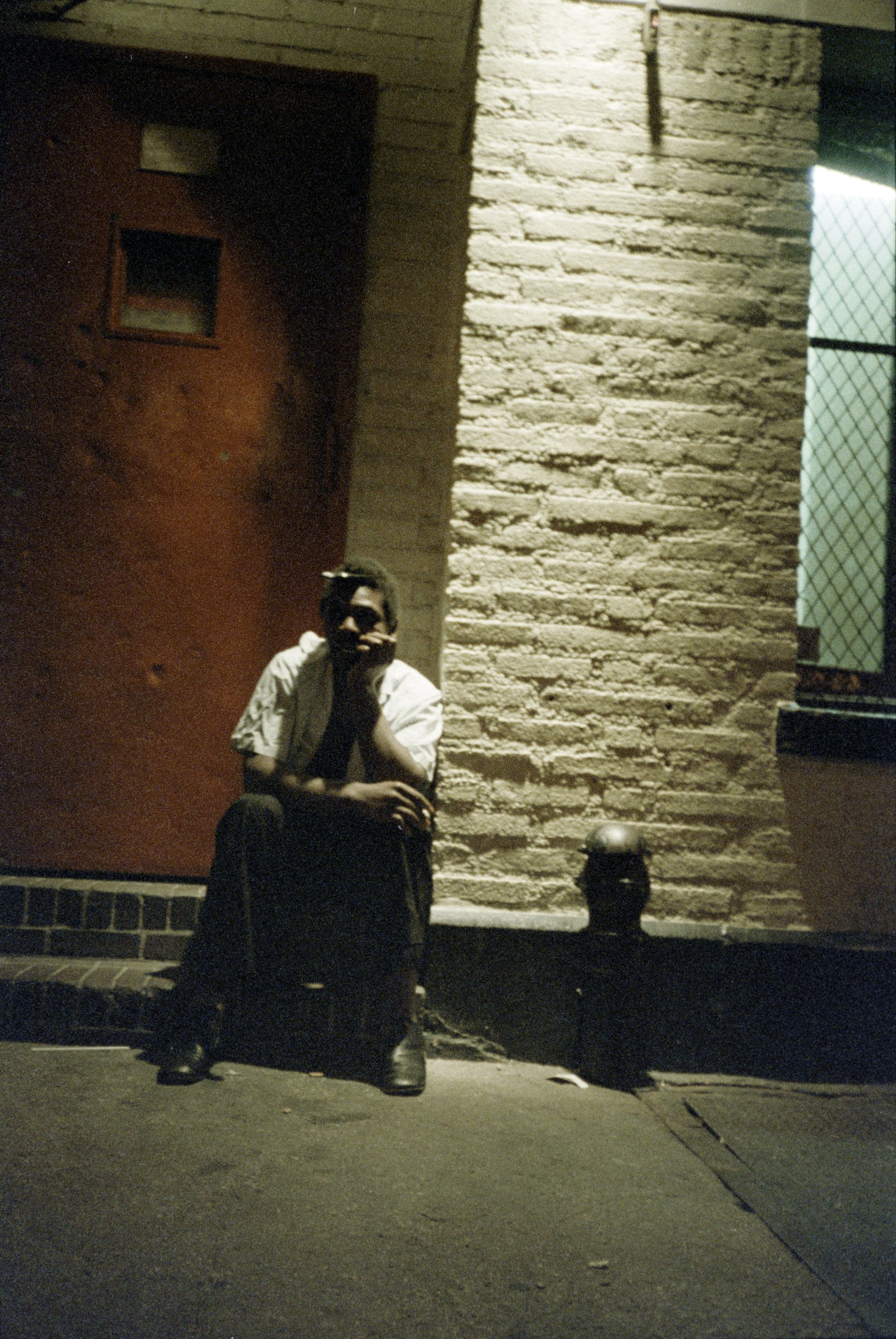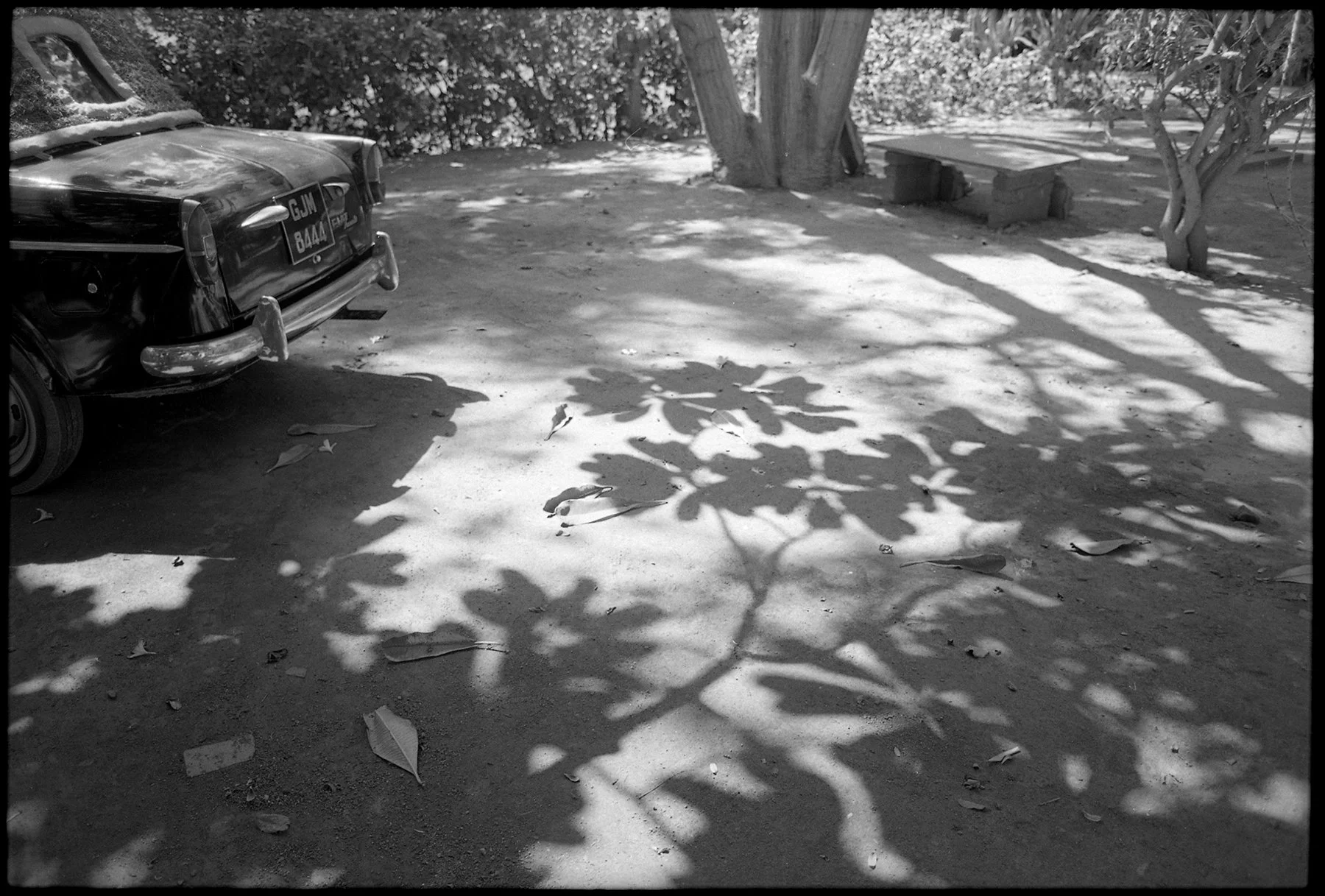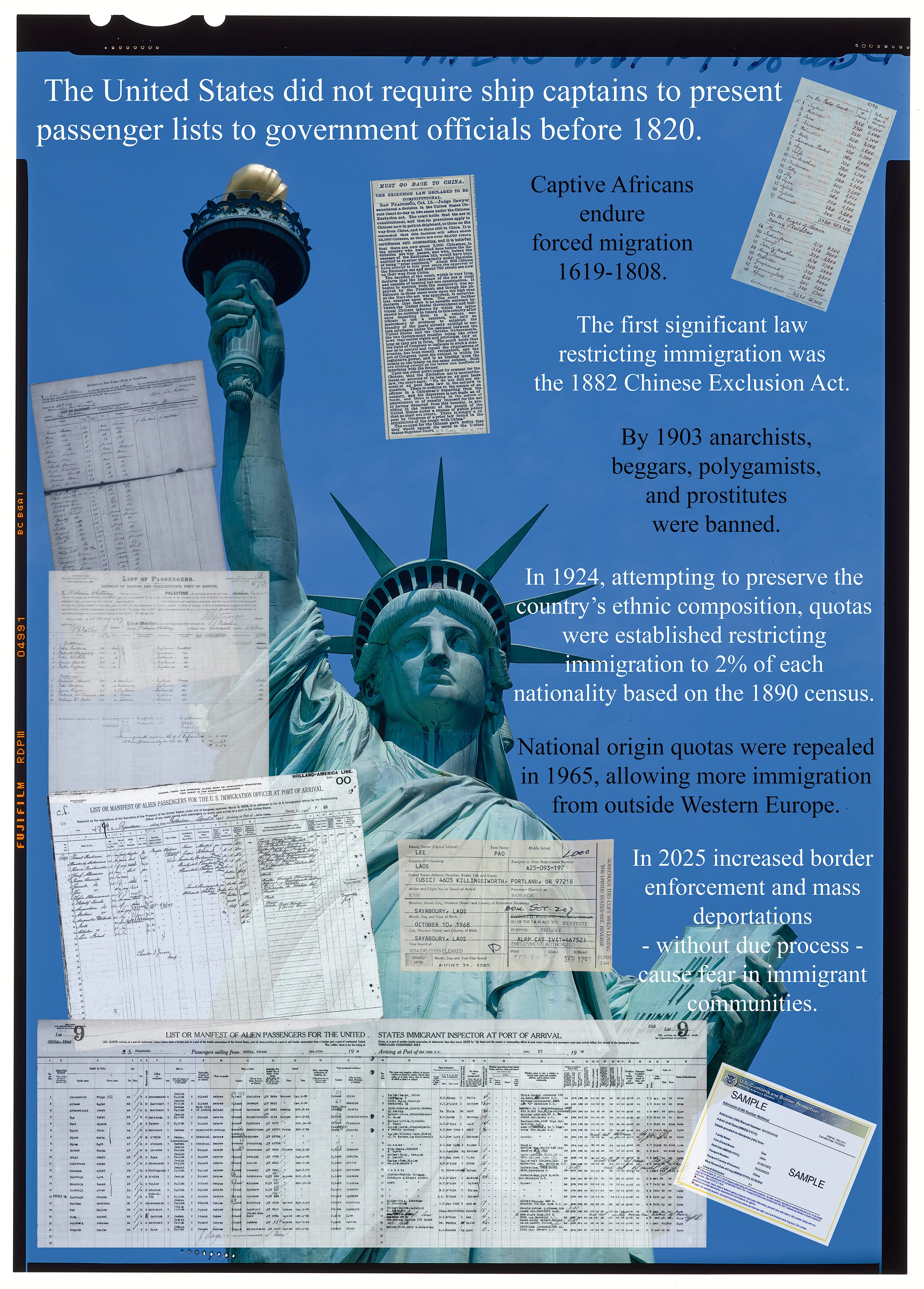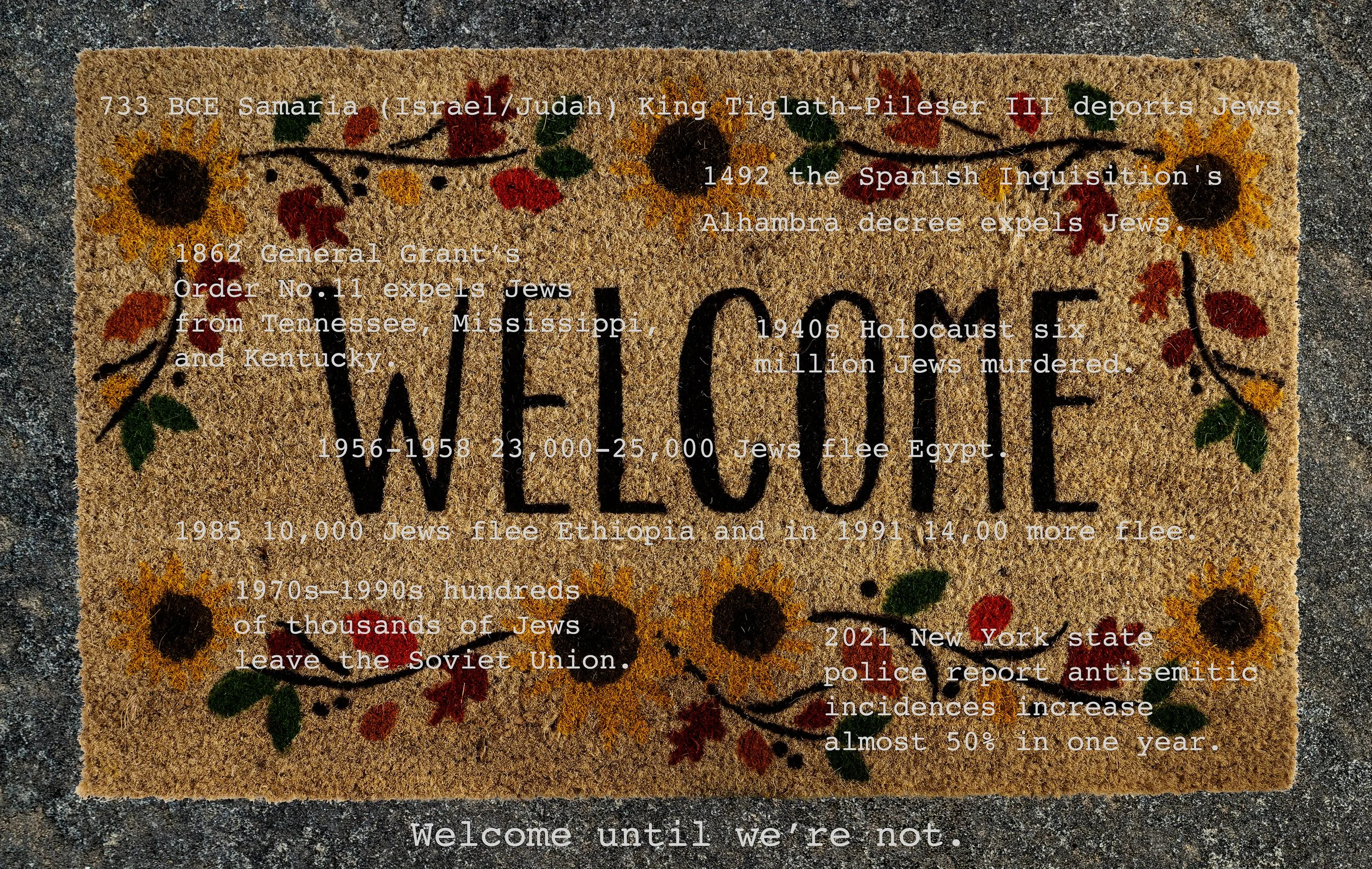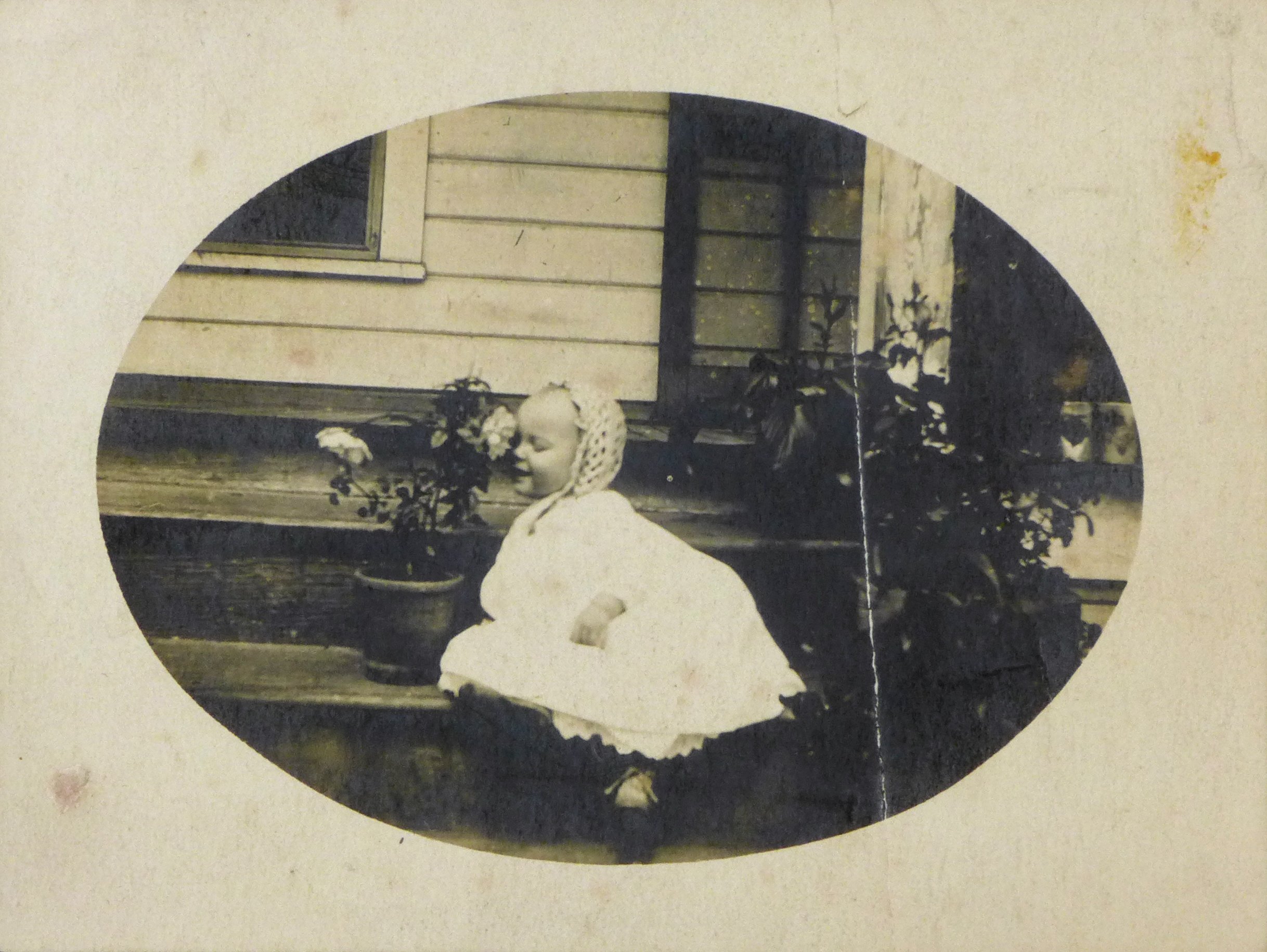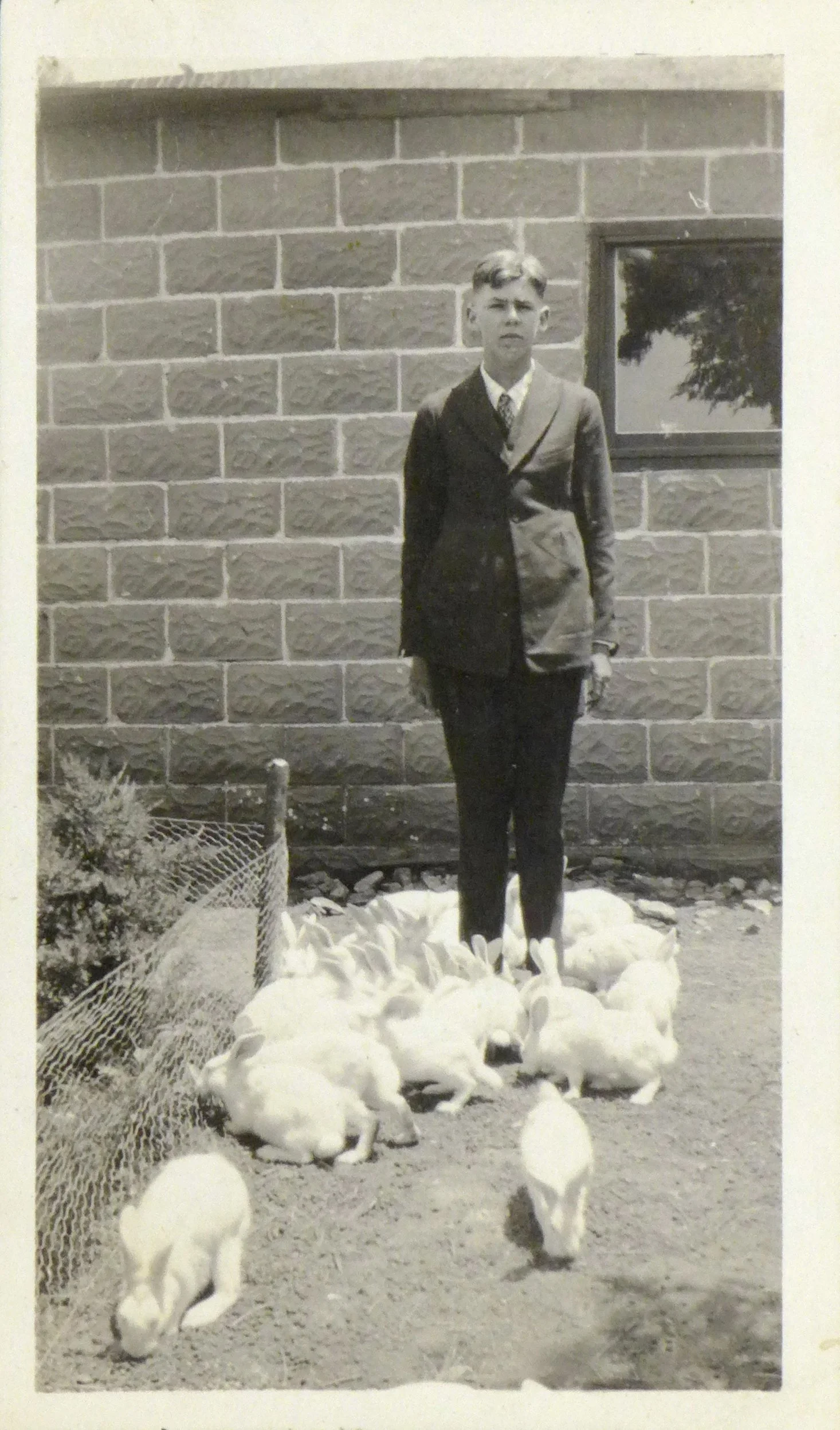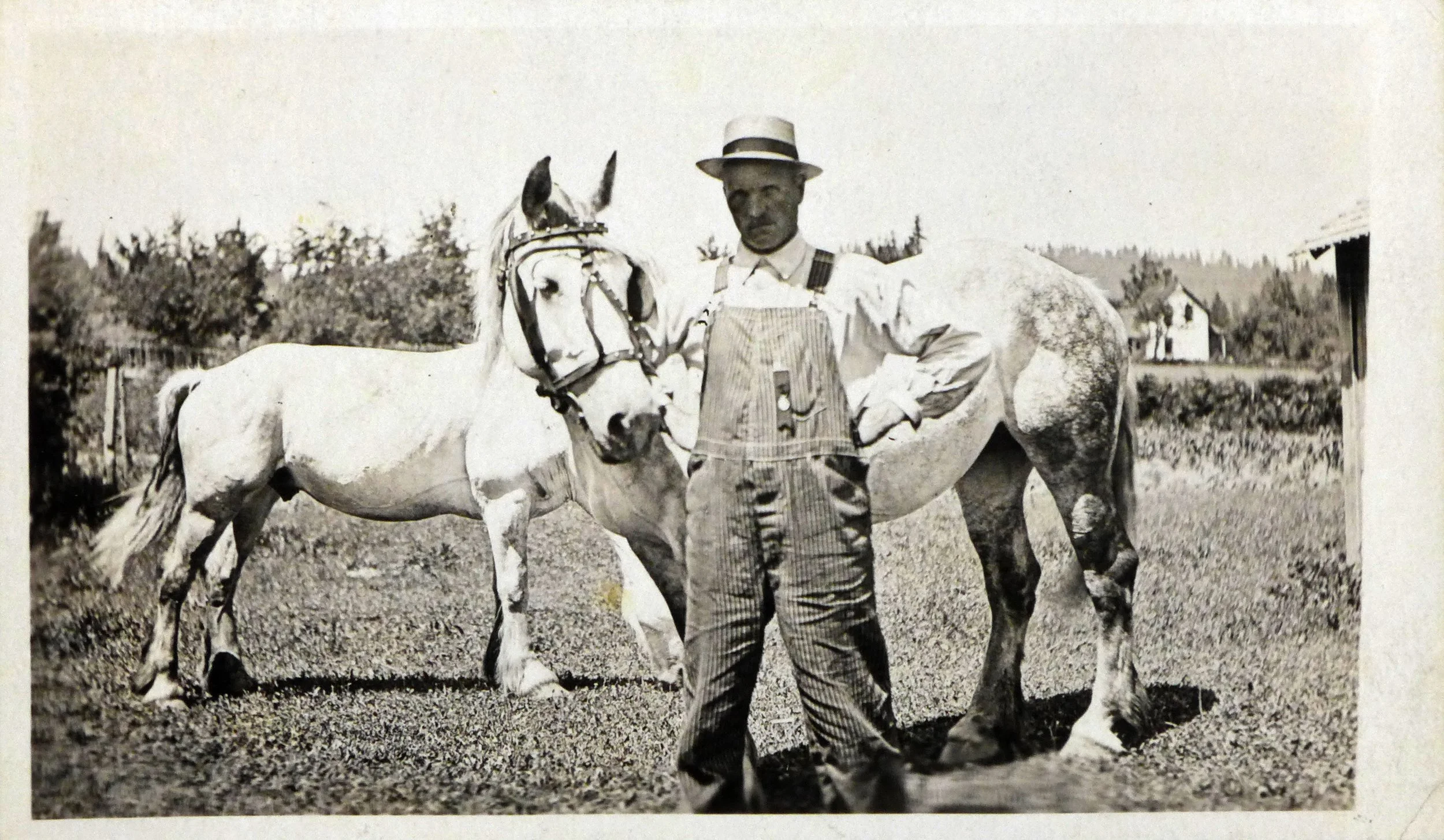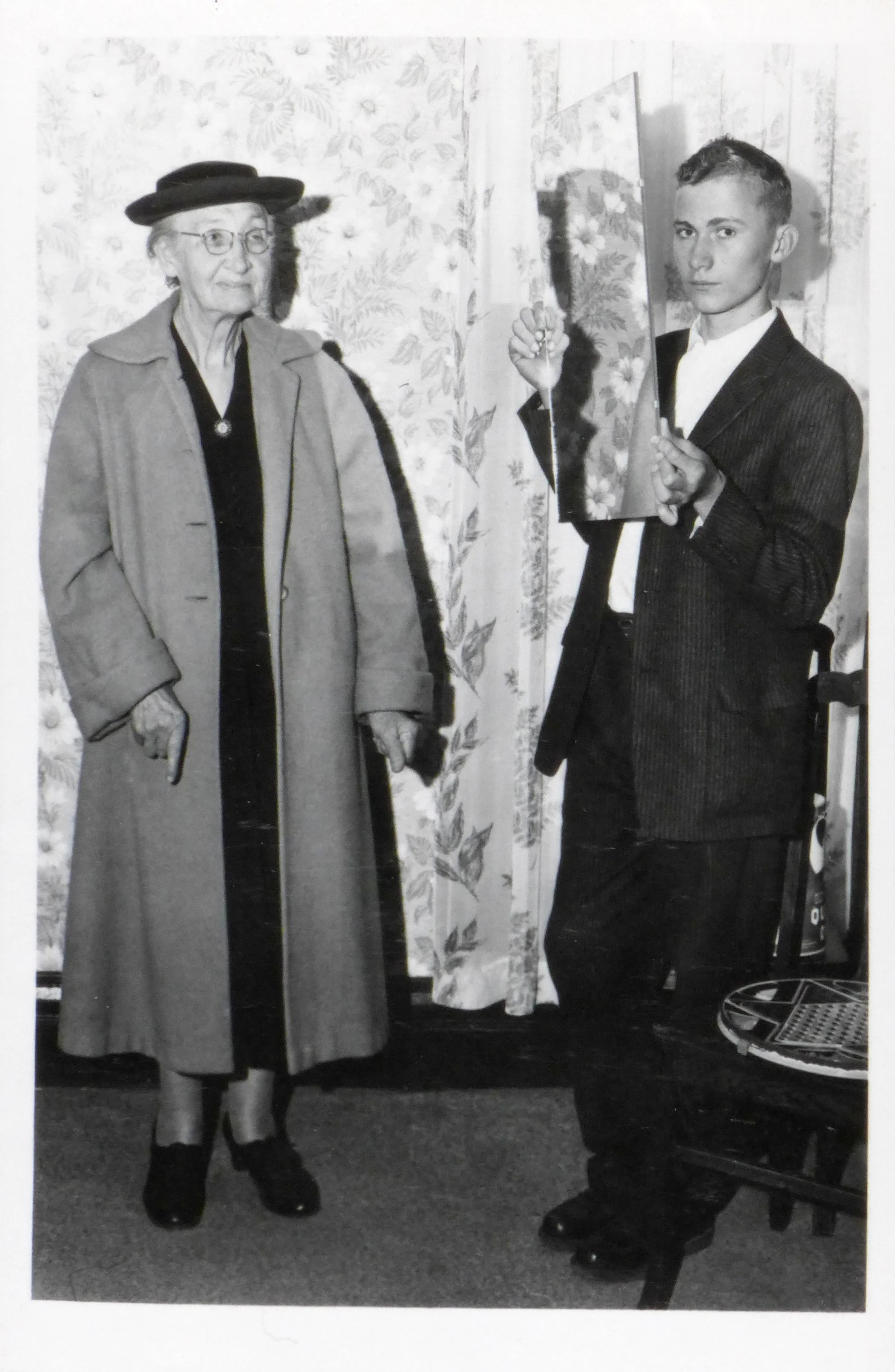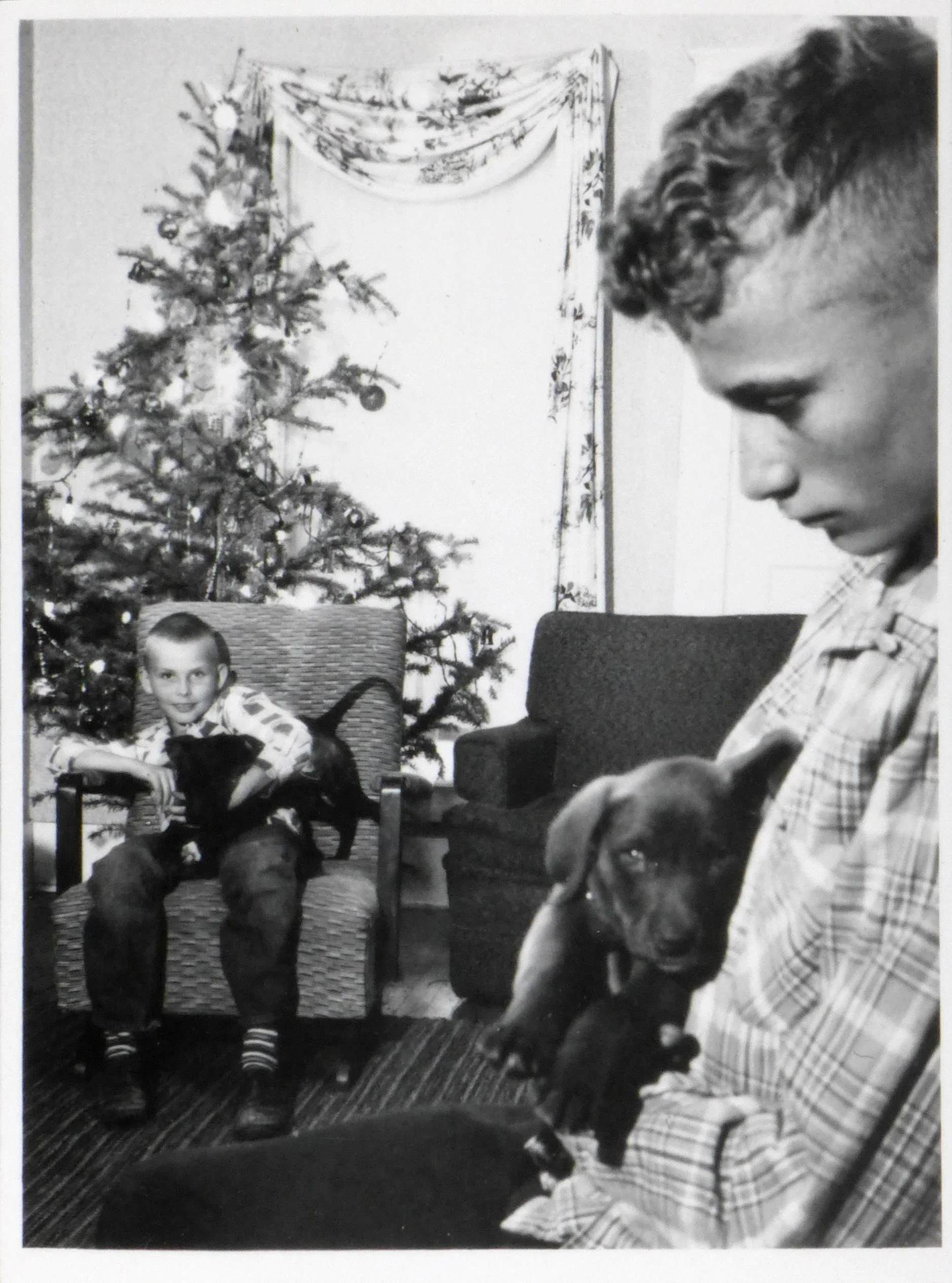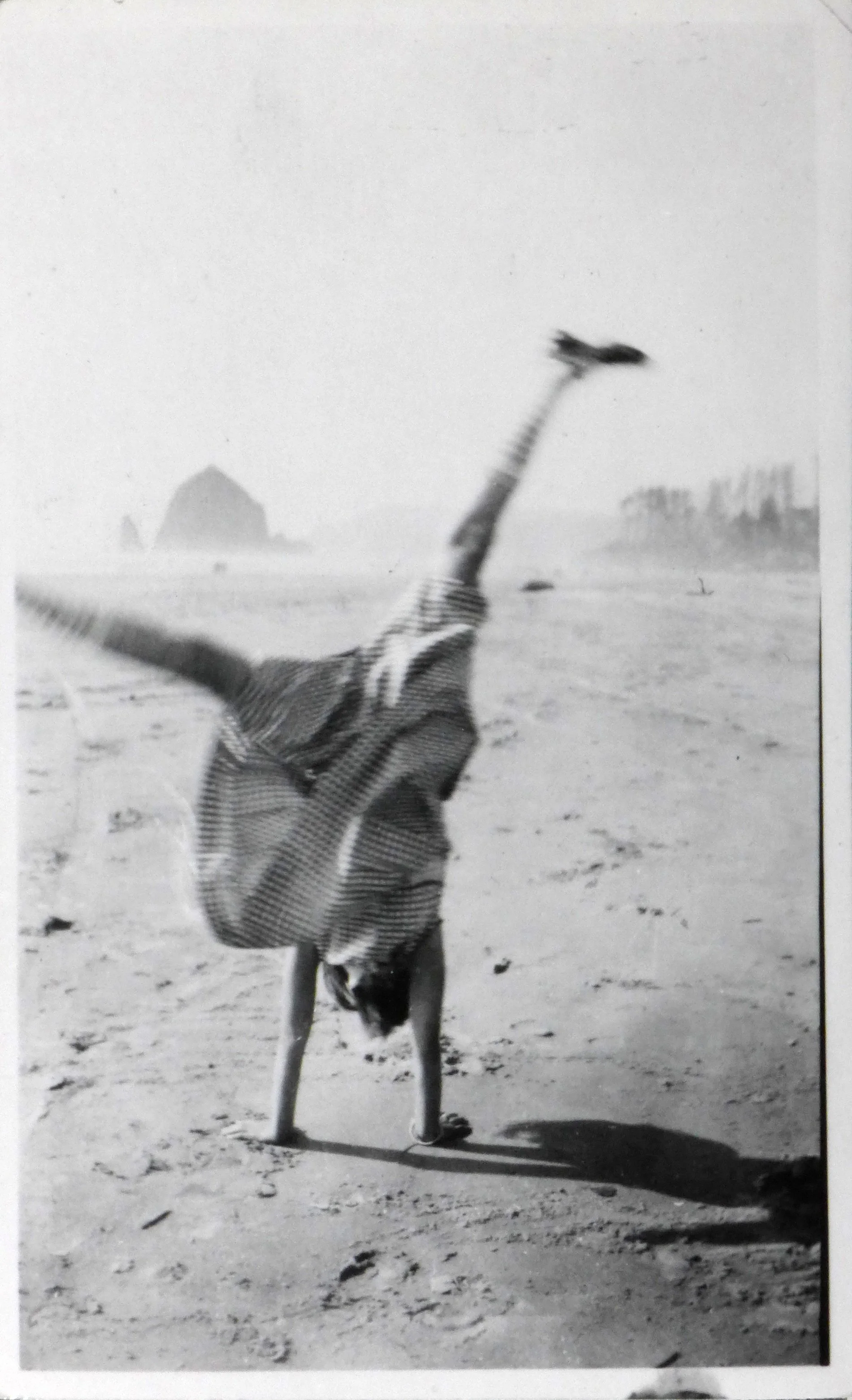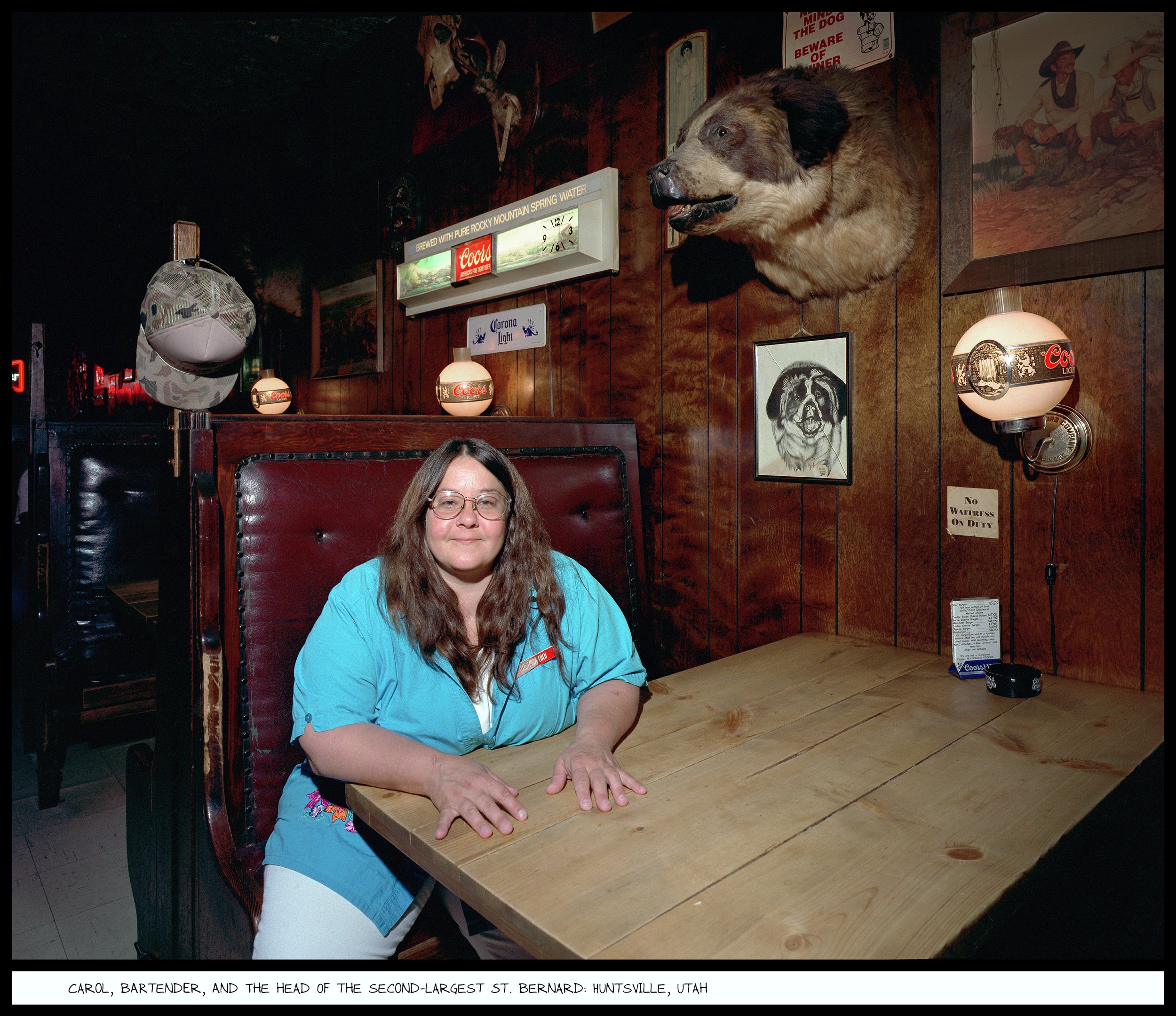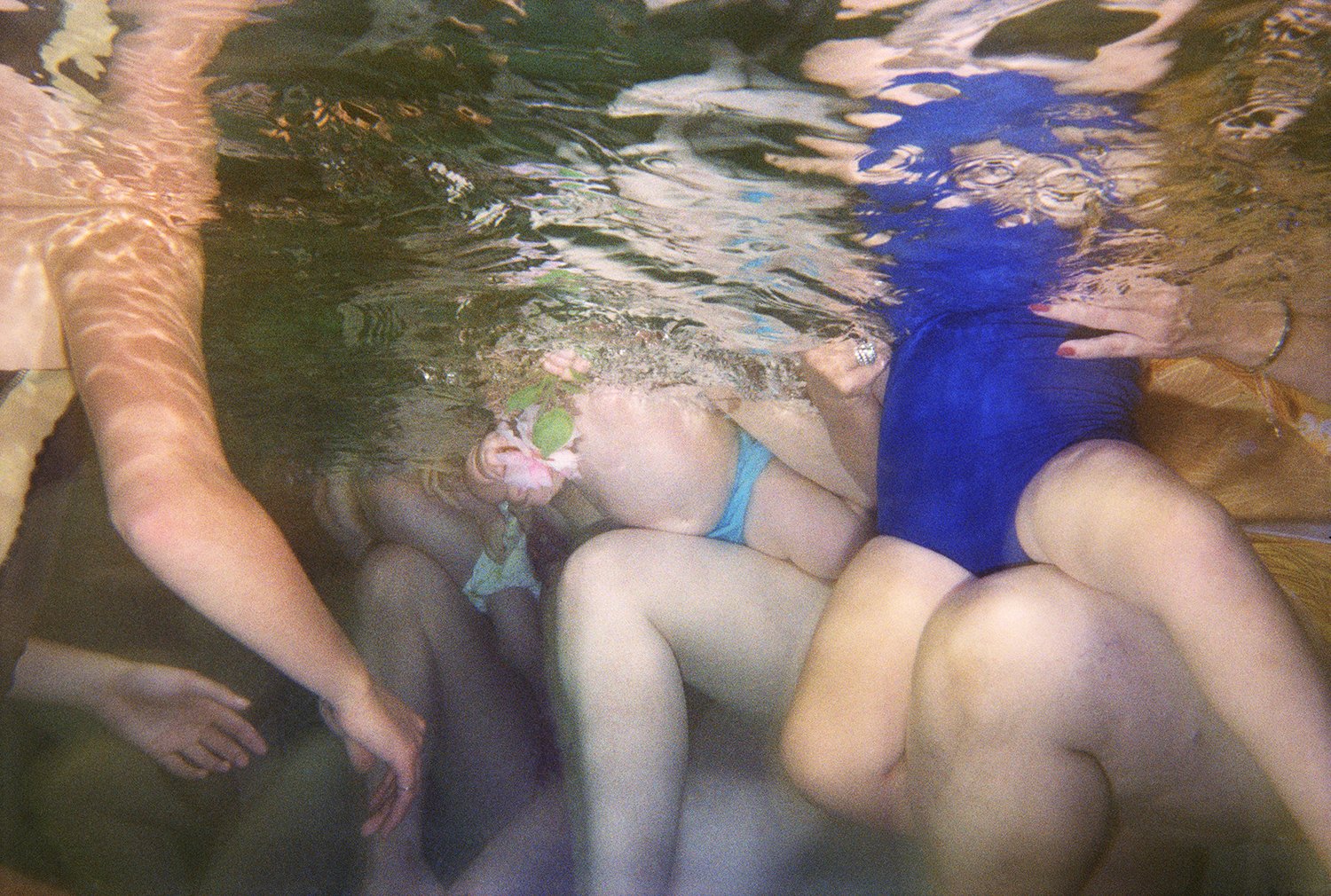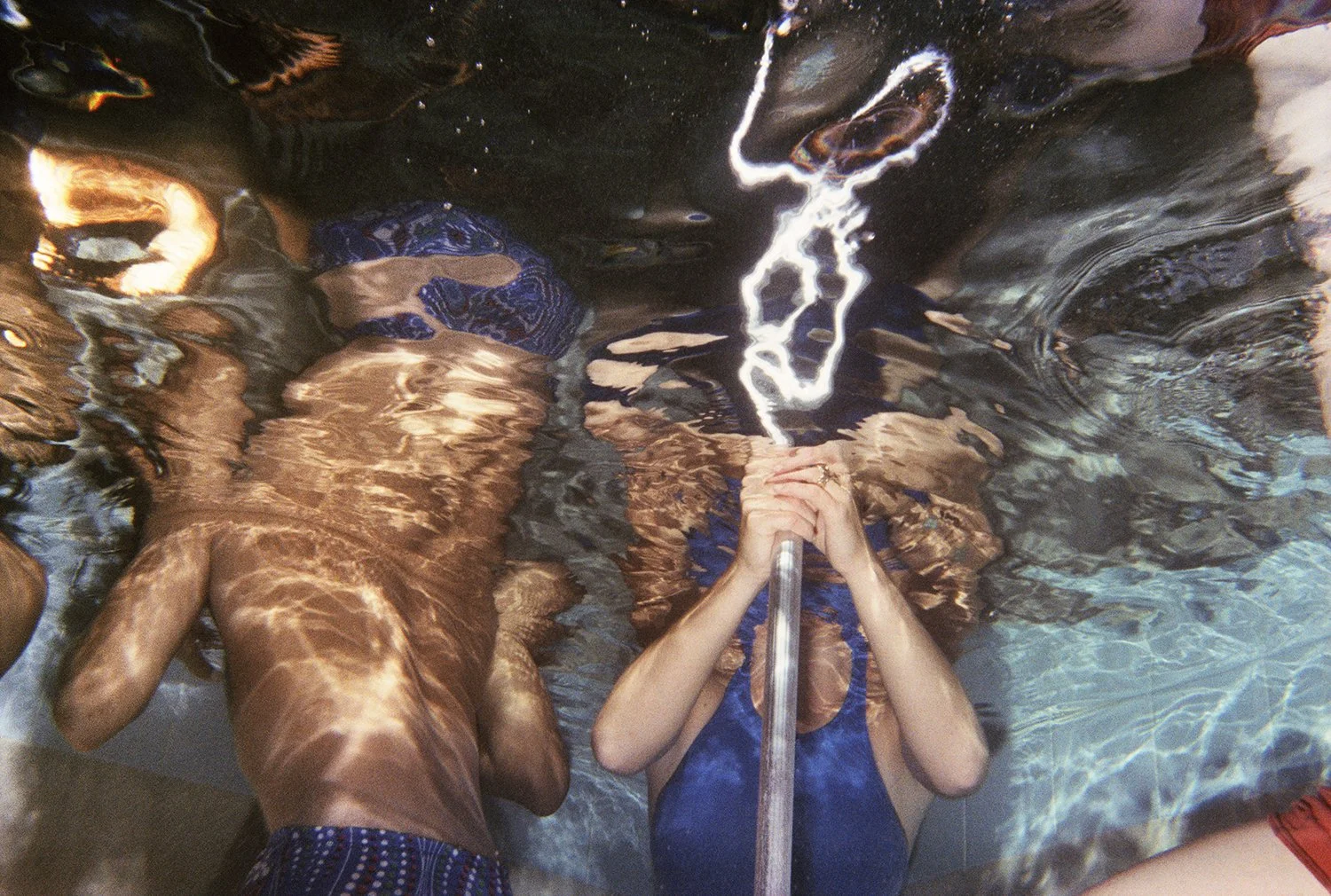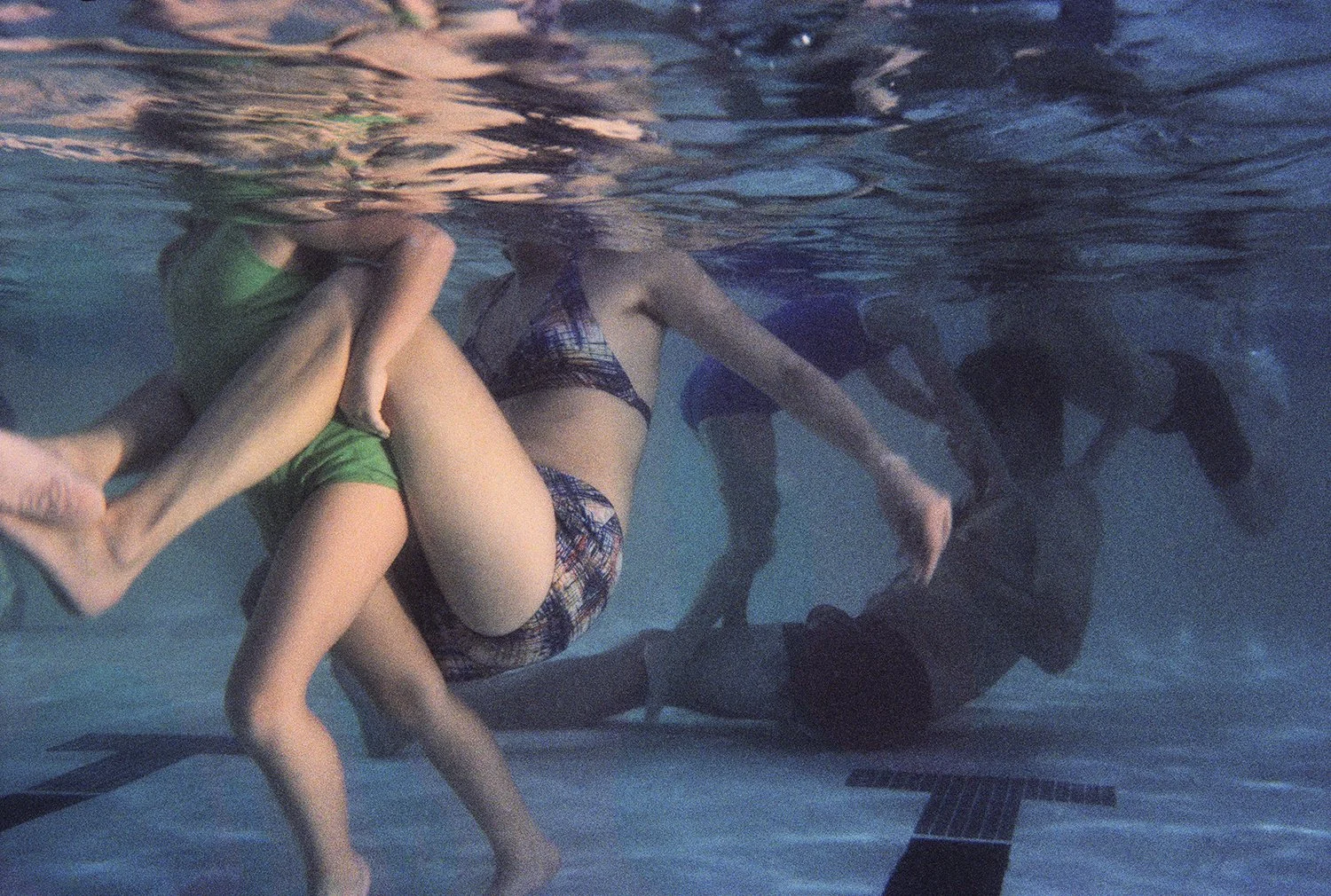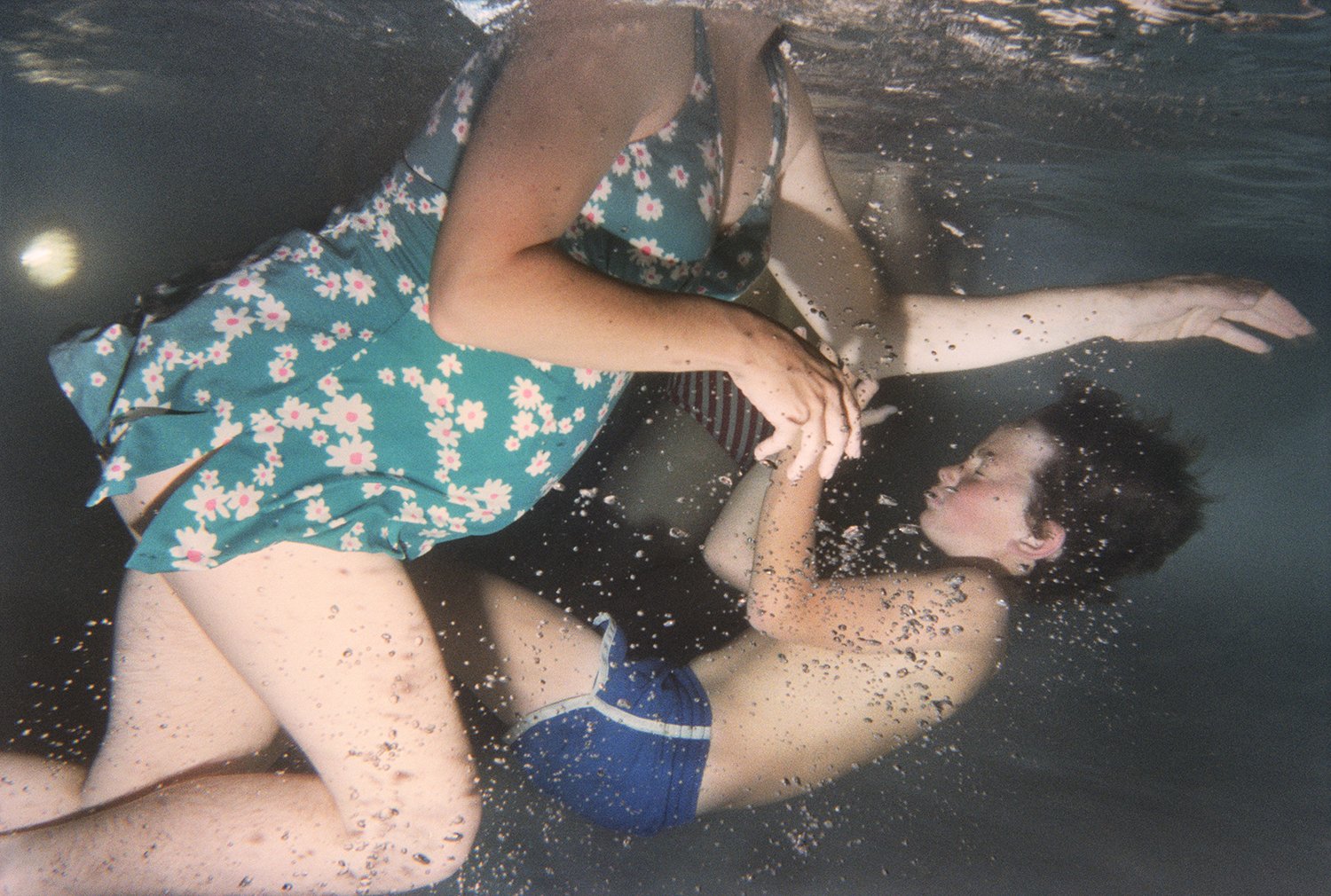Blue Sky 1975 - 1985: The First Ten Years
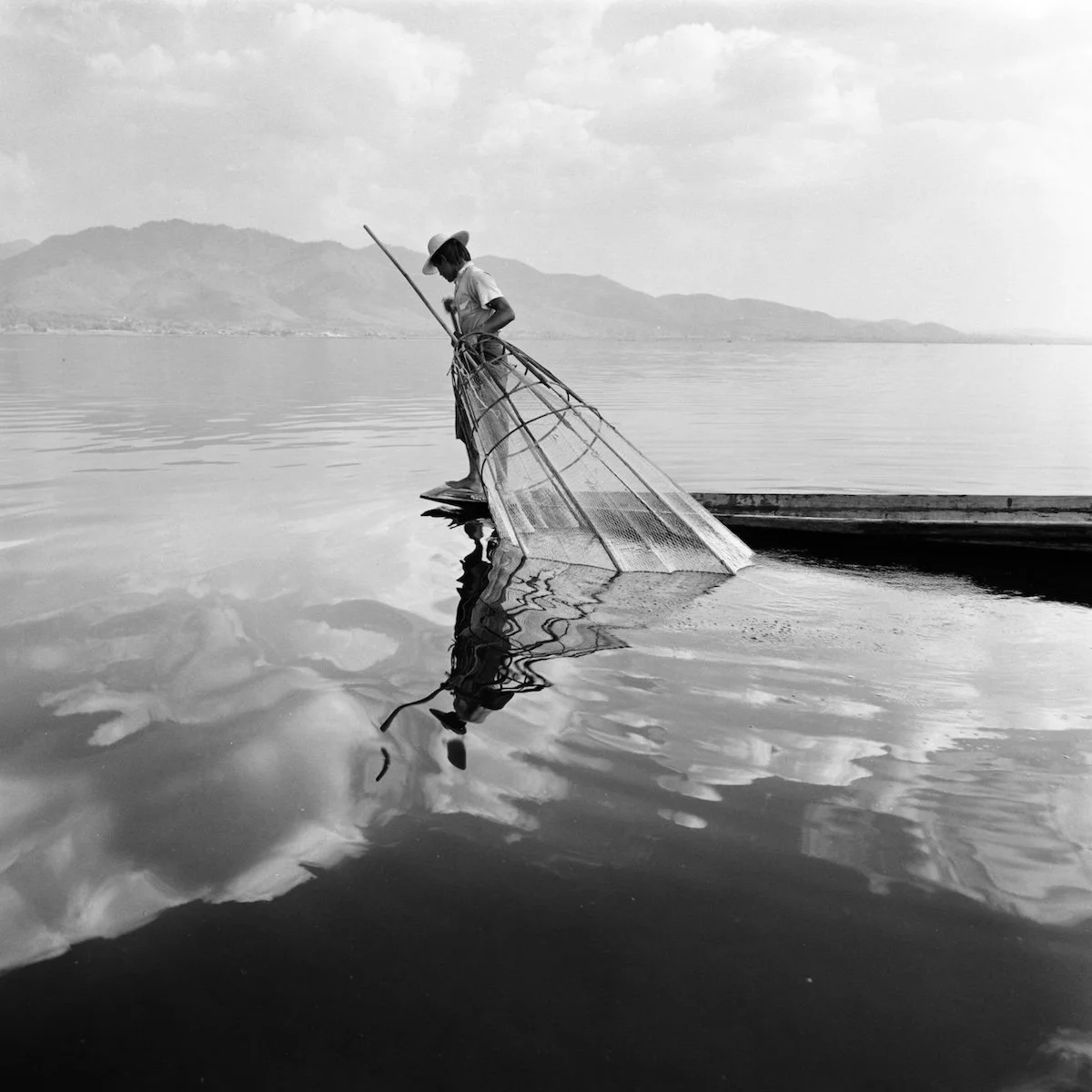
Image © Ken Straiton
The decade of 1975 to 1985 was a magical time for artist-run alternative art spaces across the United States. In those few years, artist spaces sprung up almost simultaneously. Artists were coming together, fueled by the defiance, enthusiasm, and independence of the civil rights, anti-war, and feminist movements, to take control of their work and how it was made, presented, and preserved.
These groups of artists, who always seemed to be pushing against the status quo, were aided by unlikely partners at several government agencies. The National Endowment for the Arts (NEA), a federal program to support the arts, was signed into law in 1965 by Democratic president Lyndon Johnson and soon had a special category to support alternative art spaces. The NEA was often the first serious support received by these fledgling groups and was also a stamp of approval that encouraged other funders to follow. The Comprehensive Employment and Training Act (CETA) was signed into law by Republican president Richard Nixon in 1973, to provide jobs for employees of non-profit organizations. These jobs provided the boost for many artists spaces to pay their staff and support other artists. So, in a short span of time, both Democrats and Republicans were responsible for providing the start-up capital, encouragement, and support for artist-run organizations, whose goals were often to question the very foundation of the government that helped them survive. Some would describe this relationship as the highest expression of a democratic society, founded on free speech.
Trying to imagine that level of government cooperation, much less support, of the arts, these days is beyond comprehension. But in the late '60s and early '70s, that was not only a possibility, but a reality that many artists working together for the common good helped make possible. The origin story of Blue Sky Gallery, founded as the Oregon Center for the Photographic Arts in 1975, is as unique to Portland, Oregon, as it is similar to hundreds of artist spaces and collectives across the country. Artists were coming together to create a new reality, where the needs of artists were the driving force of these new and remarkable creative endeavors.
What is perhaps just as remarkable, and equally as telling, is that many of those photo-based artist spaces started in the '60s and '70s (including CEPA in Buffalo, NY; Visual Studies Workshop in Rochester, NY; Light Work in Syracuse, NY; Photographic Resources Center in Boston, MA; San Francisco Camerawork; Houston Center for Photography; Center for Photography at Woodstock in Kingston, NY; En Foco, in the Bronx, NY; and others) are still serving artists today. That these organizations continue to function as alternative spaces demonstrates the ongoing need for change within established institutions, and a successful model of artists supporting artists for the greater good.
In 1975, Robert Di Franco, Craig Hickman, Ann Hughes, Terry Toedtemeier, and Christopher Rauschenberg came together to form Blue Sky Gallery. The goals of the organization have remained consistent over the years: "Photography's power to show the world through someone else's eyes comes with great responsibility. Our vision is to embrace that responsibility and serve as a welcoming gathering place to connect with each other to advance a more vibrant, just, and equal world."
By the time that Blue Sky was getting underway, the medium of photography was breaking away from its utilitarian past and beginning to gain universal respect as an art form unto itself, with its own specific language, meaning, and force. Blue Sky not only championed those possibilities but created a space where artists could come together in a community, to engage both the promise and peril of life in the later 20th century.
Looking back through exhibitions at Blue Sky from 1975 to 1985, you will find artists who employed diverse approaches to the medium. Diversity in the artists' backgrounds would come in later years, as the medium continued to illuminate its elasticity and as organizations embraced their responsibility to become more inclusive. Its geographic location on the West Coast provided an outlet for artists who often were yet to find an audience further east. Exhibitions by Ingeborg Gerdes, Julie Mihaly, John Divola, Richard Misrach, Susan Felter, and others started what has been a long tradition of introducing important artists to new audiences.
Blue Sky has always paid homage to the tradition of the medium. Where West Coast photography often was defined by the modernist masters Ansel Adams and Edward Weston, Blue Sky embraced new ideas within traditional approaches, through the work of Mark Klett, Jim Stone, Margaret Stratton, Joel Sternfeld, and William Christenberry, to name a few. Embracing the use of alternative processes and approaches to the medium that expanded on the possibilities of photography, Blue Sky celebrated innovative and groundbreaking work by Robert Cumming, Eileen Cowin, Zeke Berman, Jo Ann Callis, Larry Sultan, Gaye Chan, Karl Baden, Betty Hahn, and Jim Goldberg. Once in a while, the gallery took a detour from supporting work by emerging and under-recognized artists to remind its audience that Robert Frank, Helen Levitt, and Walker Evans also had their beginnings around the edges.
With so many artists exhibited in the first ten years, there is always the danger of making lists that single out individuals at the expense of excluding others that deserve the same mention. But this publication and celebration of 50 years of Blue Sky gives us the opportunity to make a list of our own favorite and important artists, for reasons both personal and universal. That is the great gift that Blue Sky has brought to the community of artists and appreciators for fifty years, and that is cause for great celebration.
– Jeffrey Hoone, 2025
Jeffrey Hoone was in a leadership position at Light Work in Syracuse, NY, from 1980-2021. He is currently president of the Joy of Giving Something Foundation (JGS), a major supporter of artist-run photography spaces across the country, including Blue Sky.
Blue Sky 1975 - 1985: The First Ten Years includes works by:
Mauro Altamura, The American Museum of Natural History Archives, Karl Baden, Mark Barnes, Michael Becotte, Leon Borensztein, Charlee Mae Brodsky, Robert DiFranco, John Divola, Walker Evans, Susan Felter, Steve Fitch, Klaus Frahm, Vance Gellert, Ford Gilbreath, Linda Goff, Ken Graves, Paul Hester, Craig Hickman, Ann Hughes, Bob Iyall, Michael Jones, Dan Kapsner Mark Klett, Lewis Koch, Lou Marcus, Julie Mihaly, Sara Cedar Miller, Donna Mitchell, Richard Misrach, Christopher Rauschenberg, Gail Rebhan, The Rephotographic Survey Project, The Snapshot Show, Jim Stone, Ken Straiton, Larry Sultan, Stewart Tilger, Terry Toedtemeier, and John Willis
All works are printed as an open edition of 11 x 14” inkjet prints and are available for purchase at $200 each. Proceeds from the exhibition directly benefit Blue Sky, ensuring another 50 years of photographic excellence. View works for sale below:
